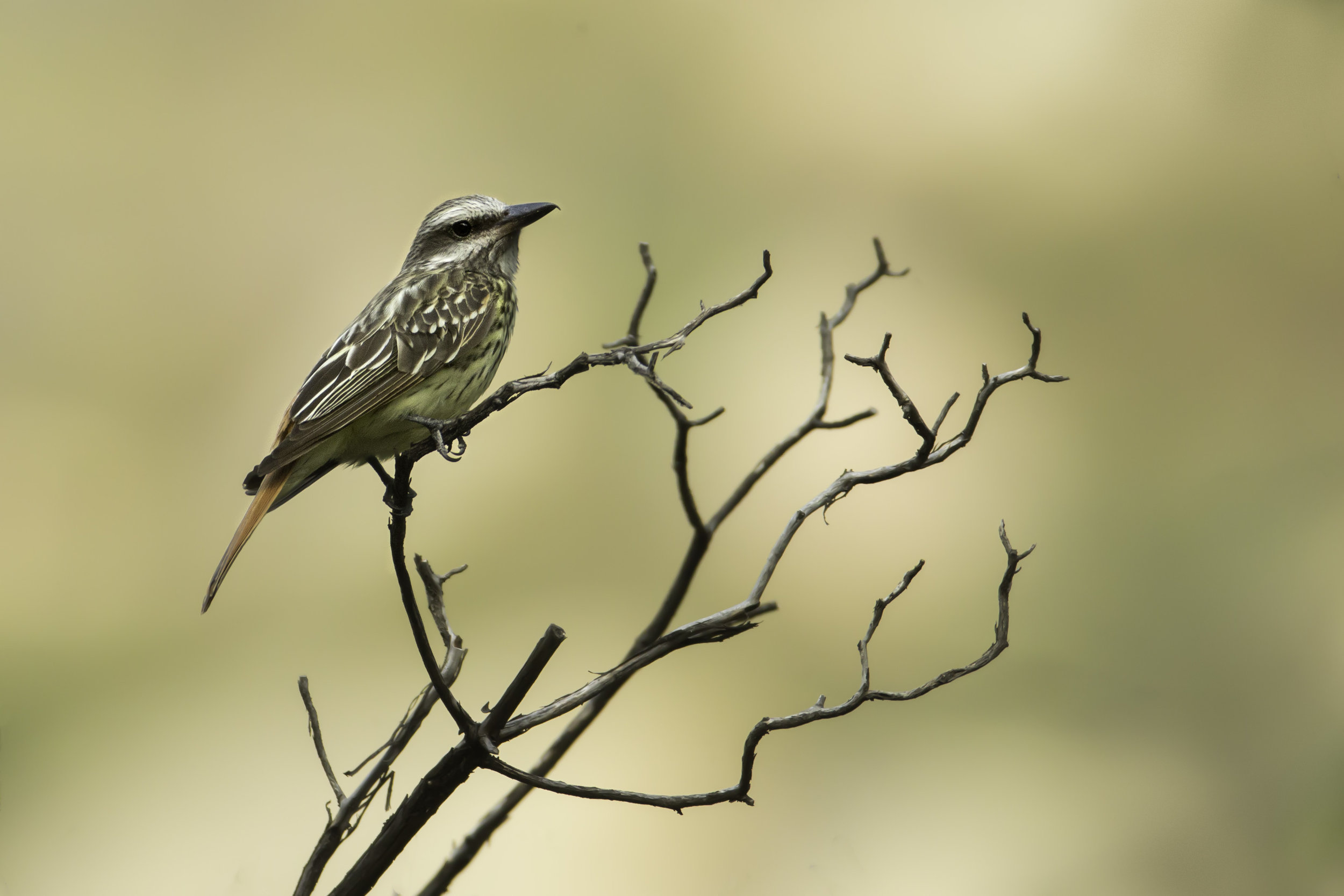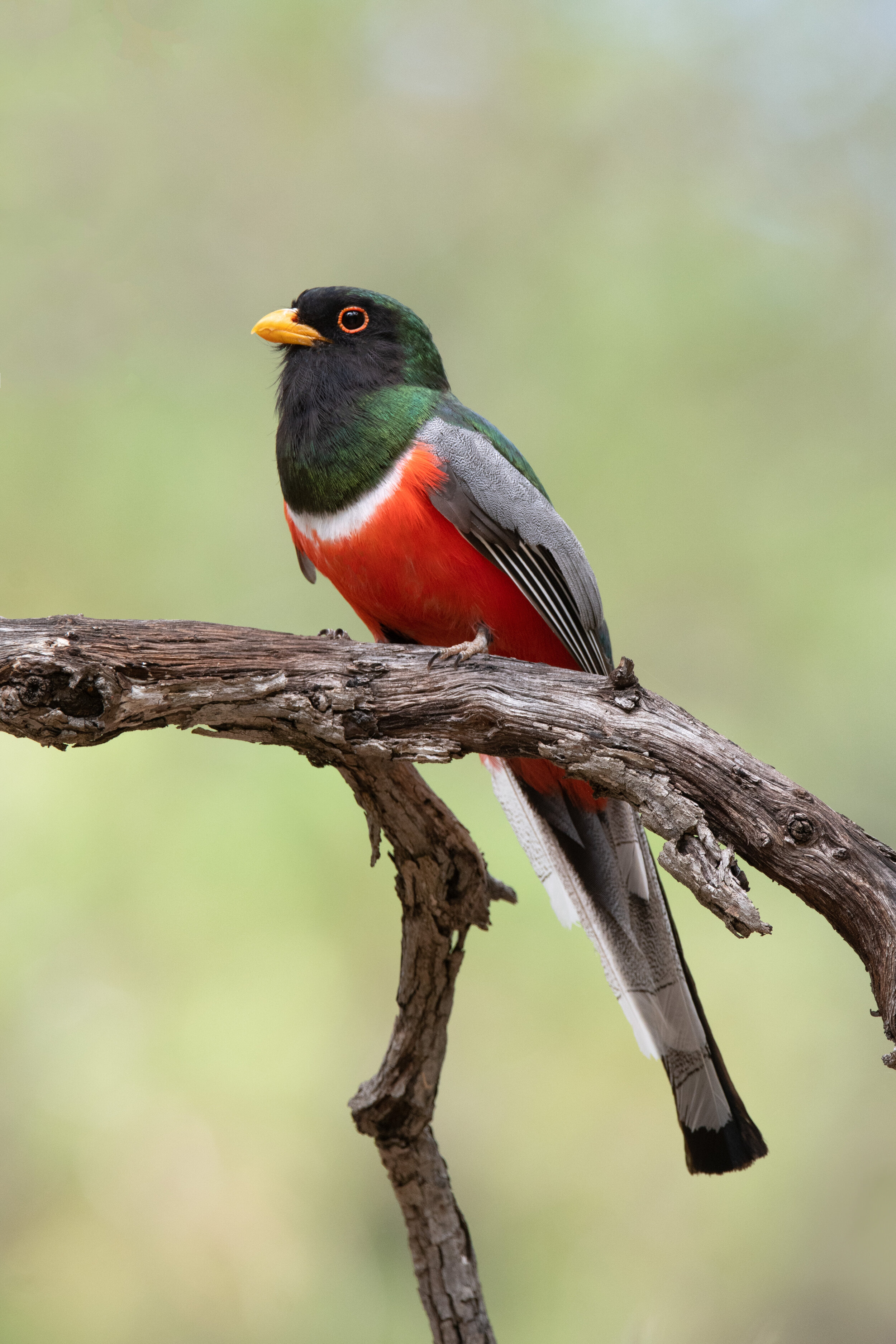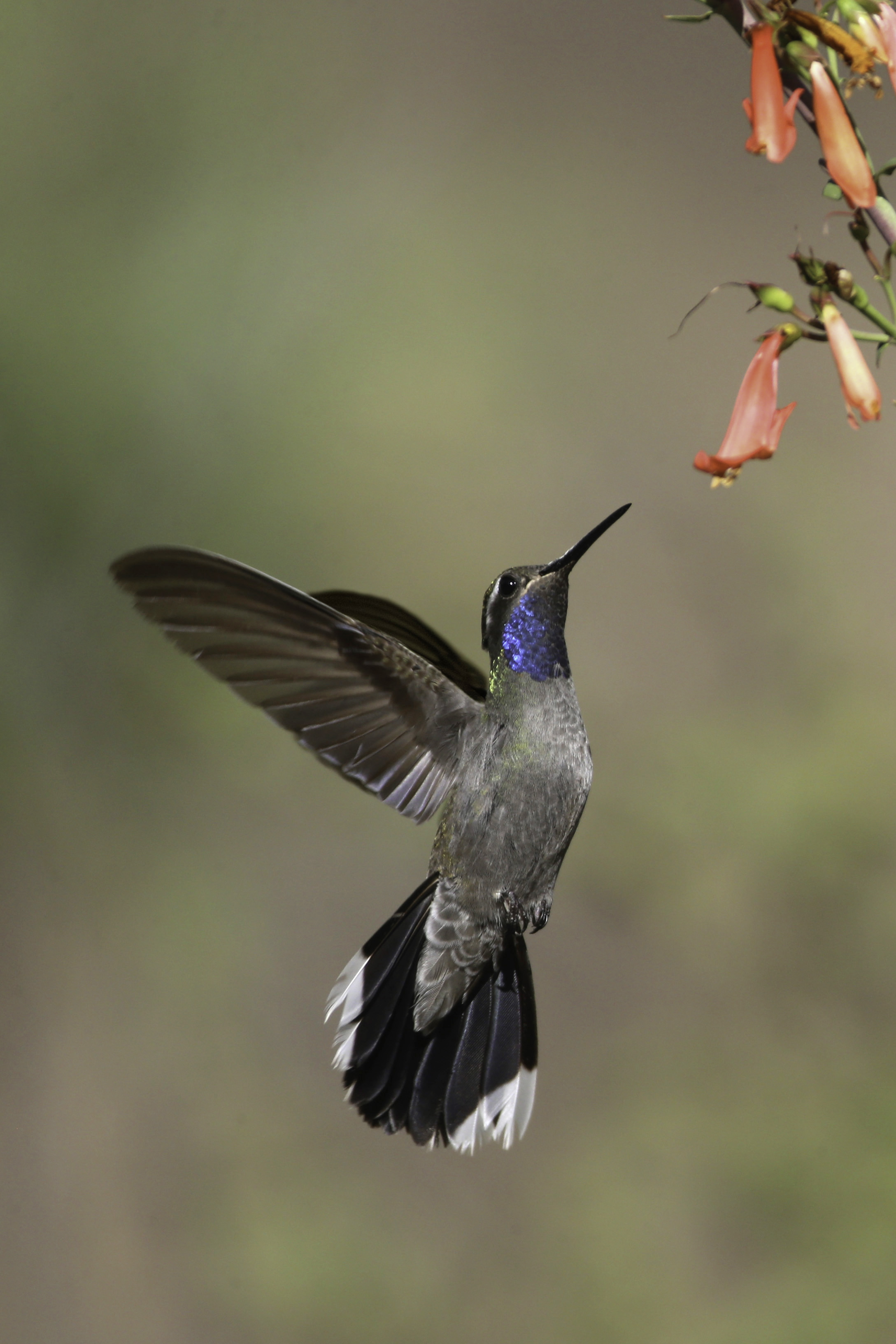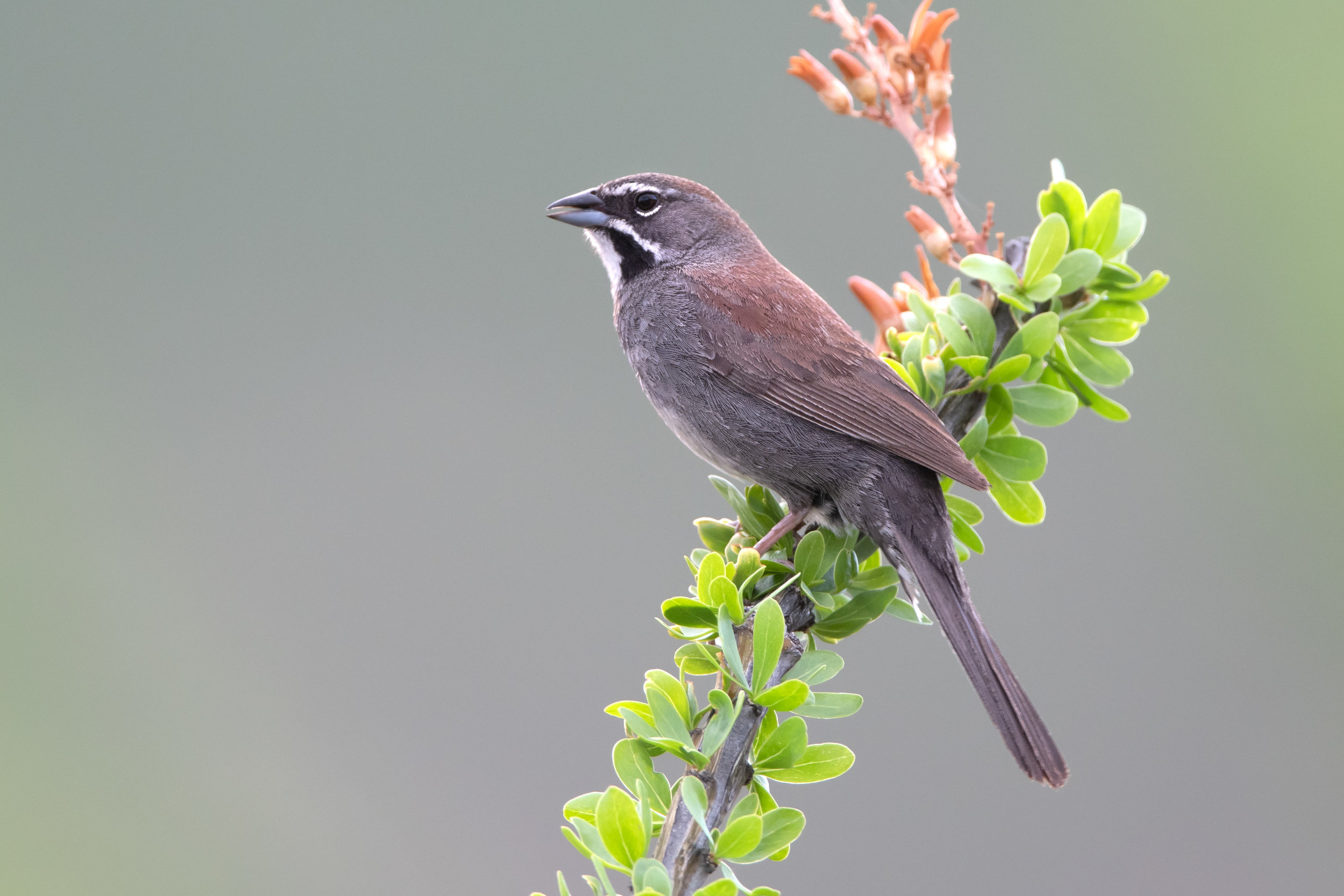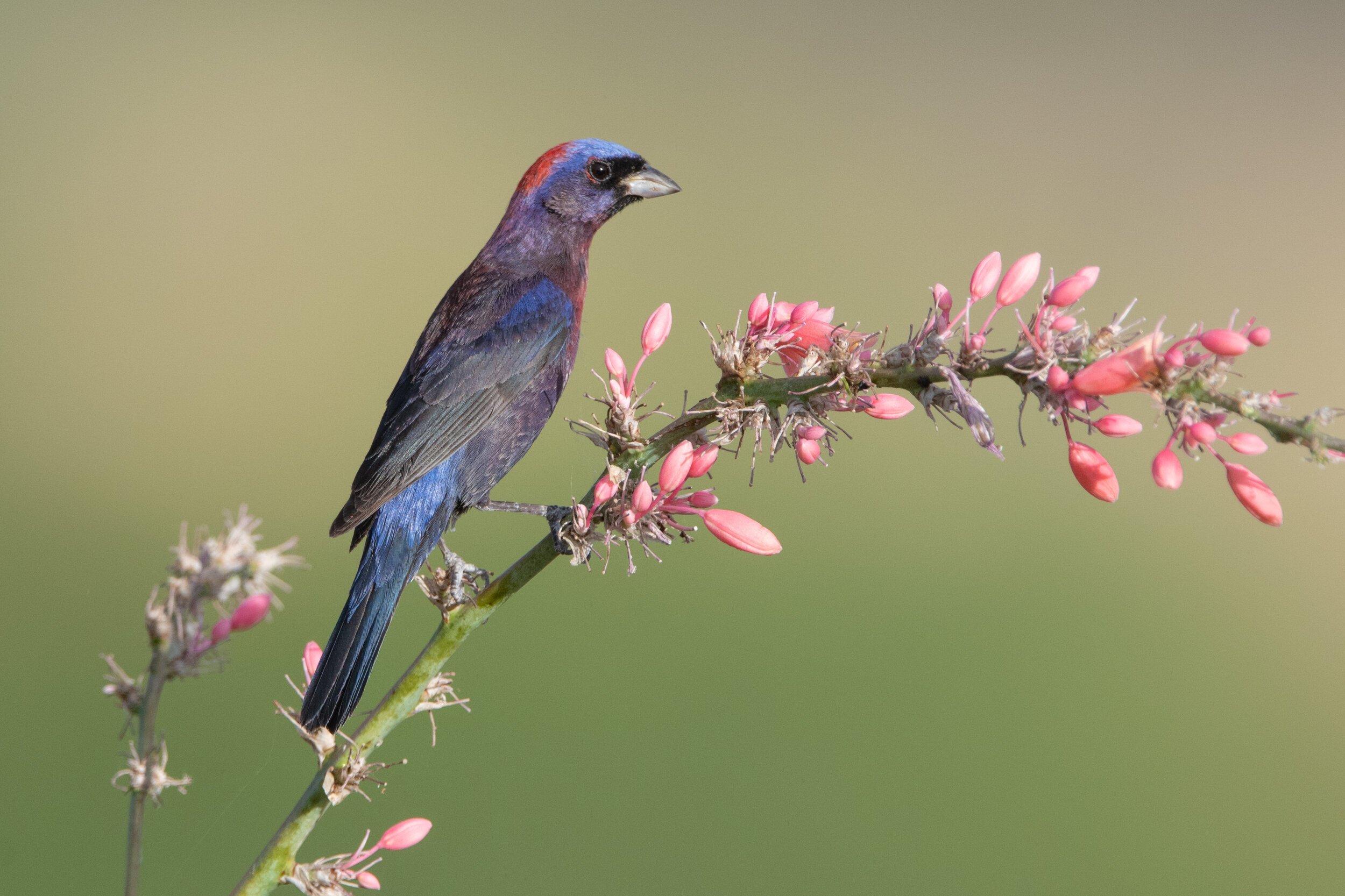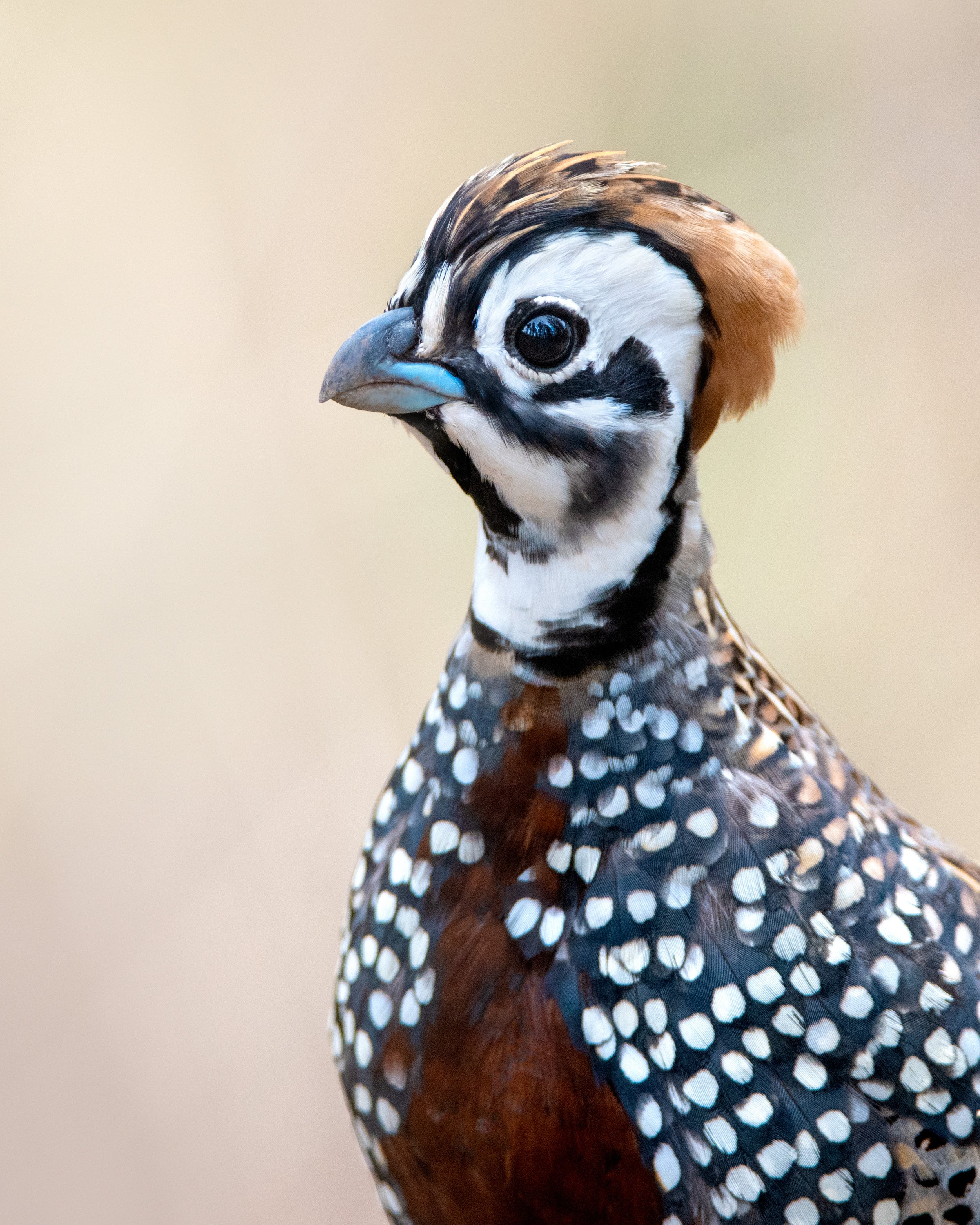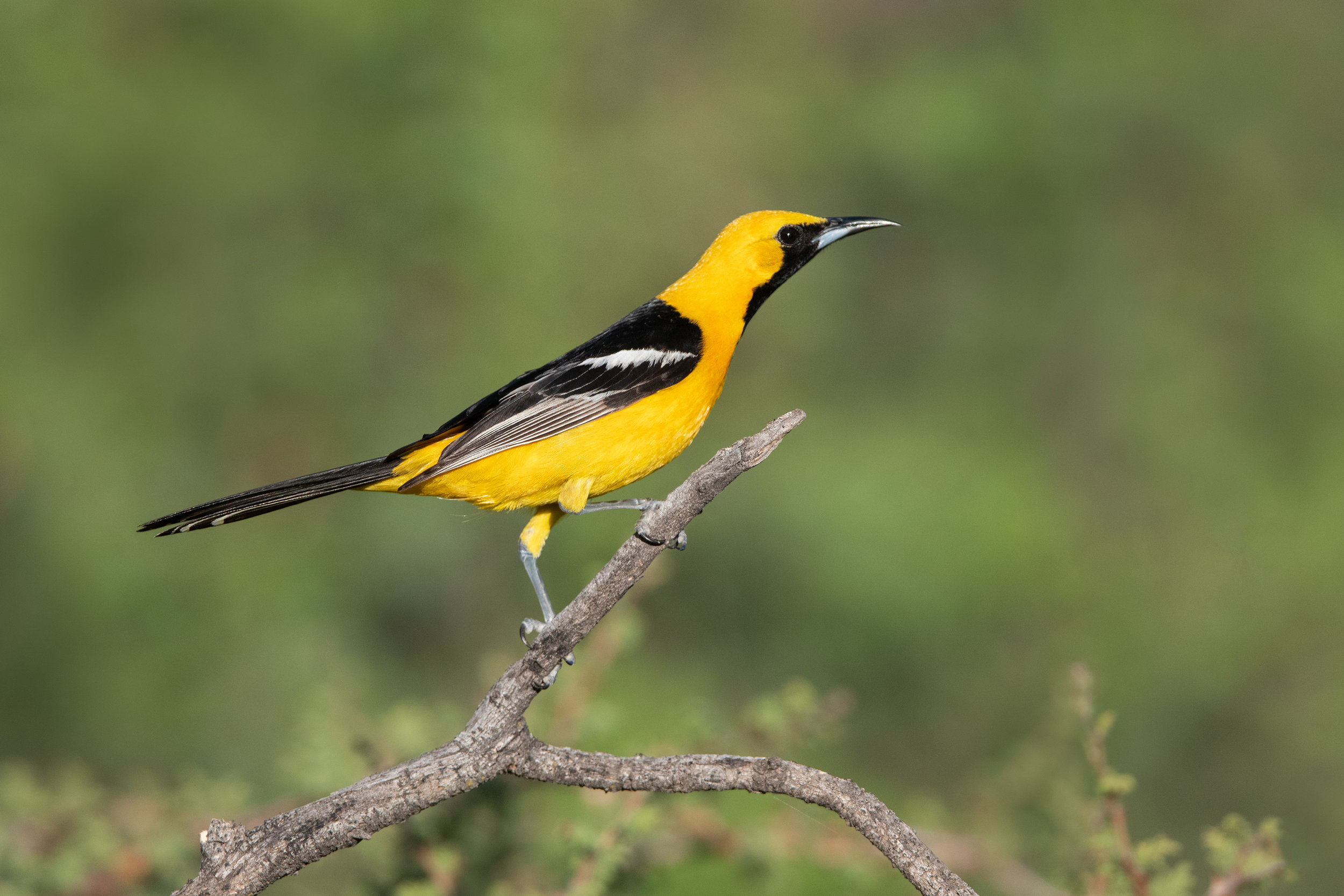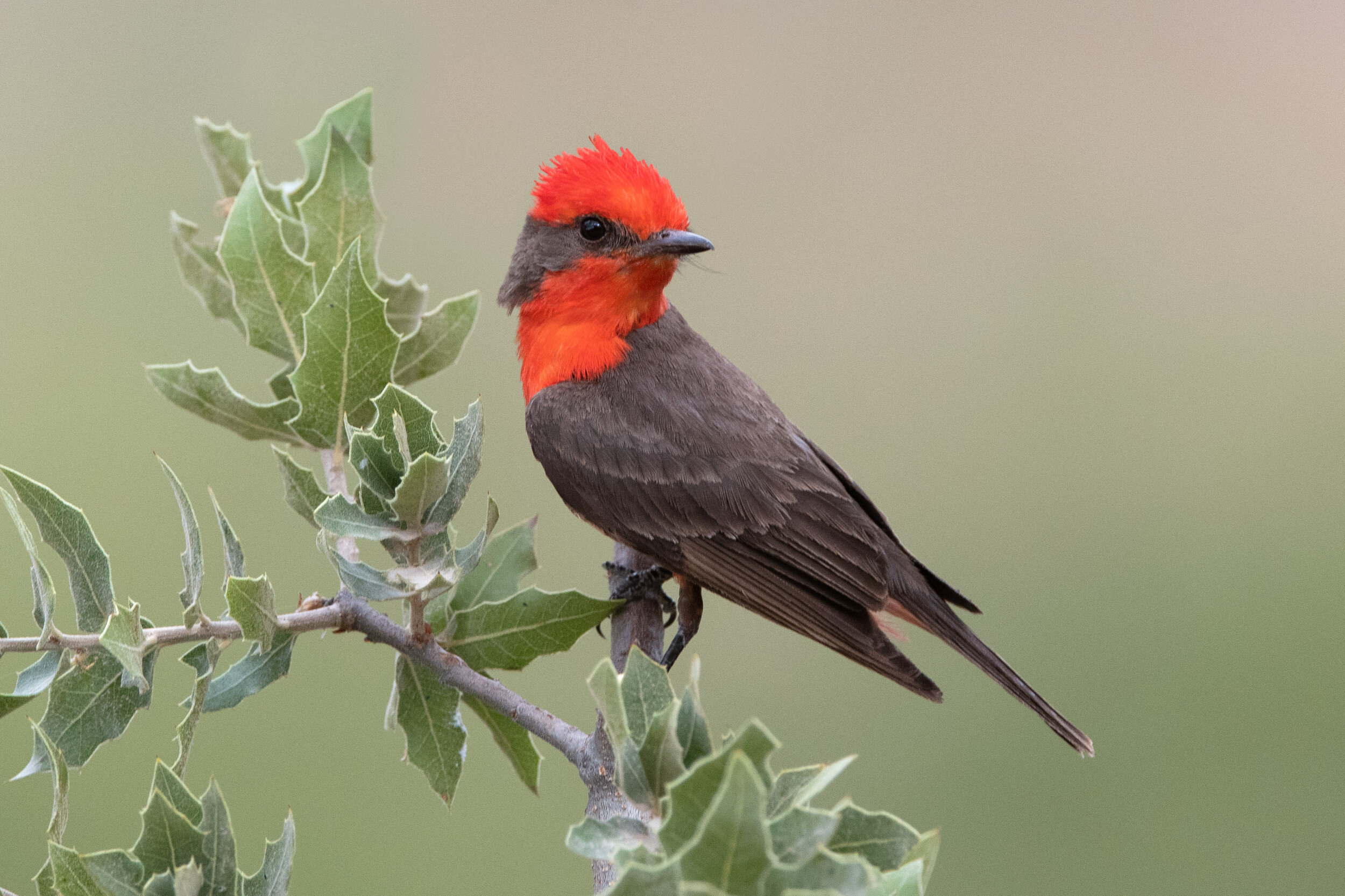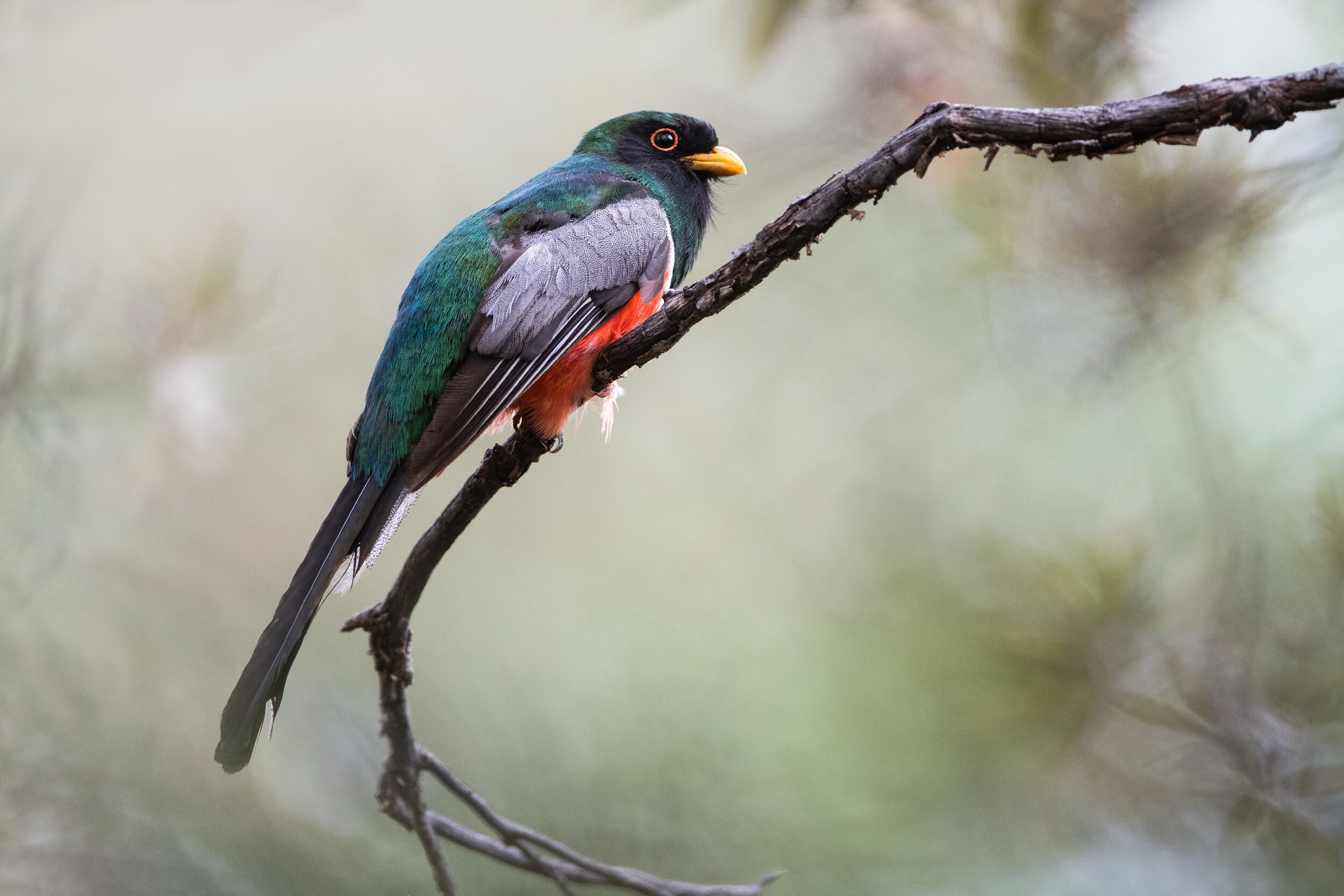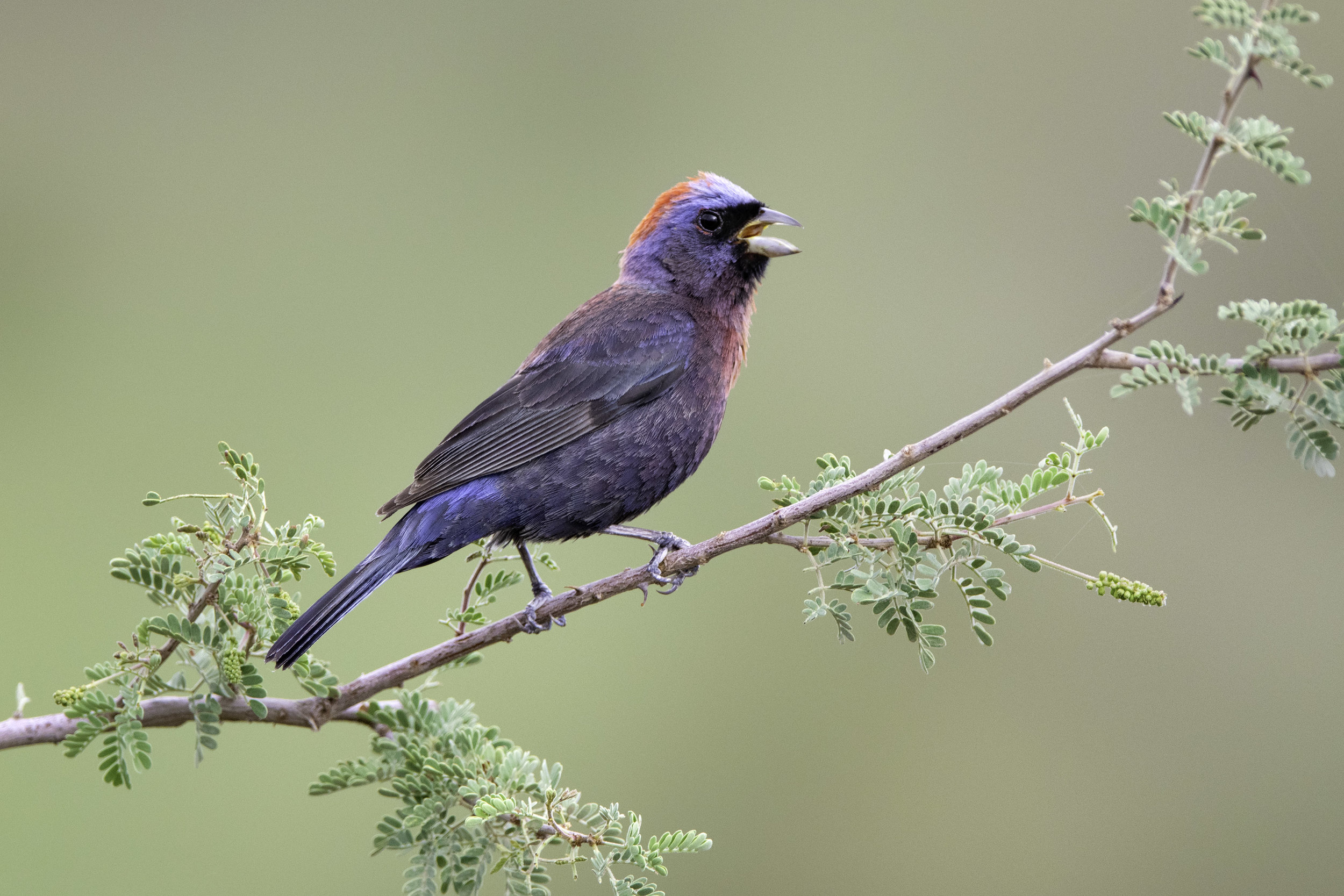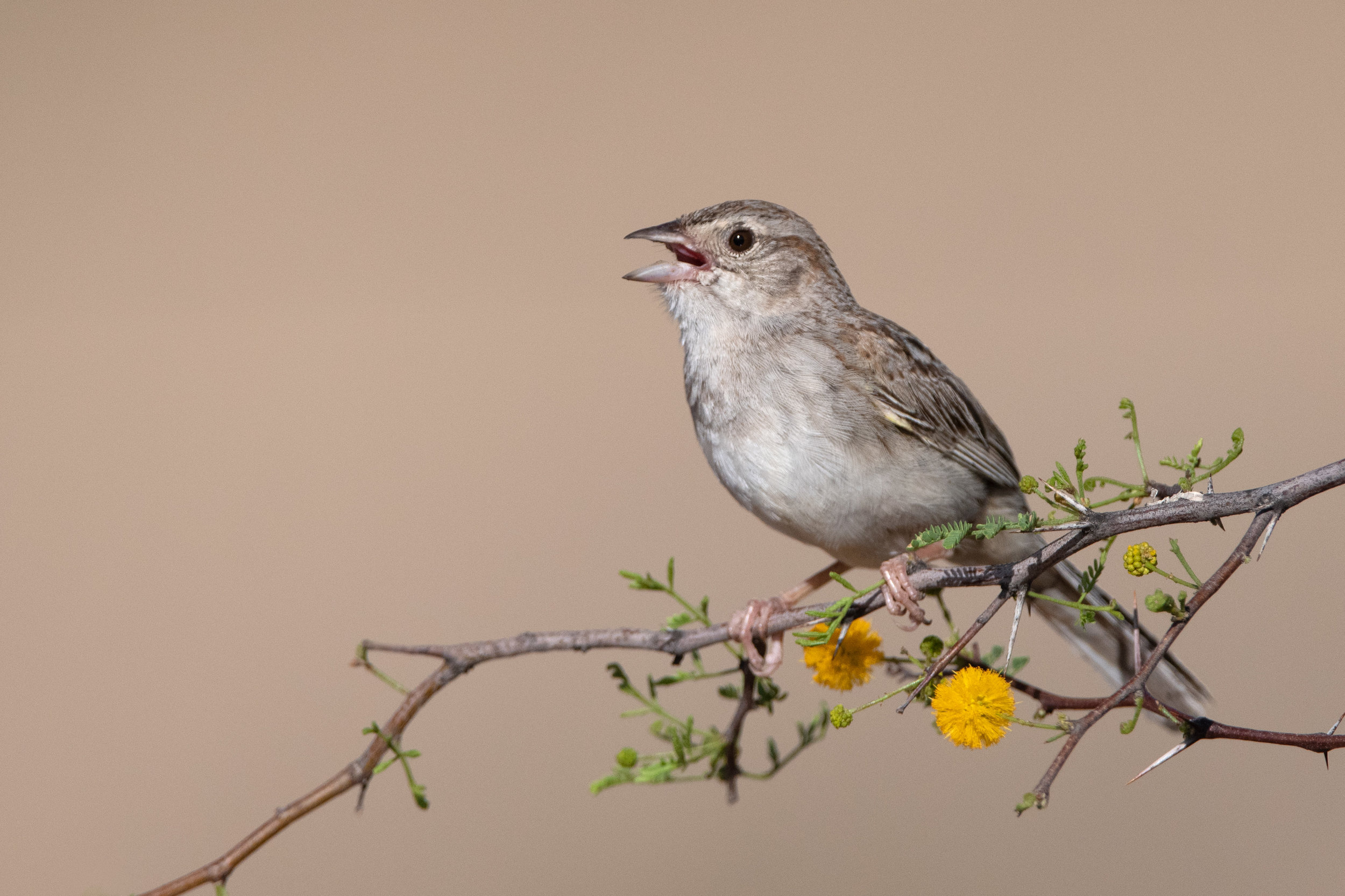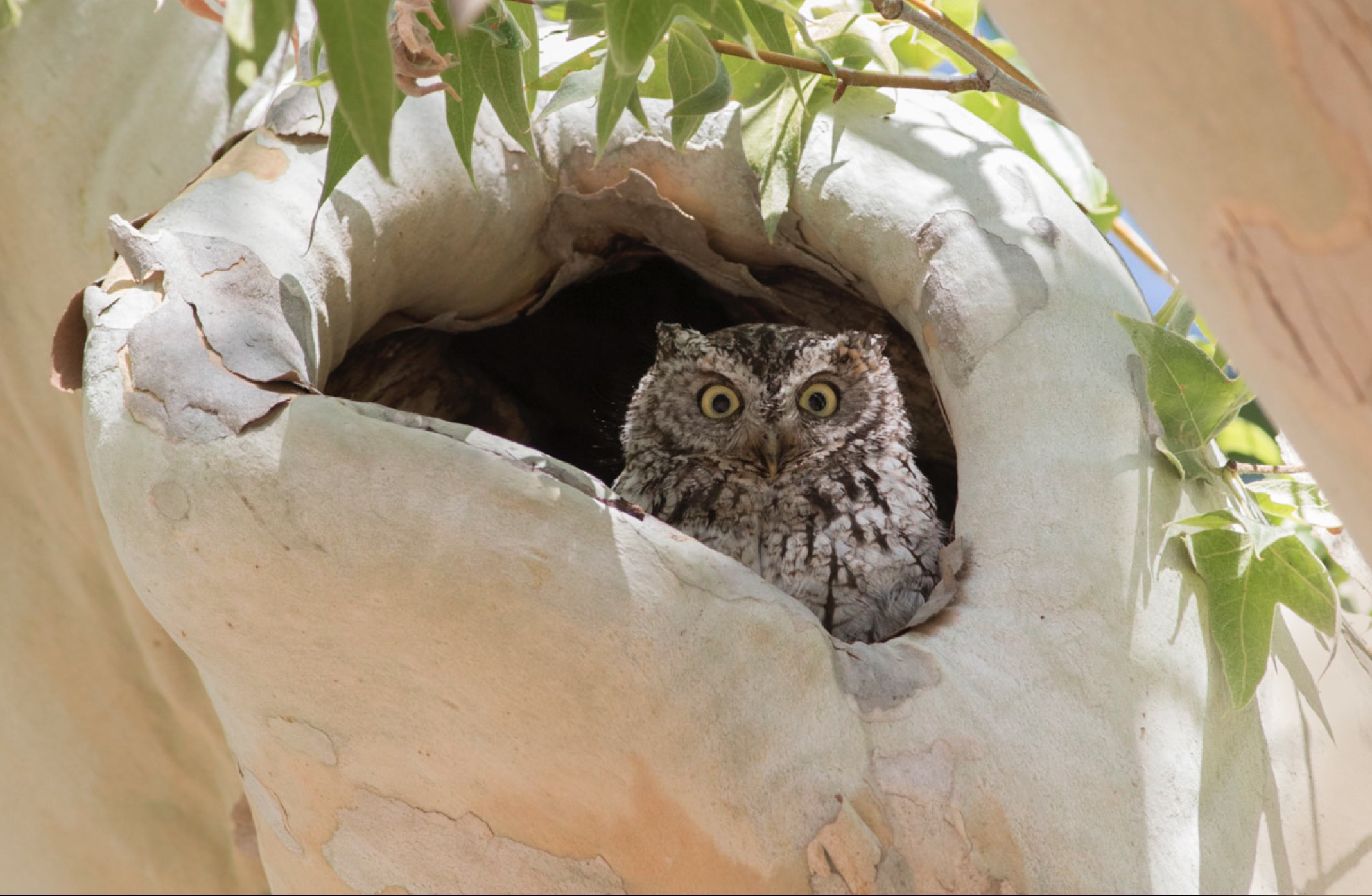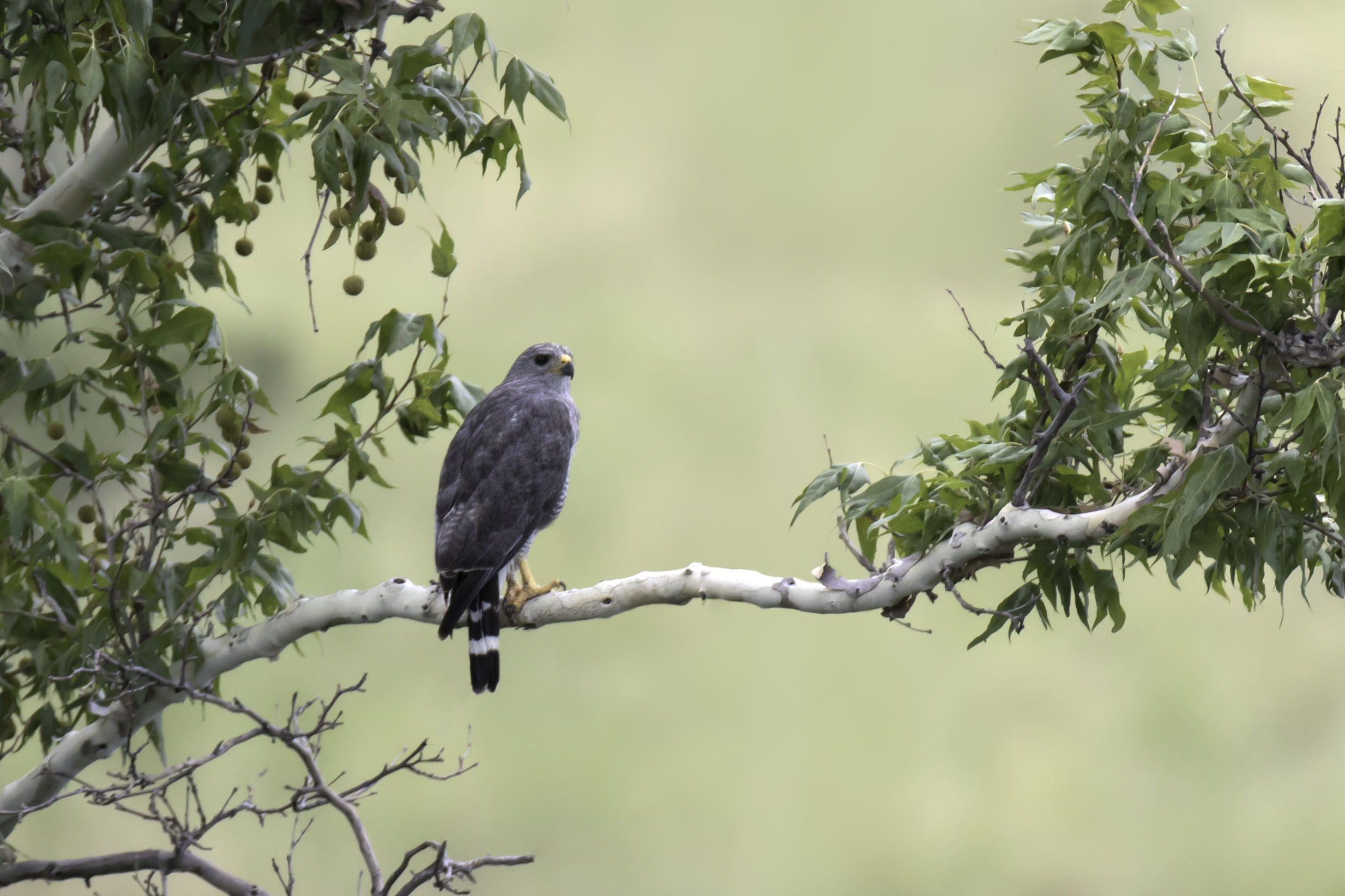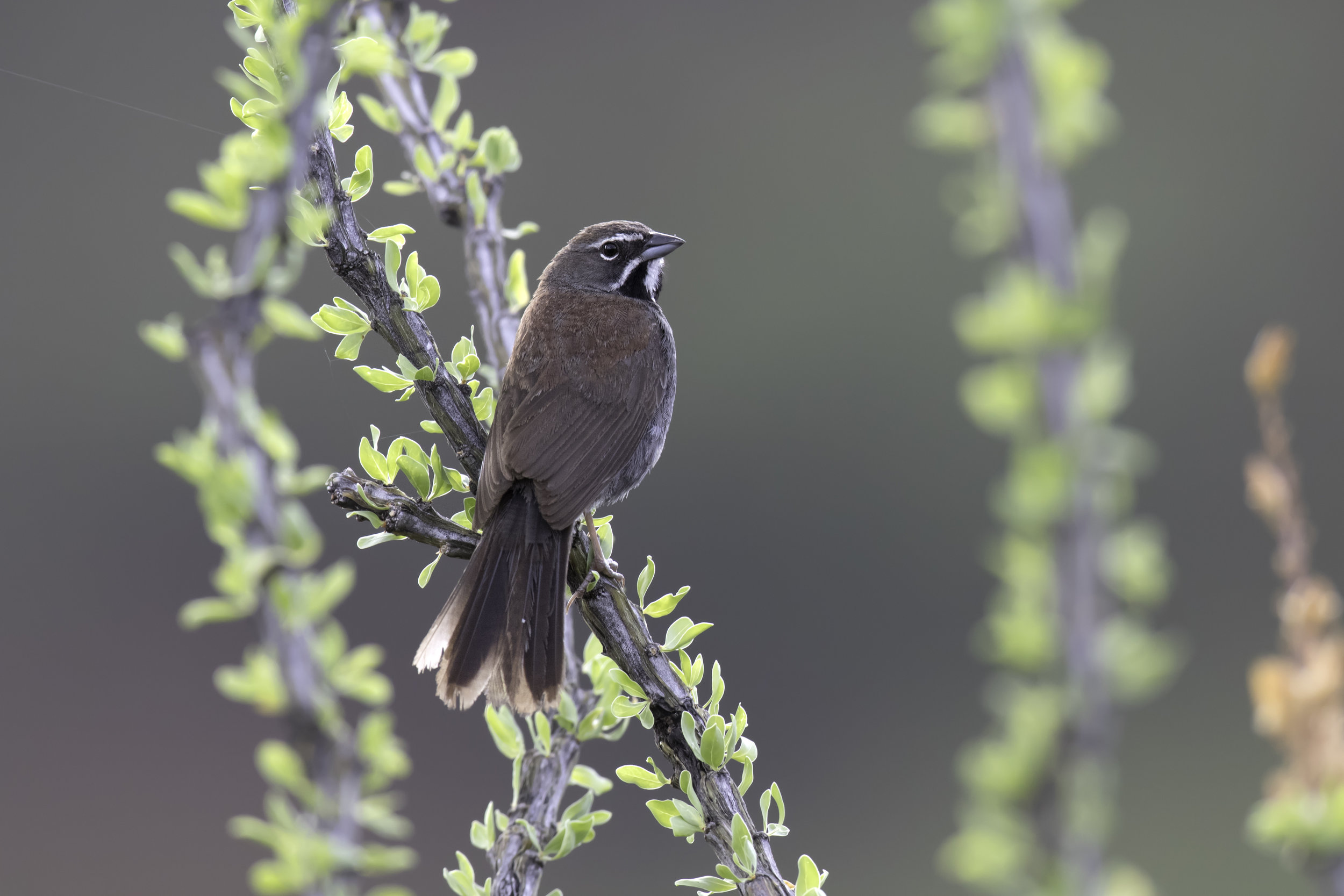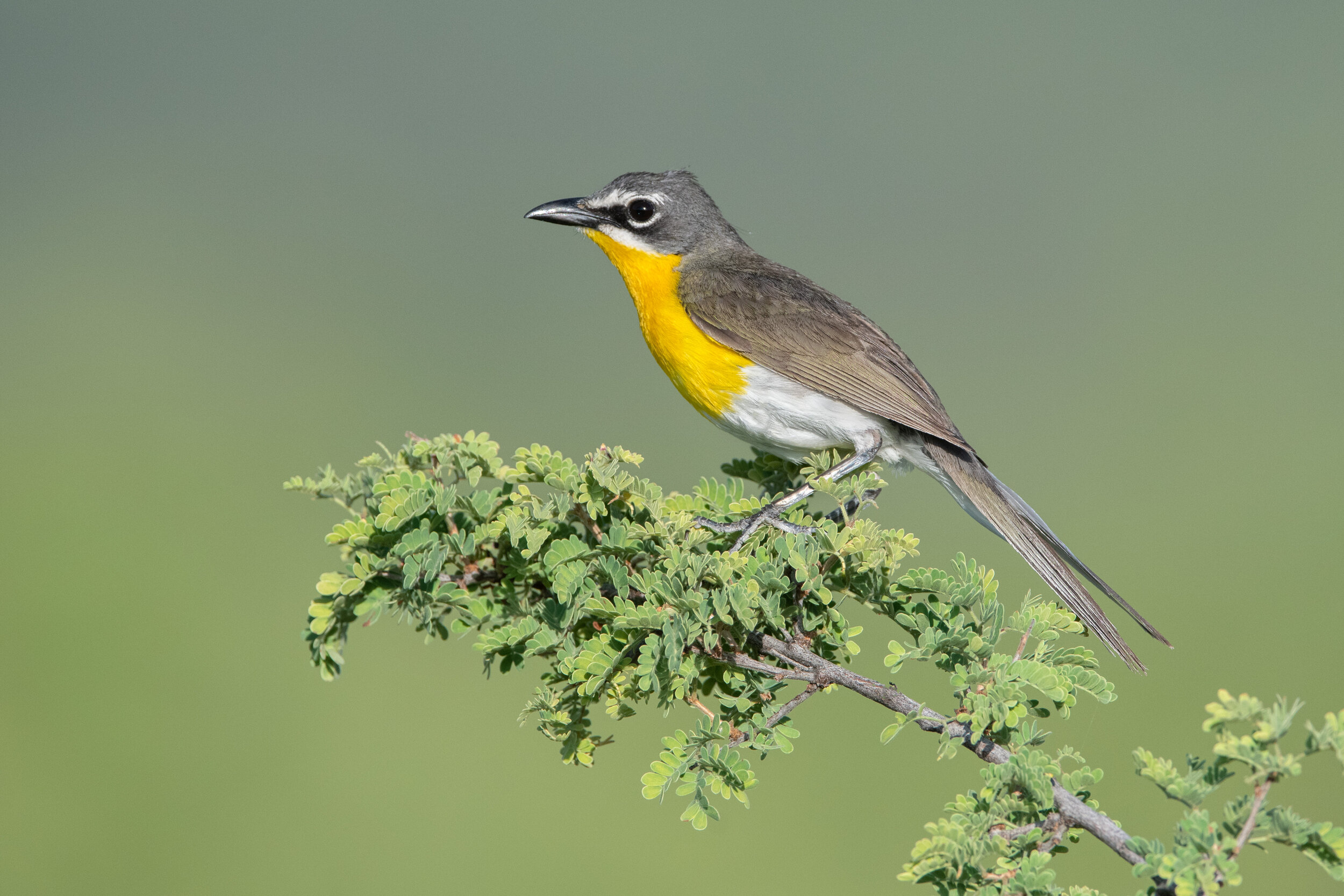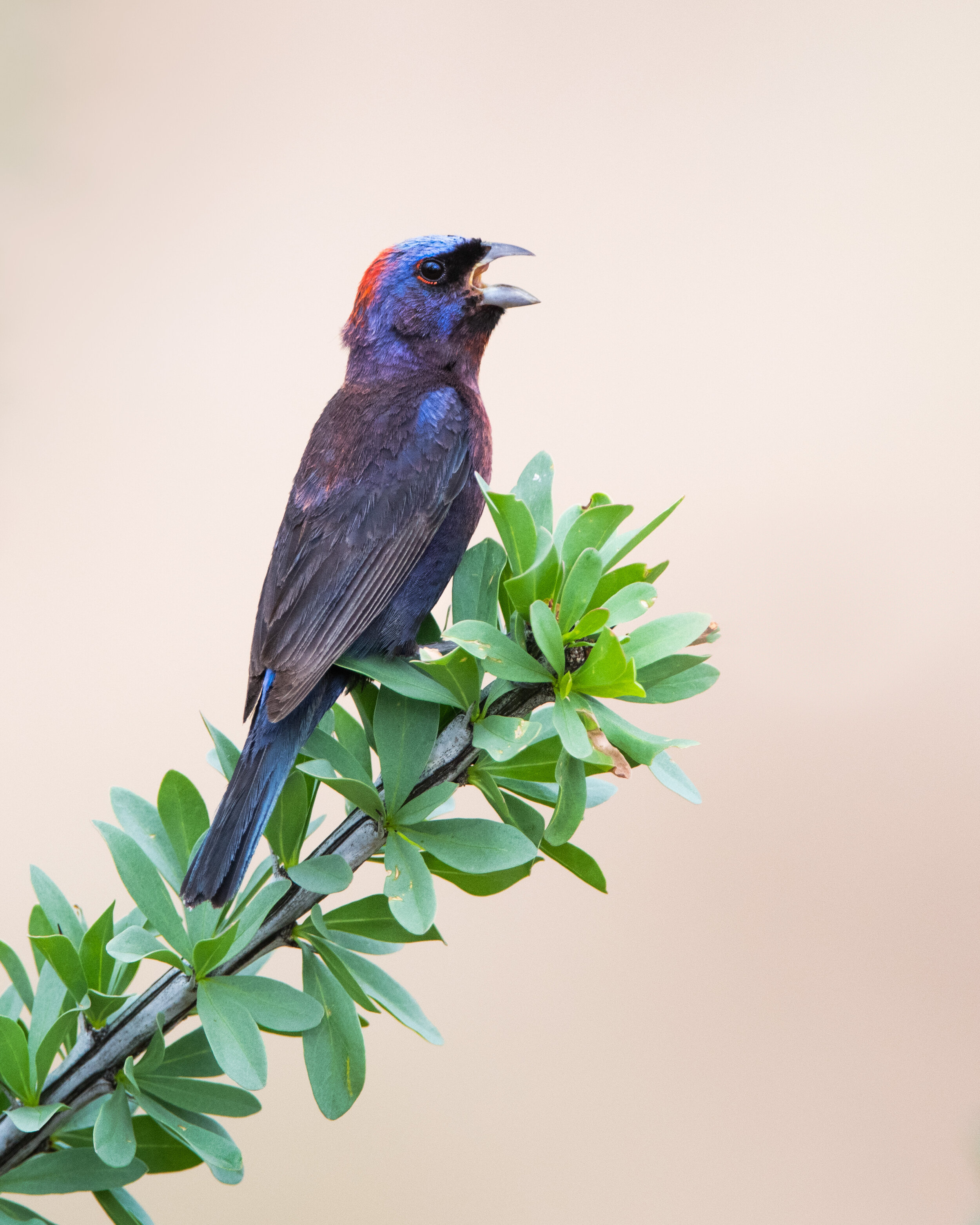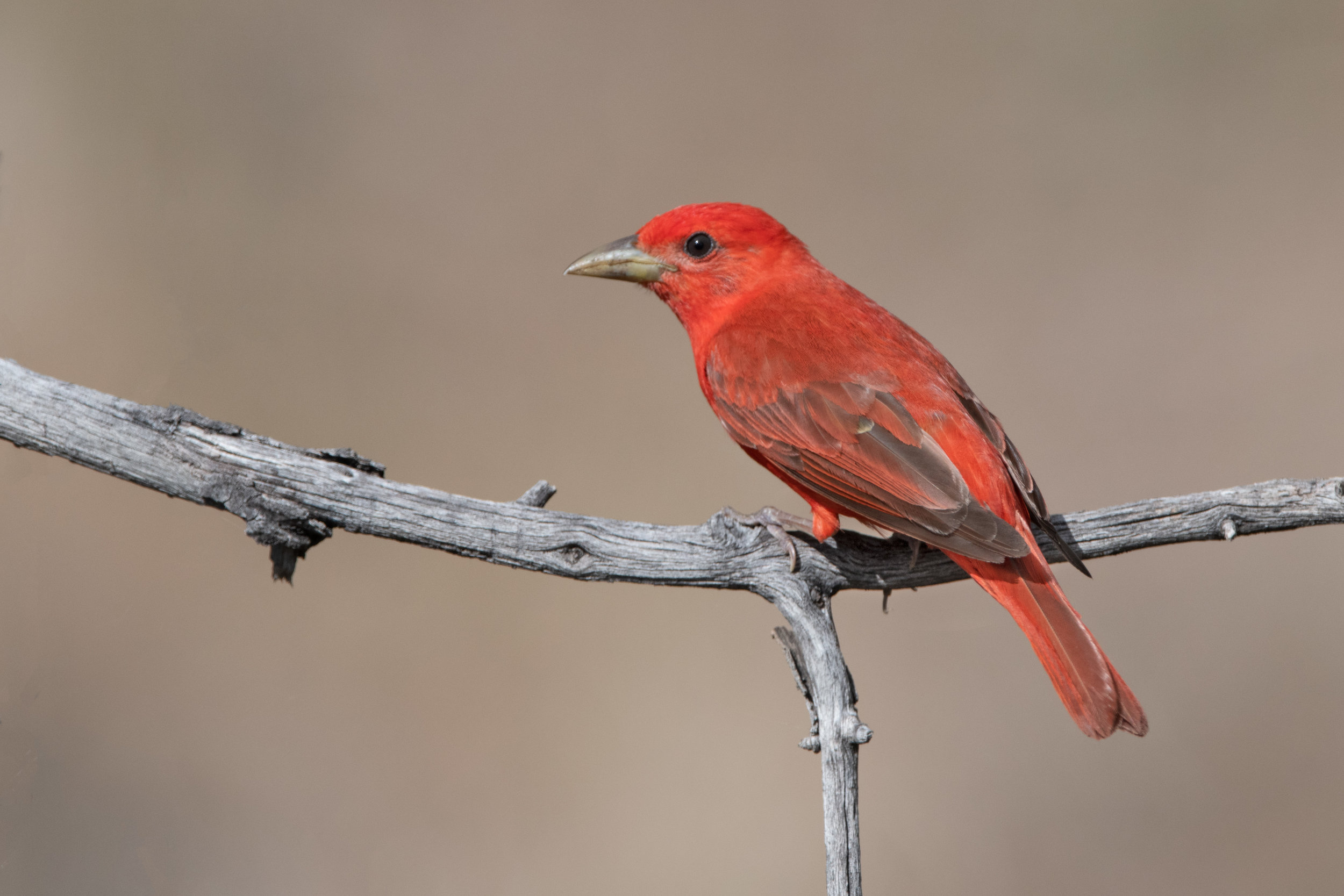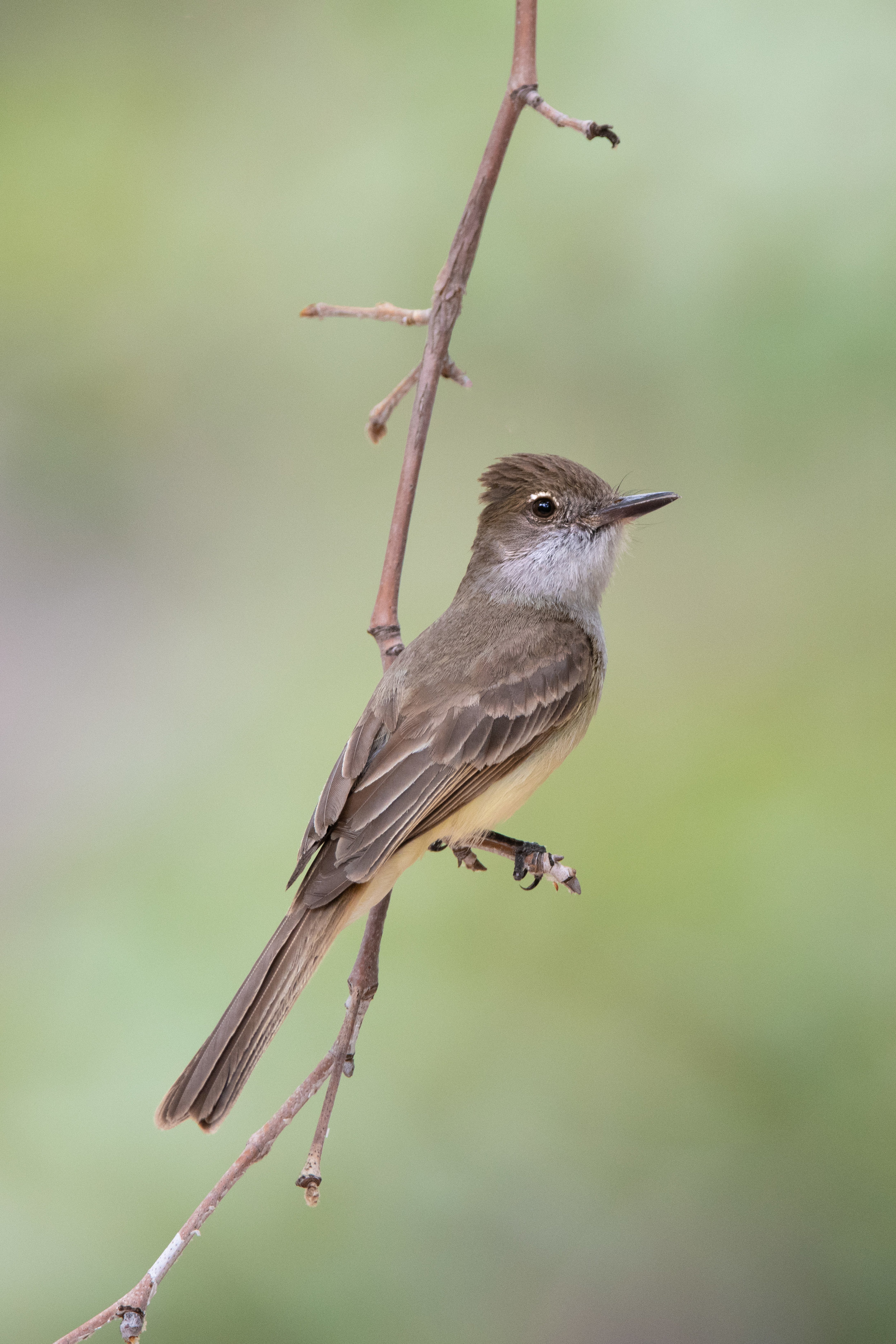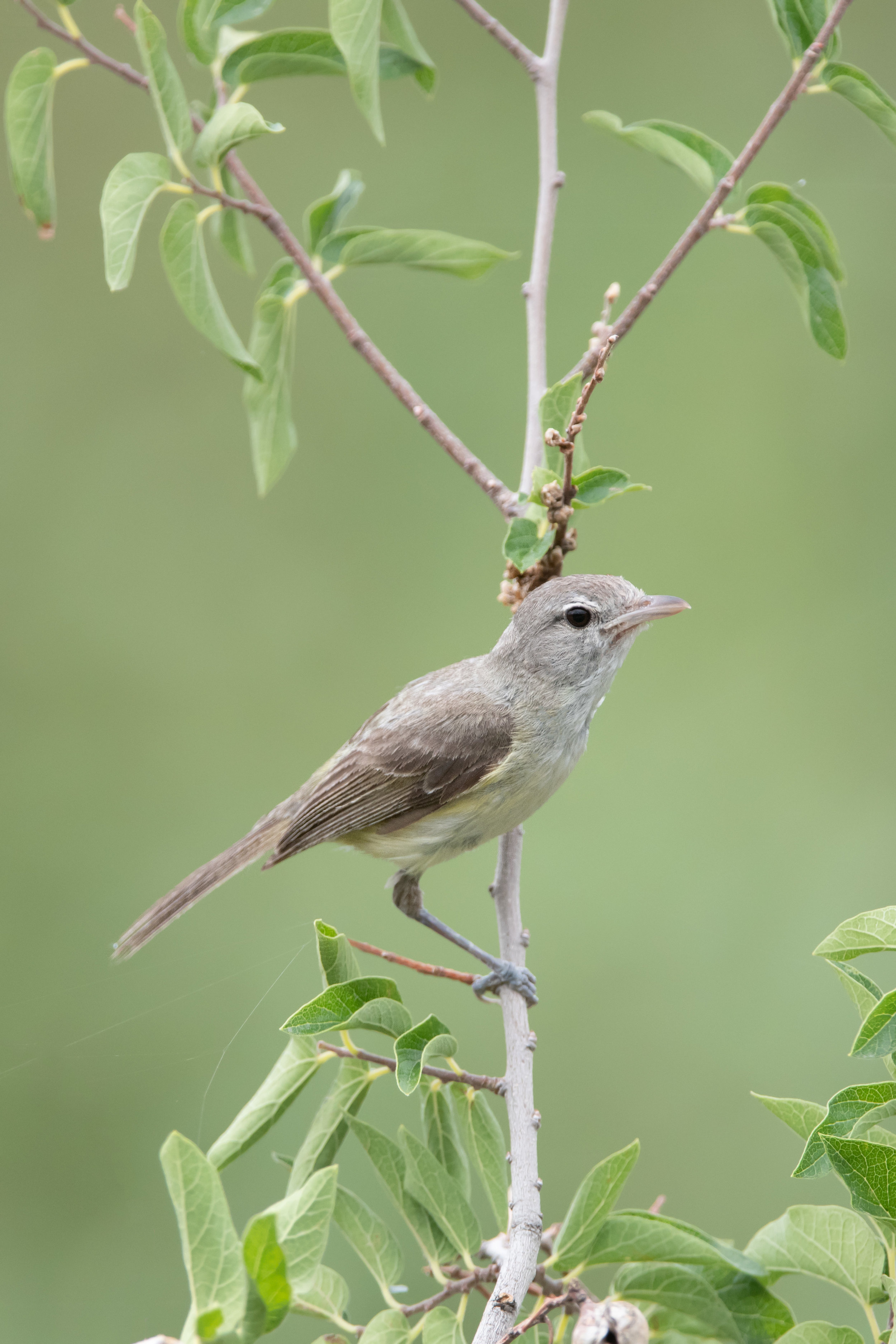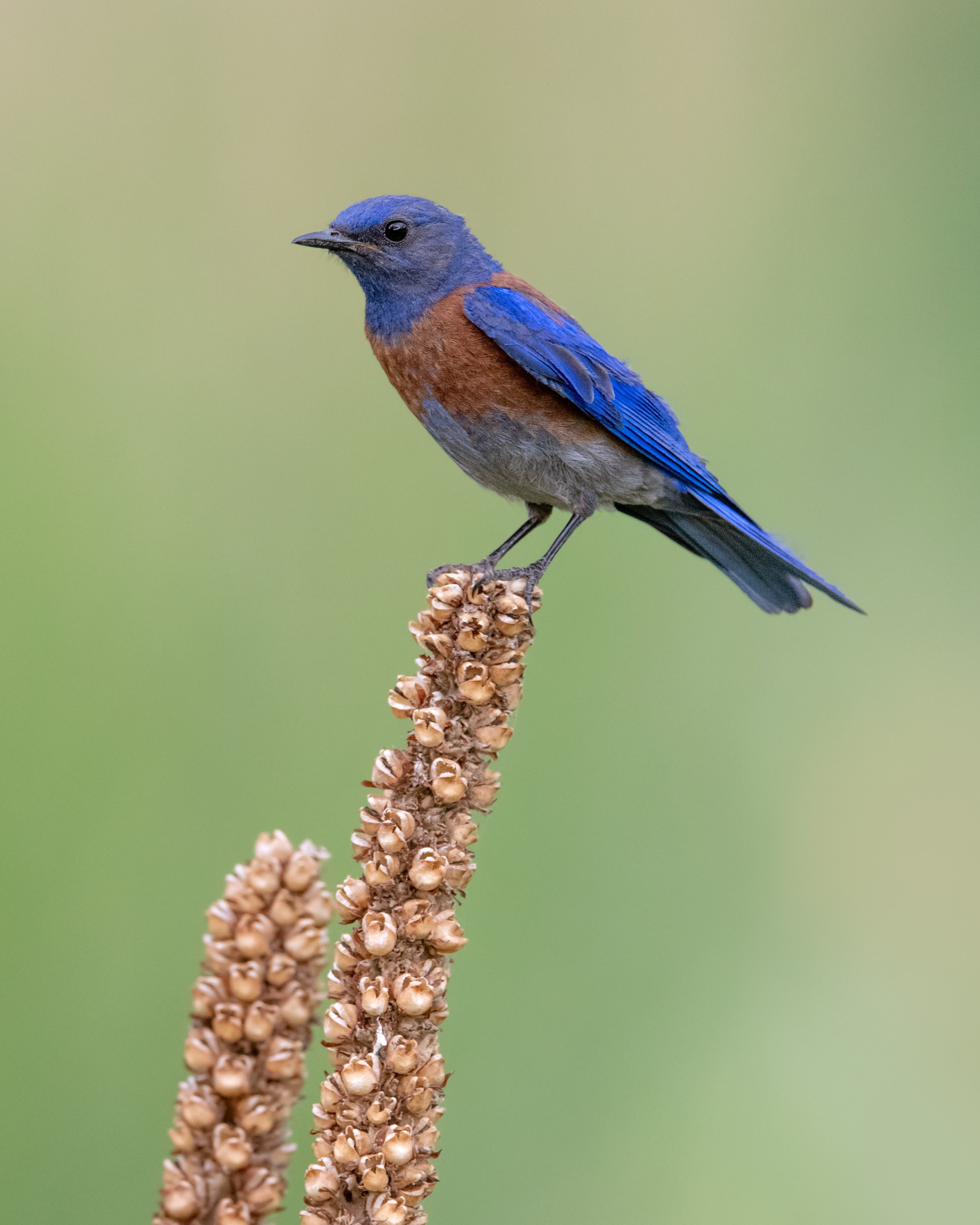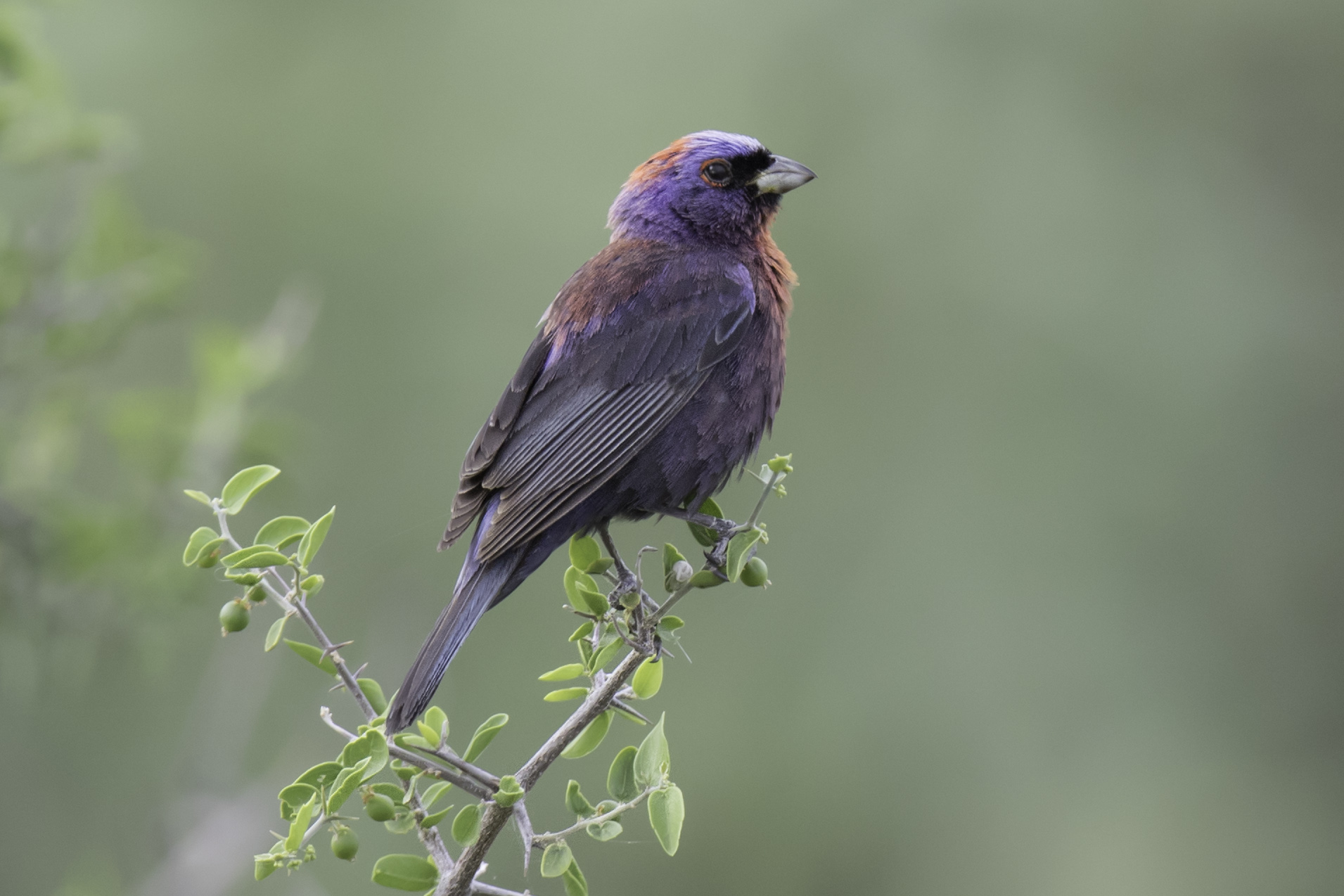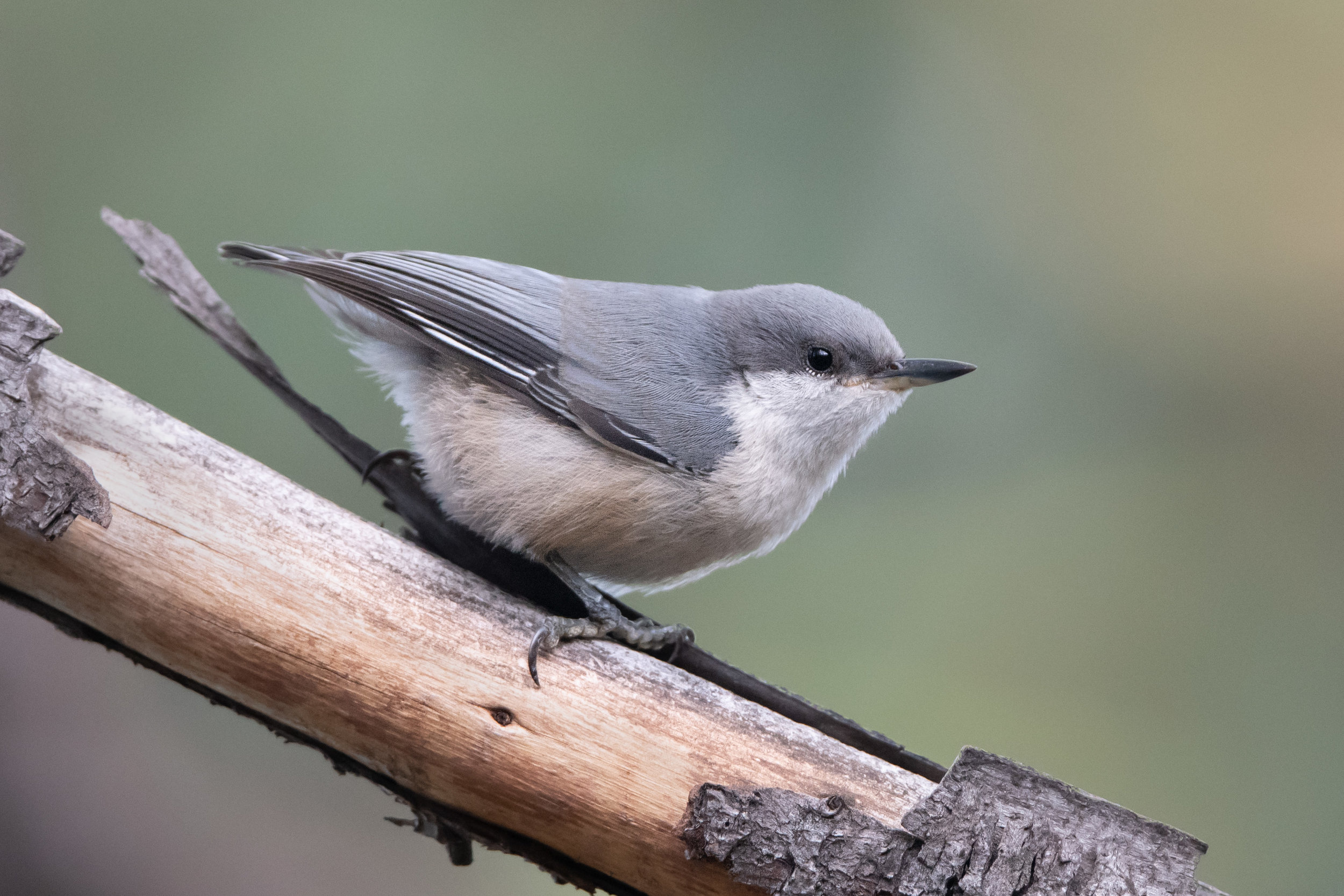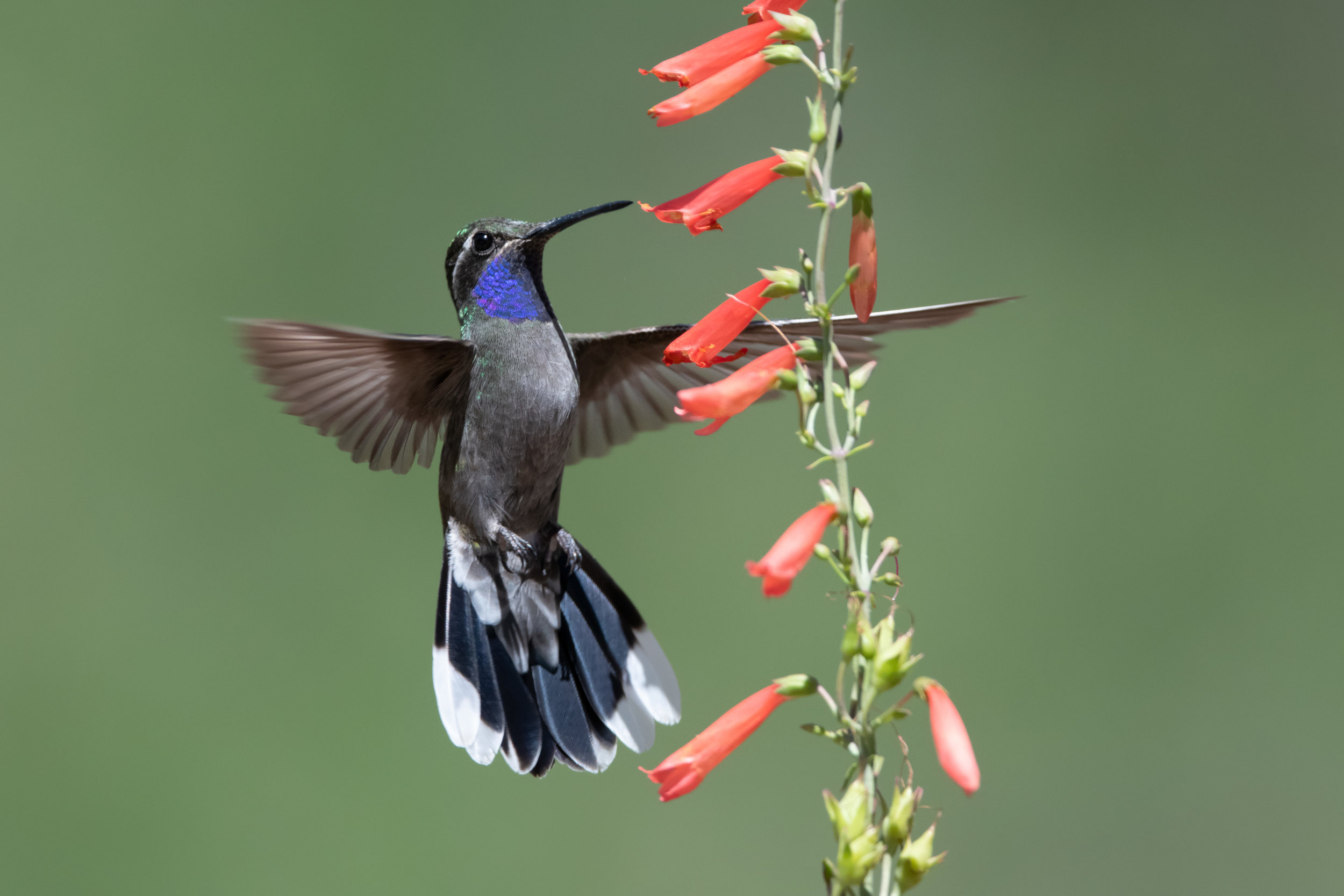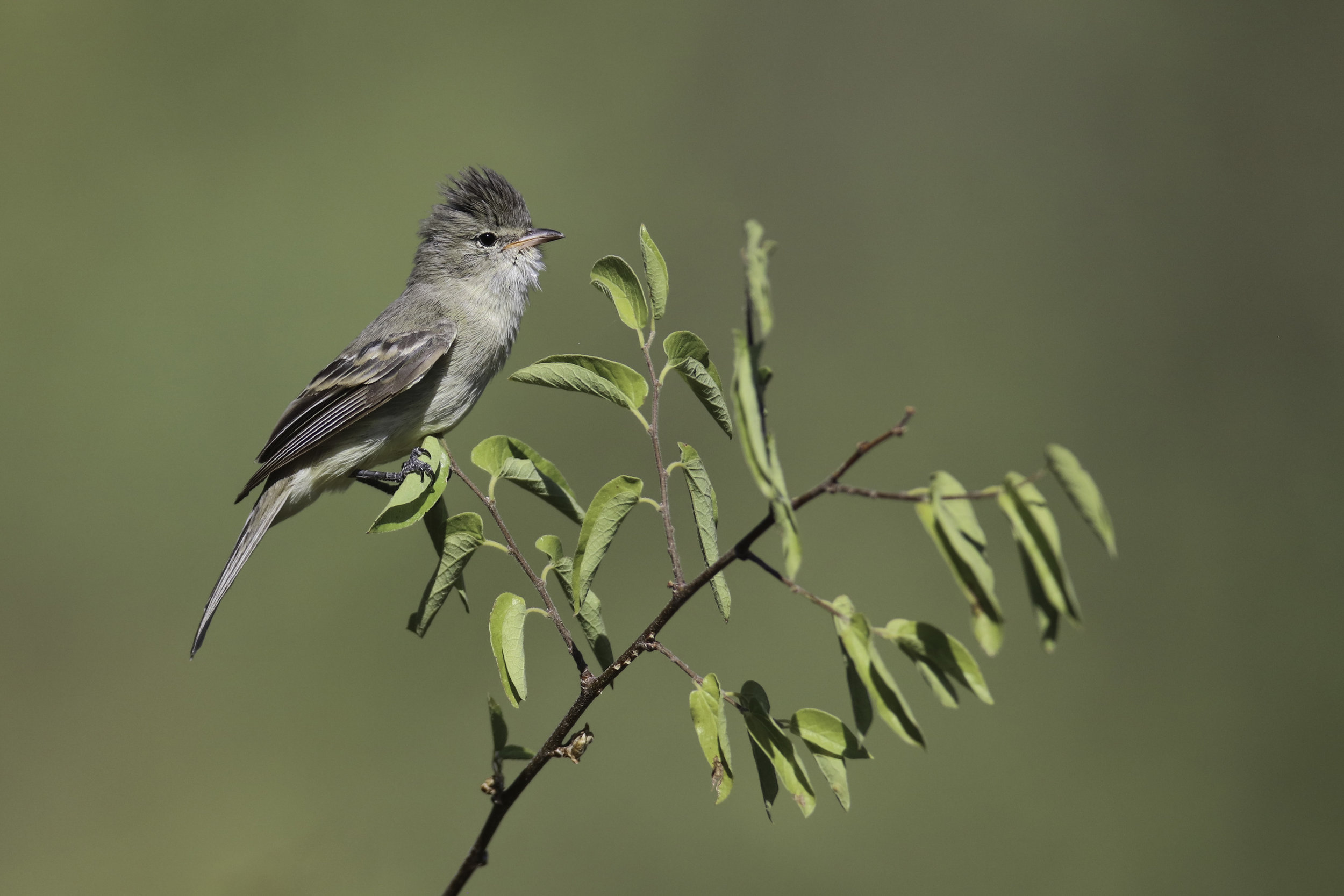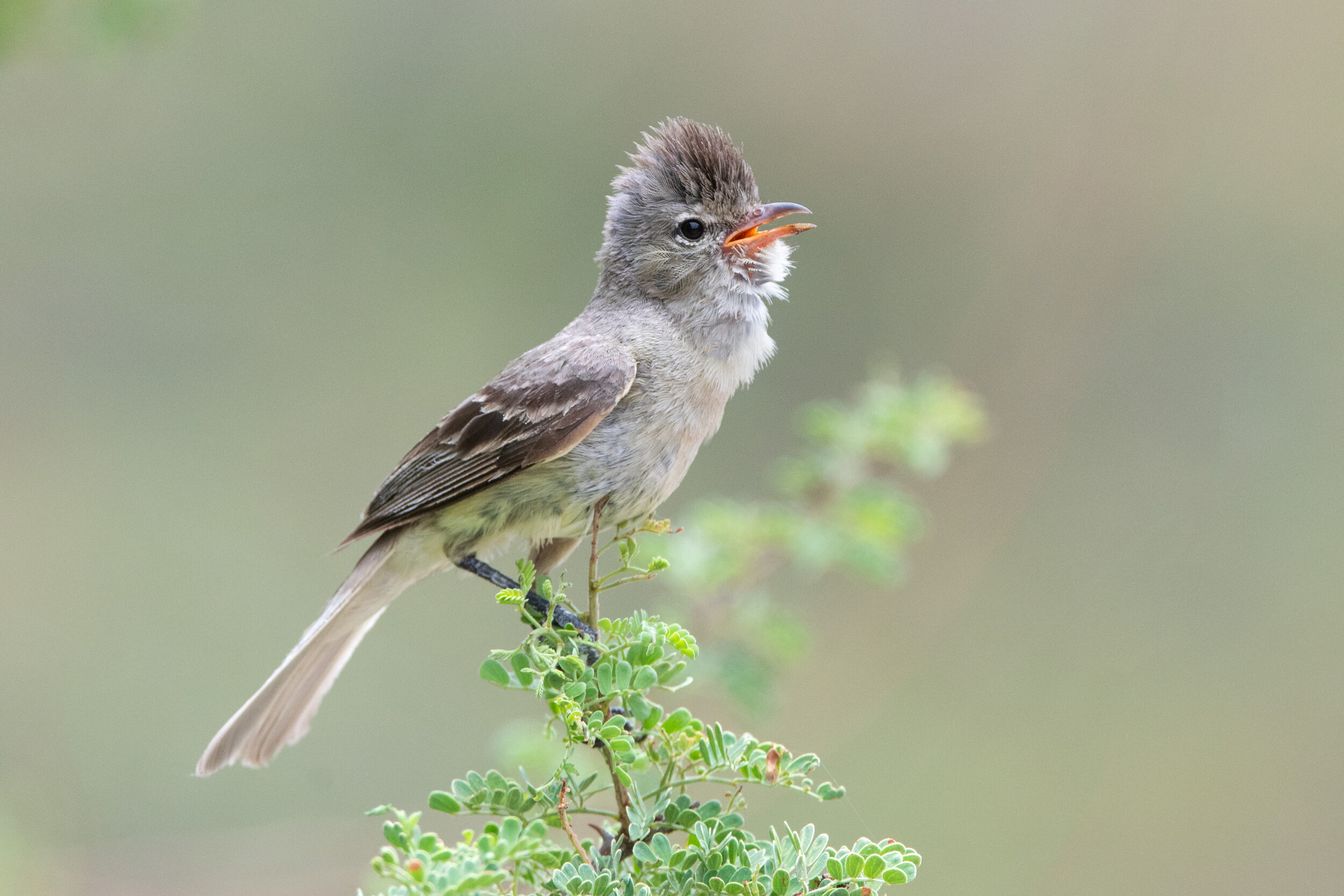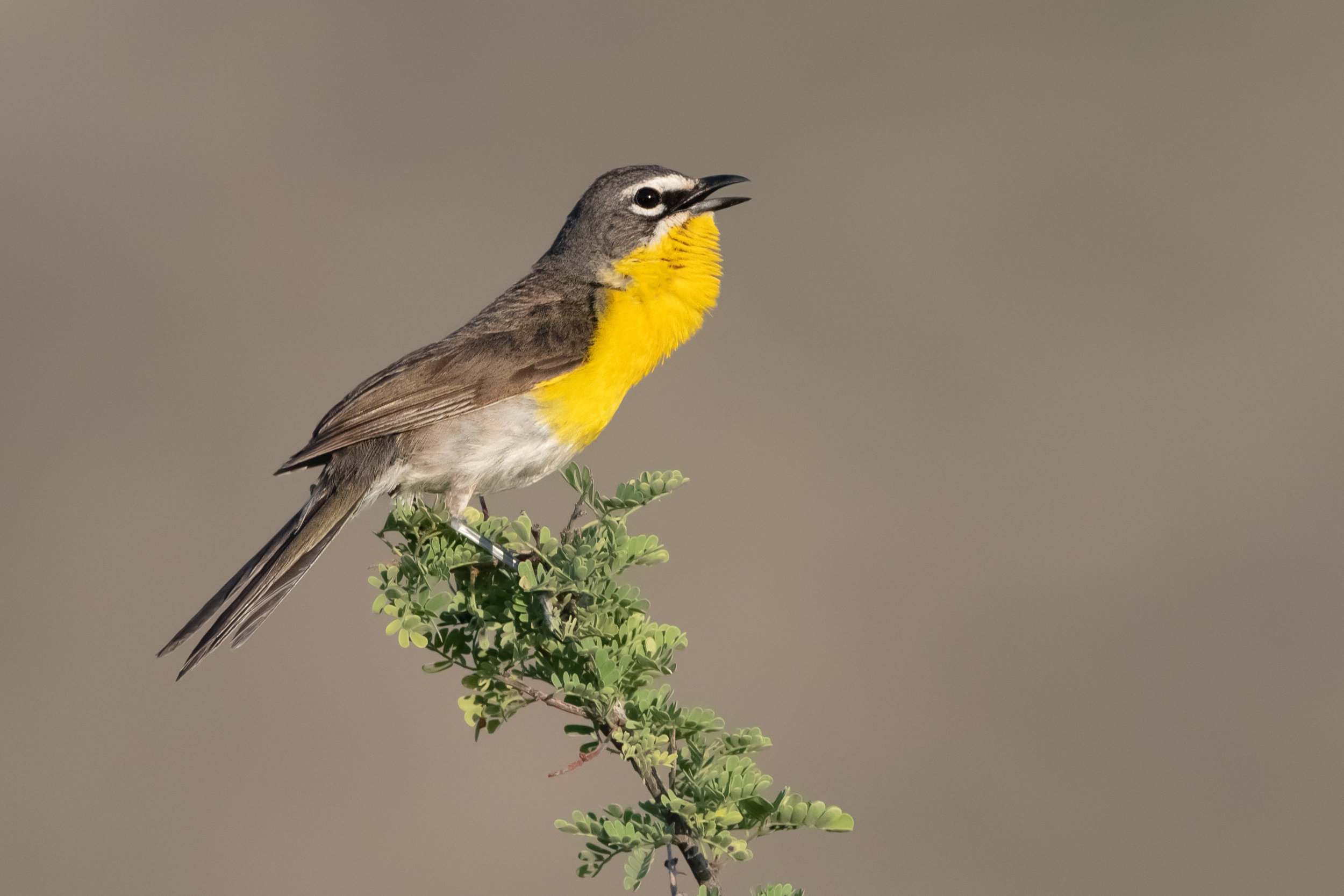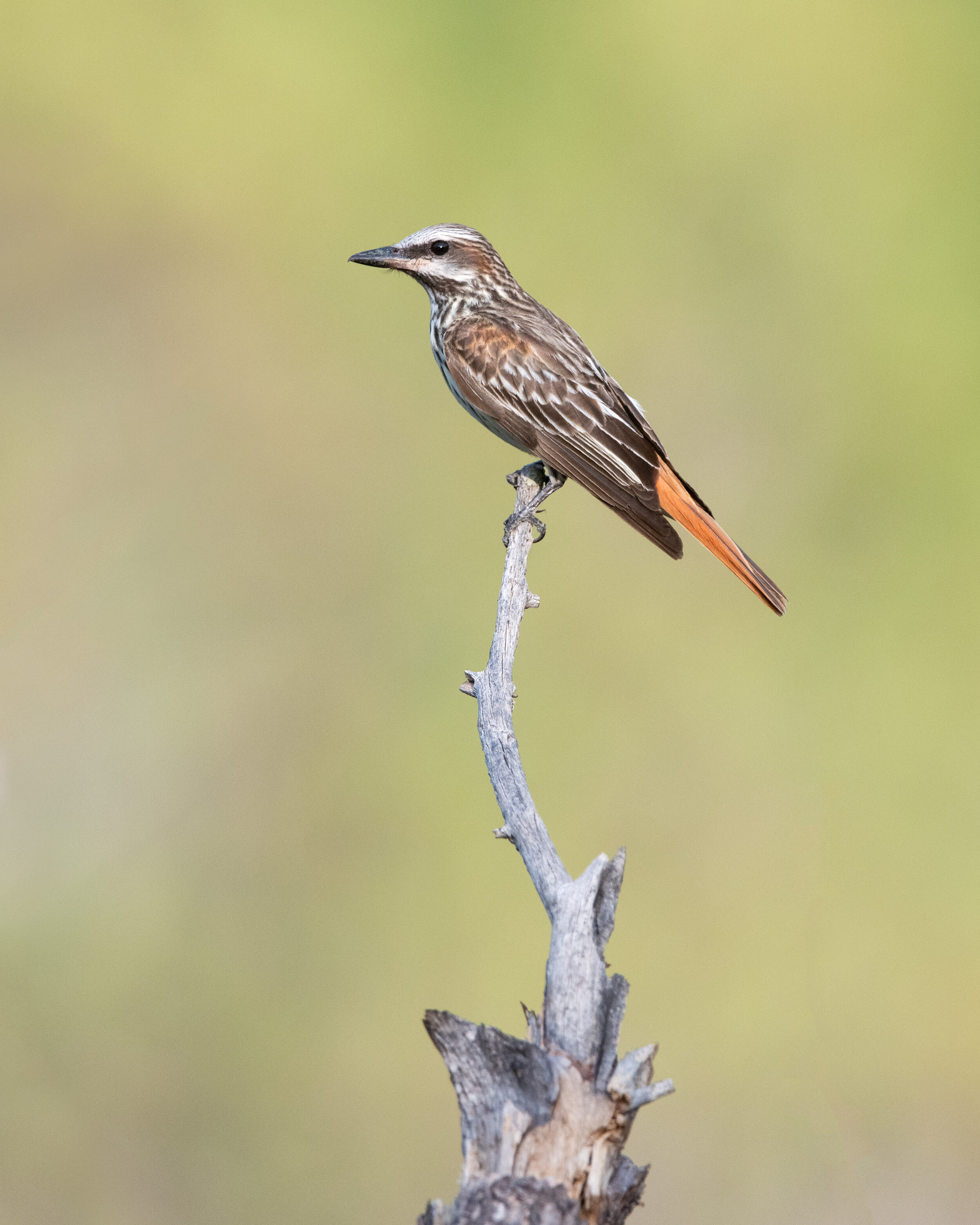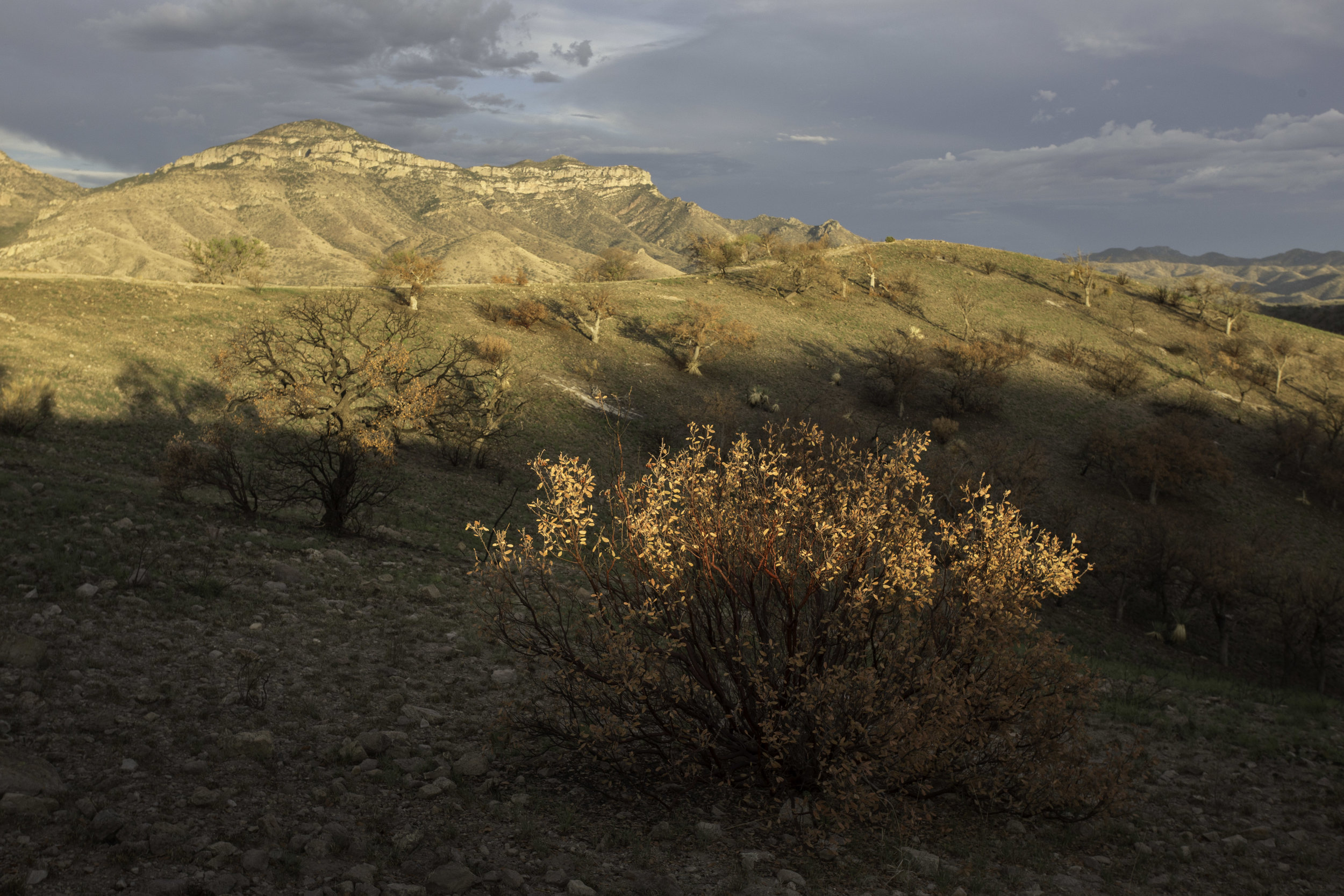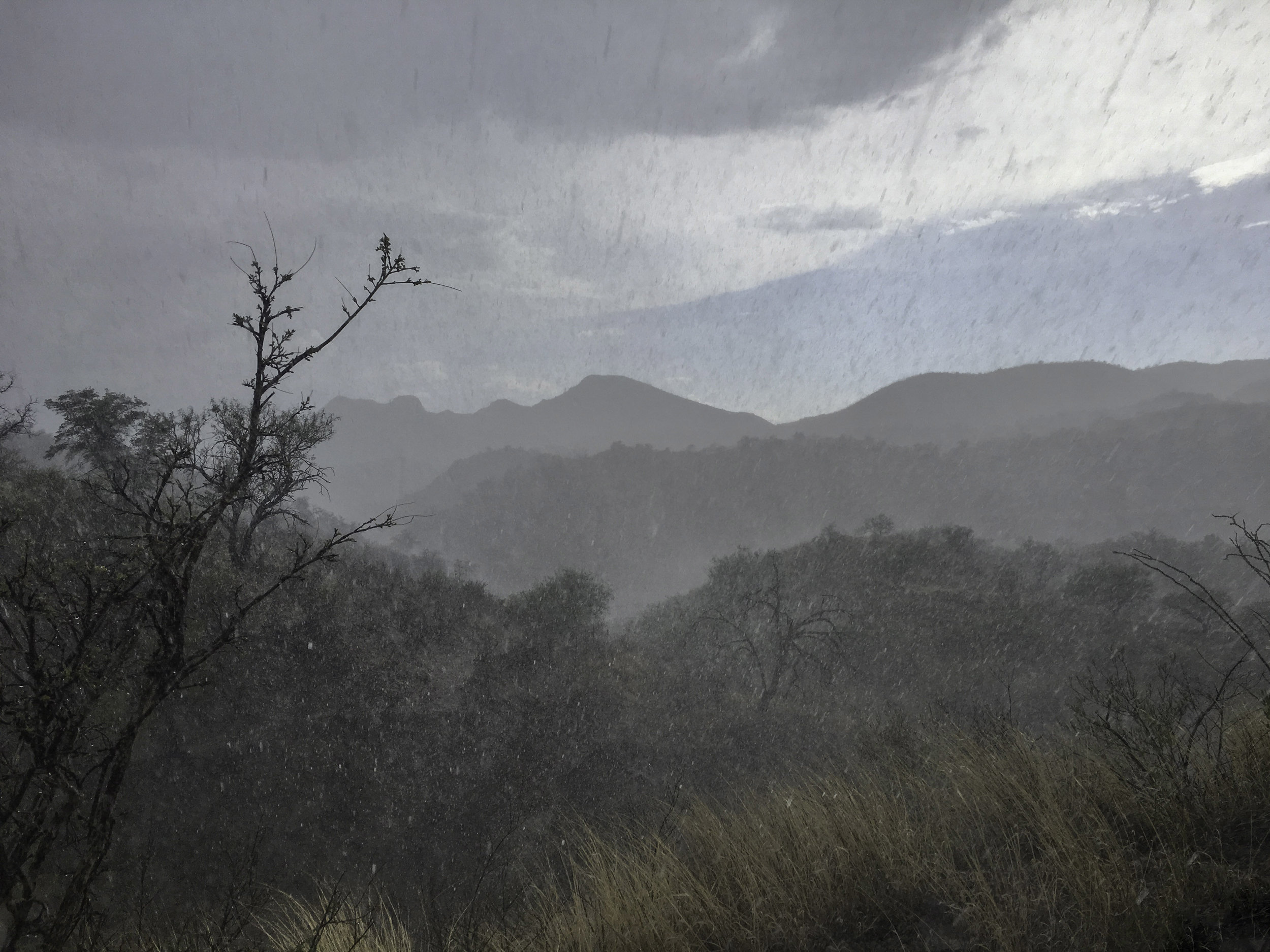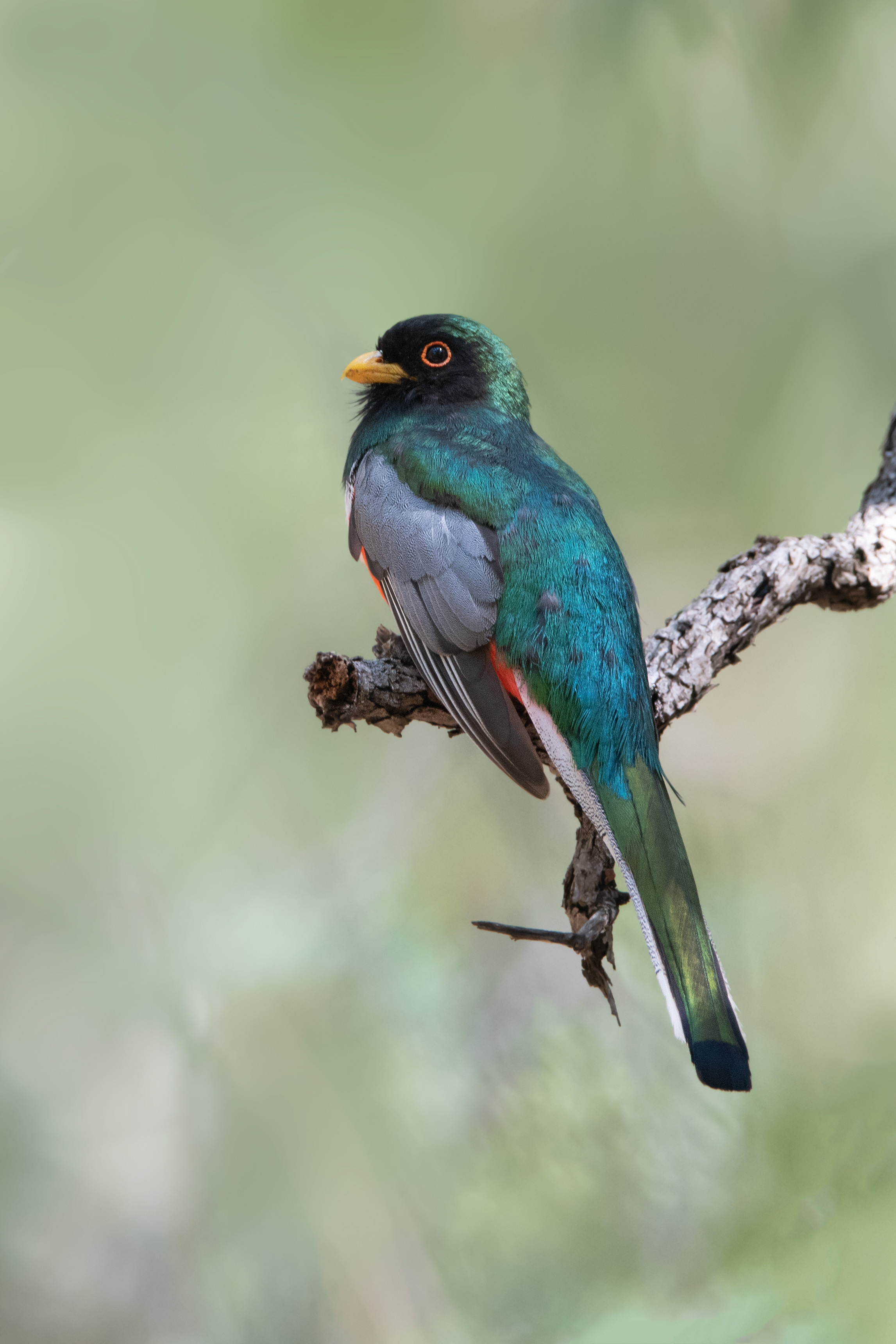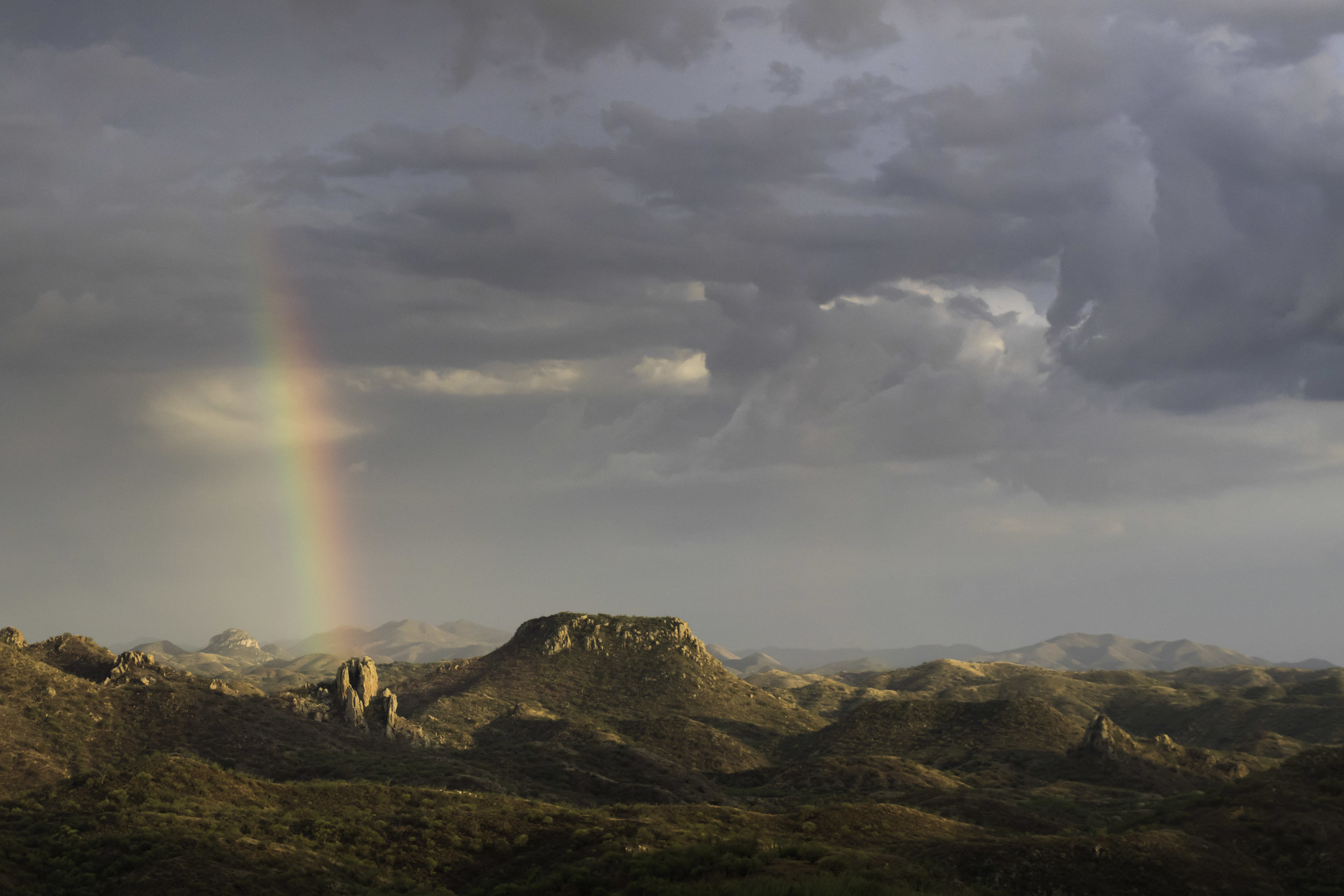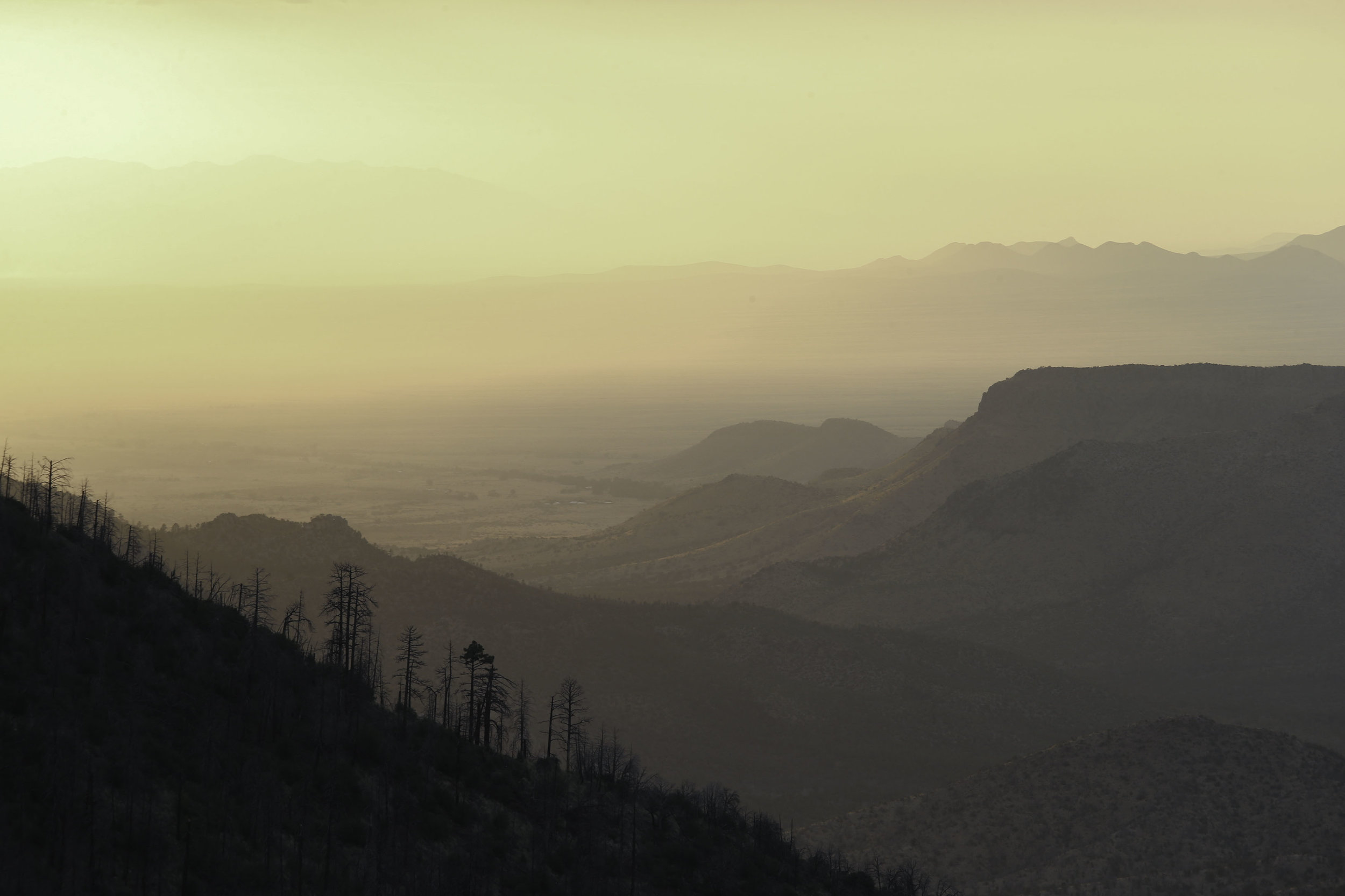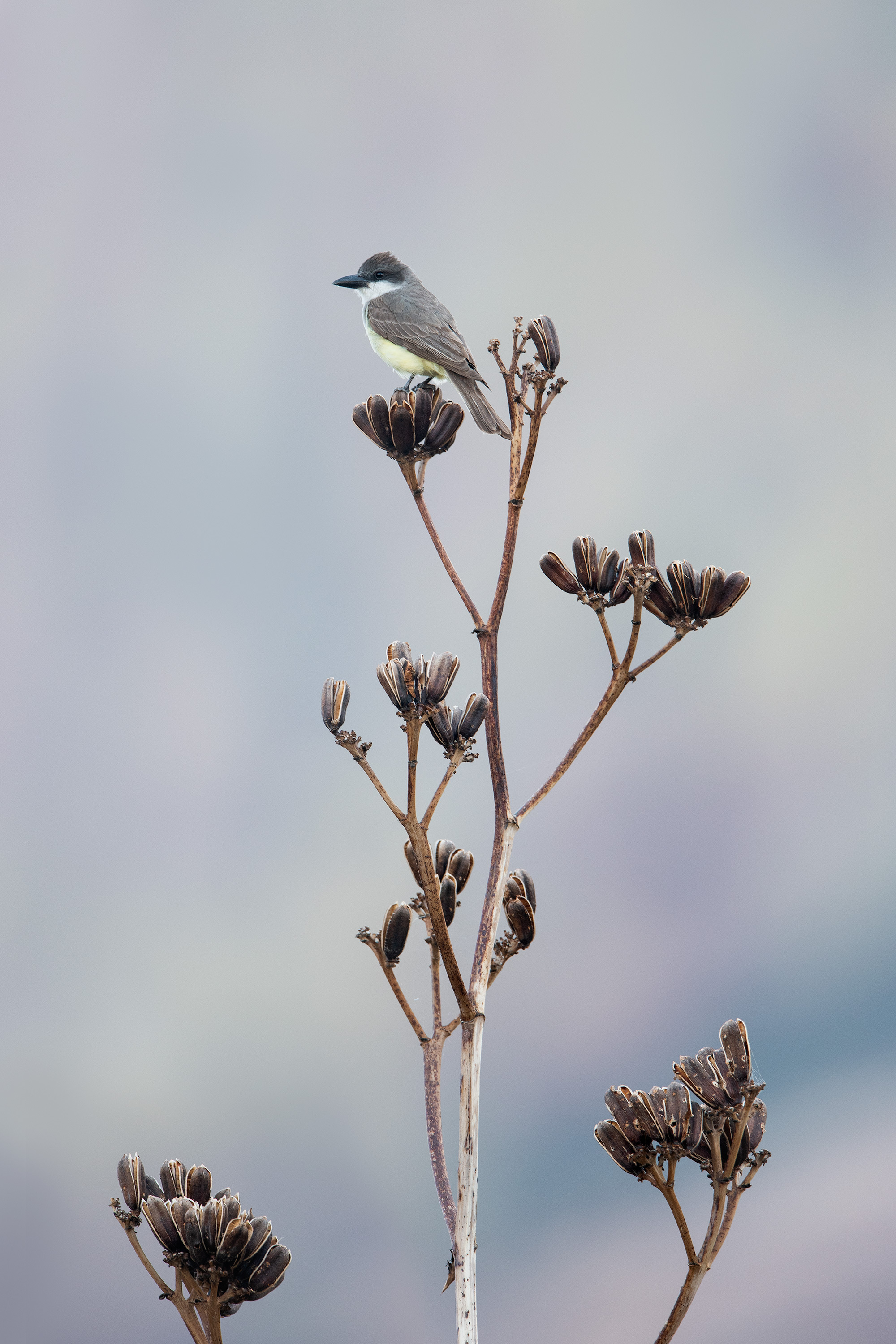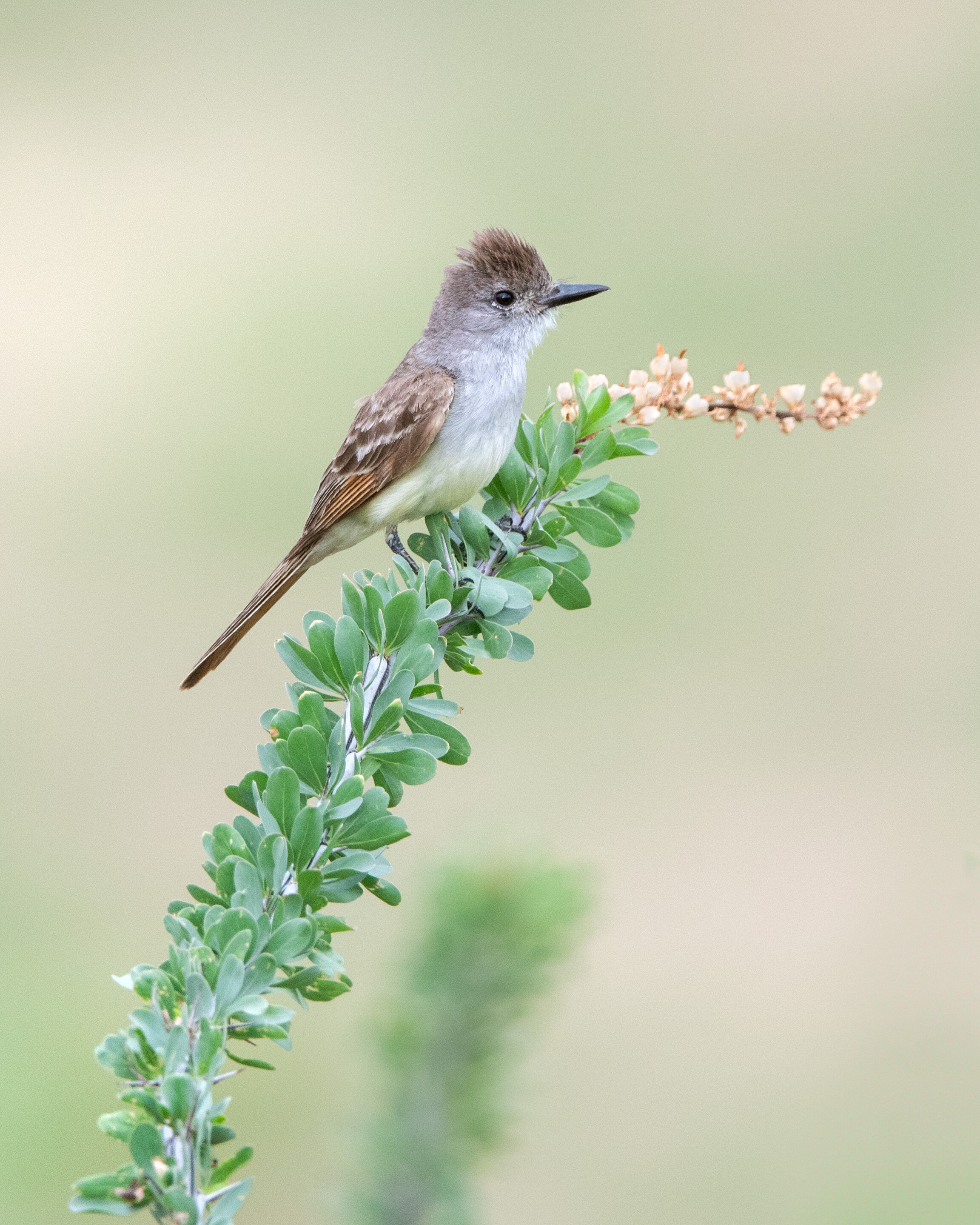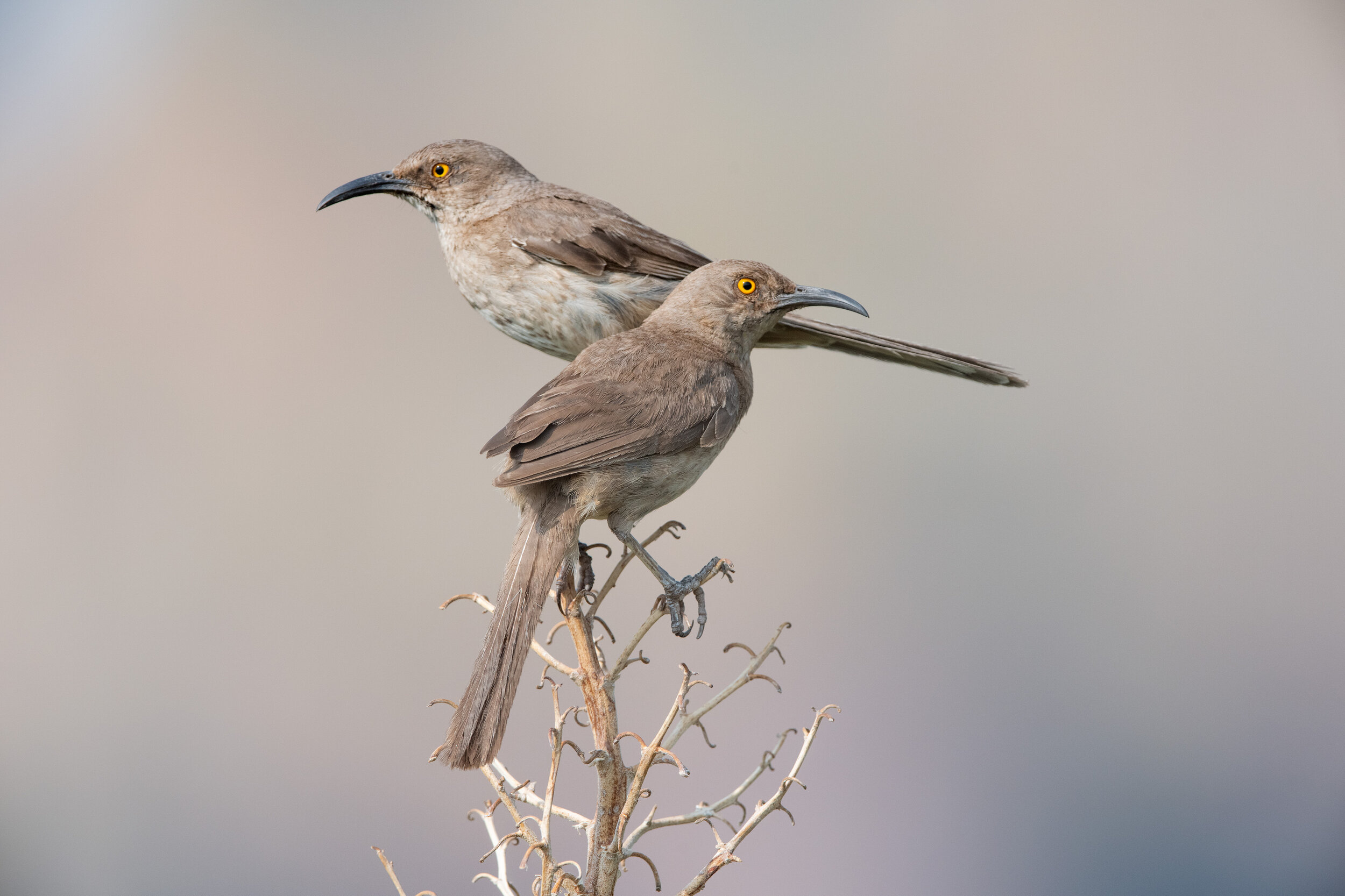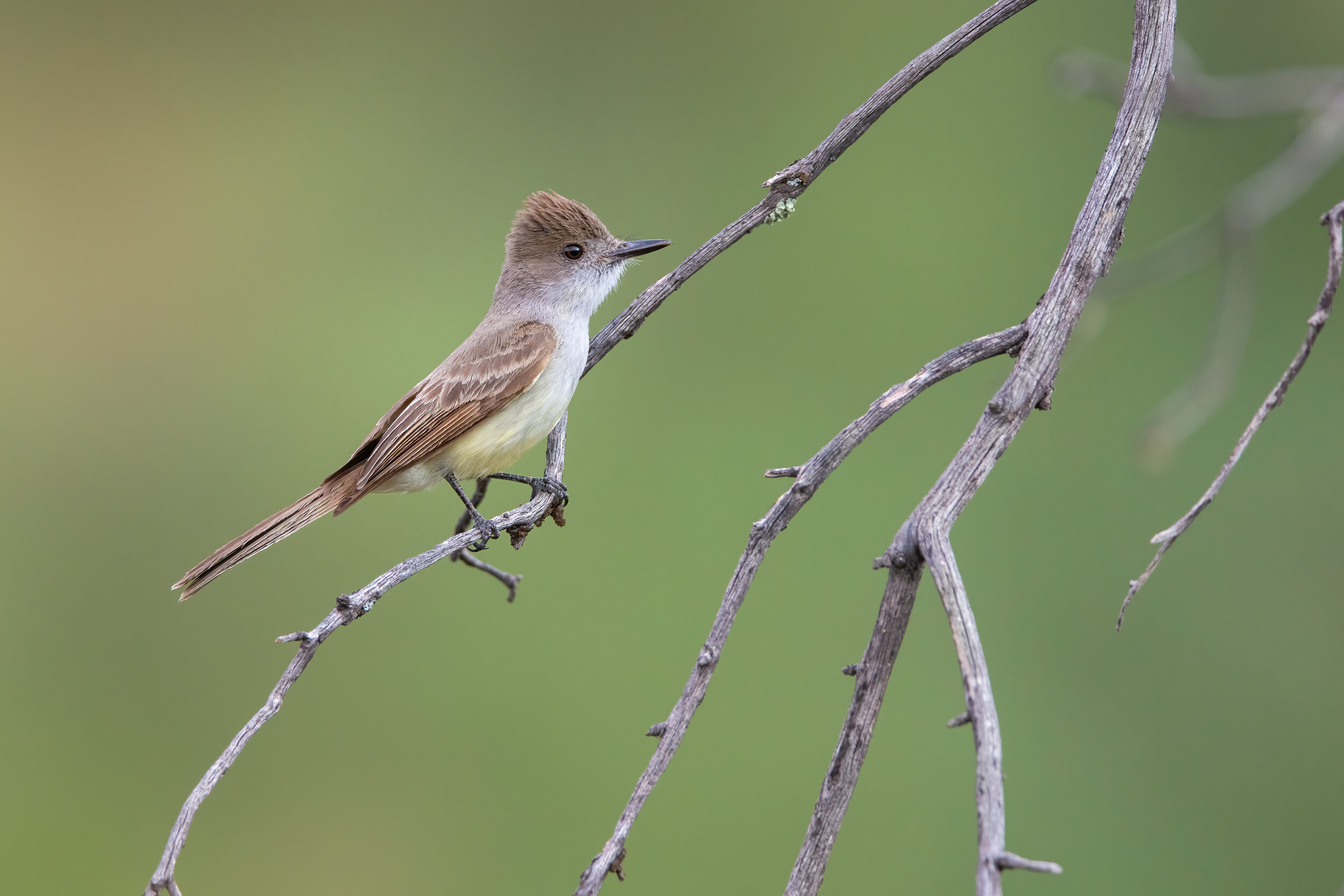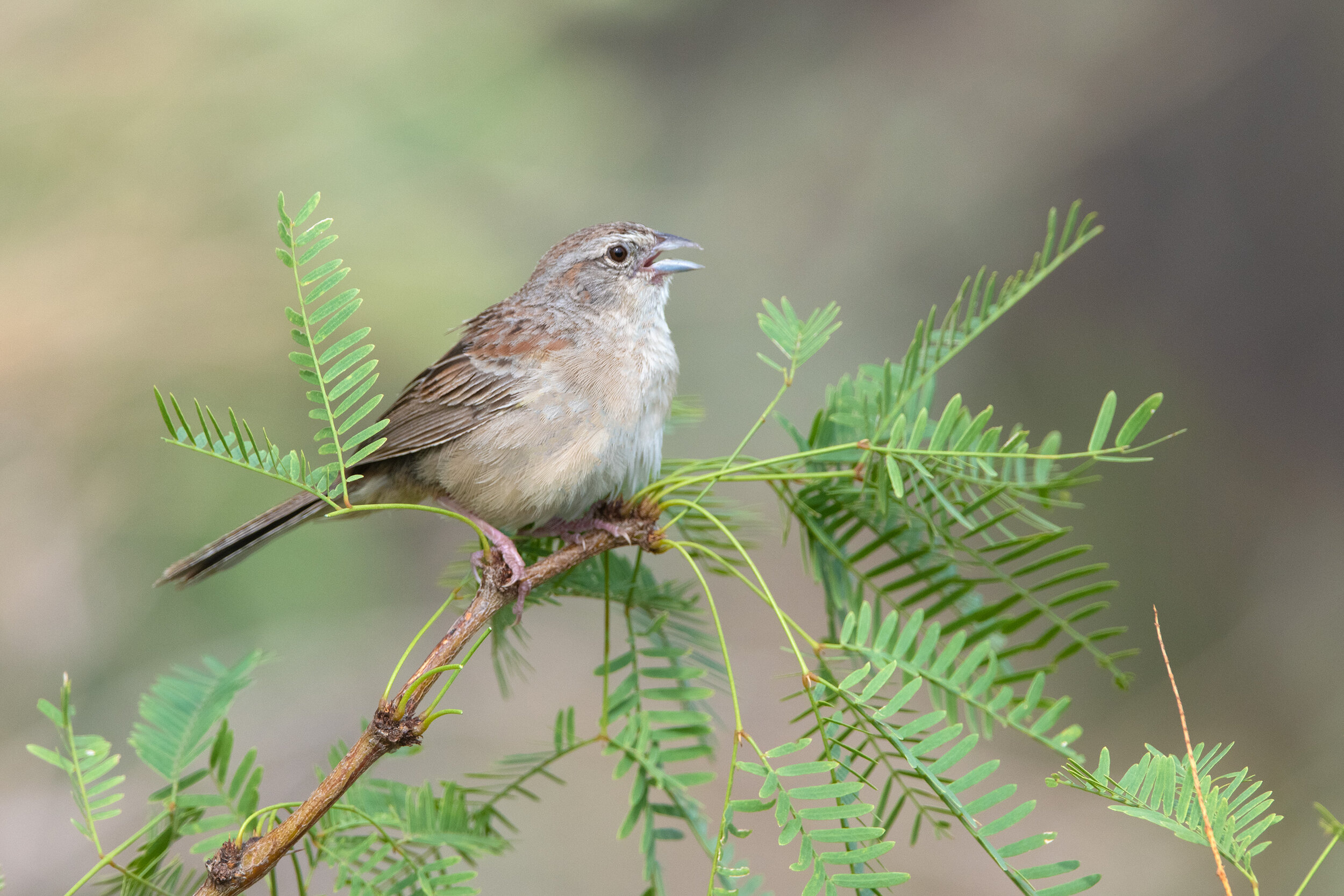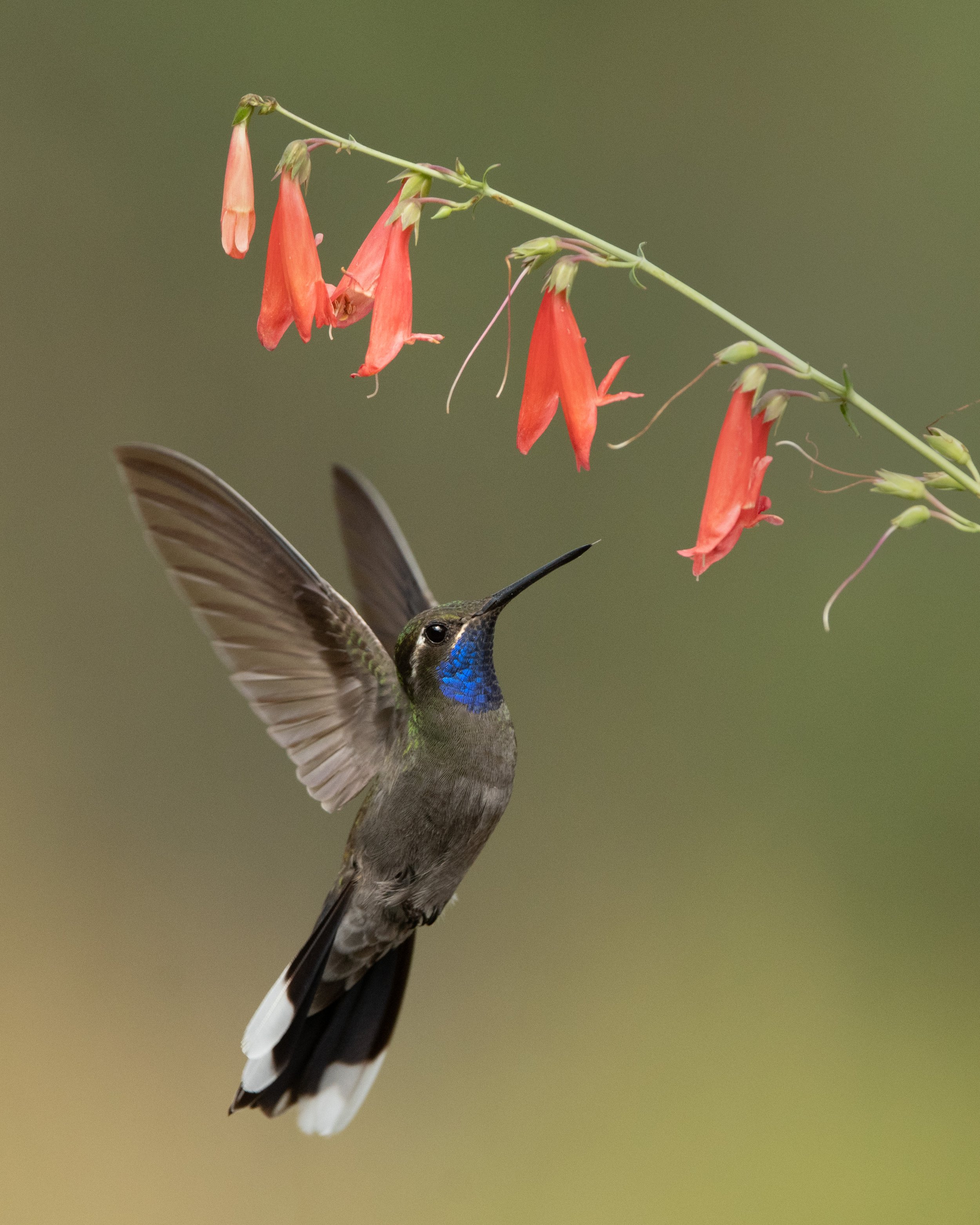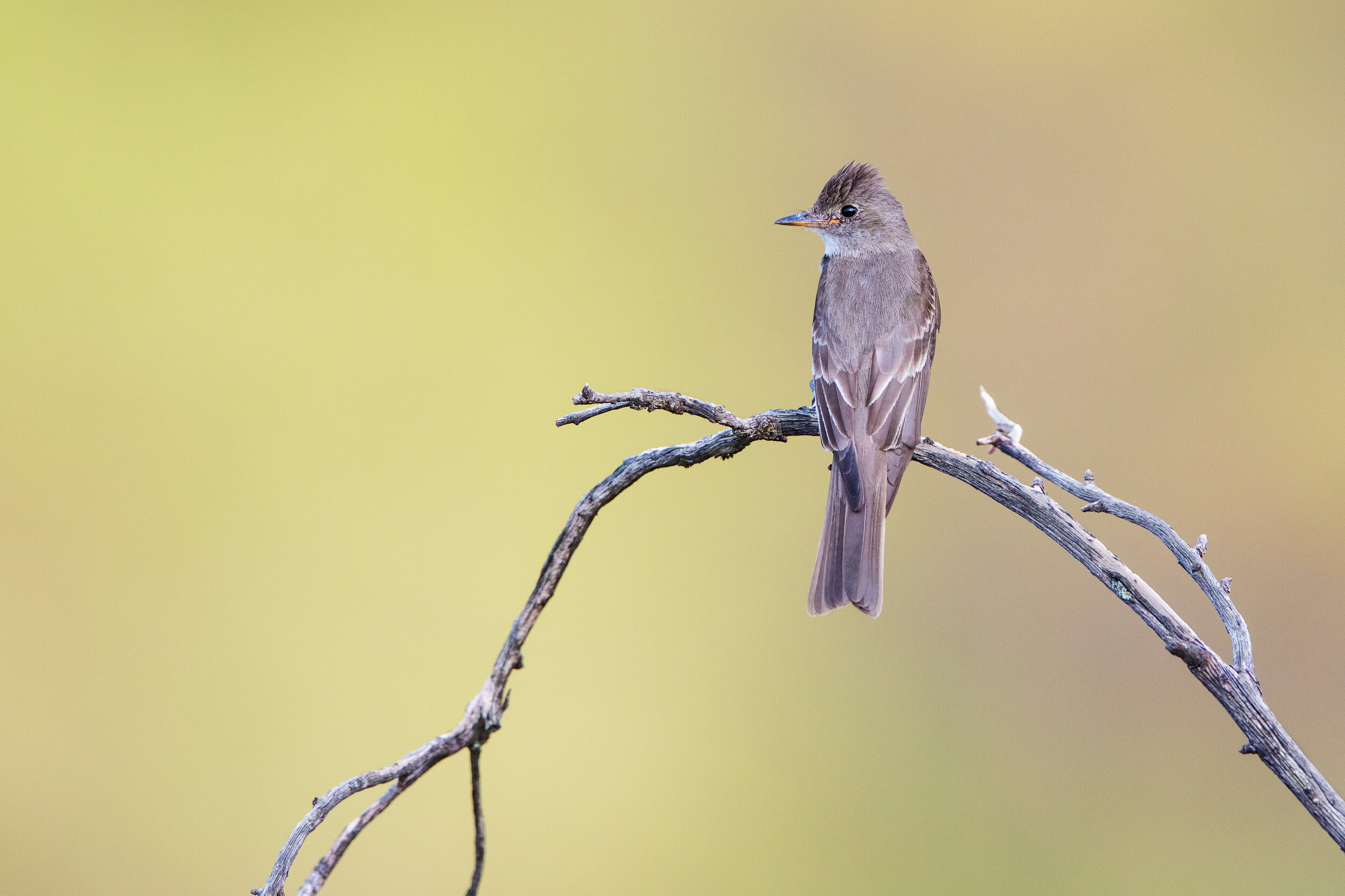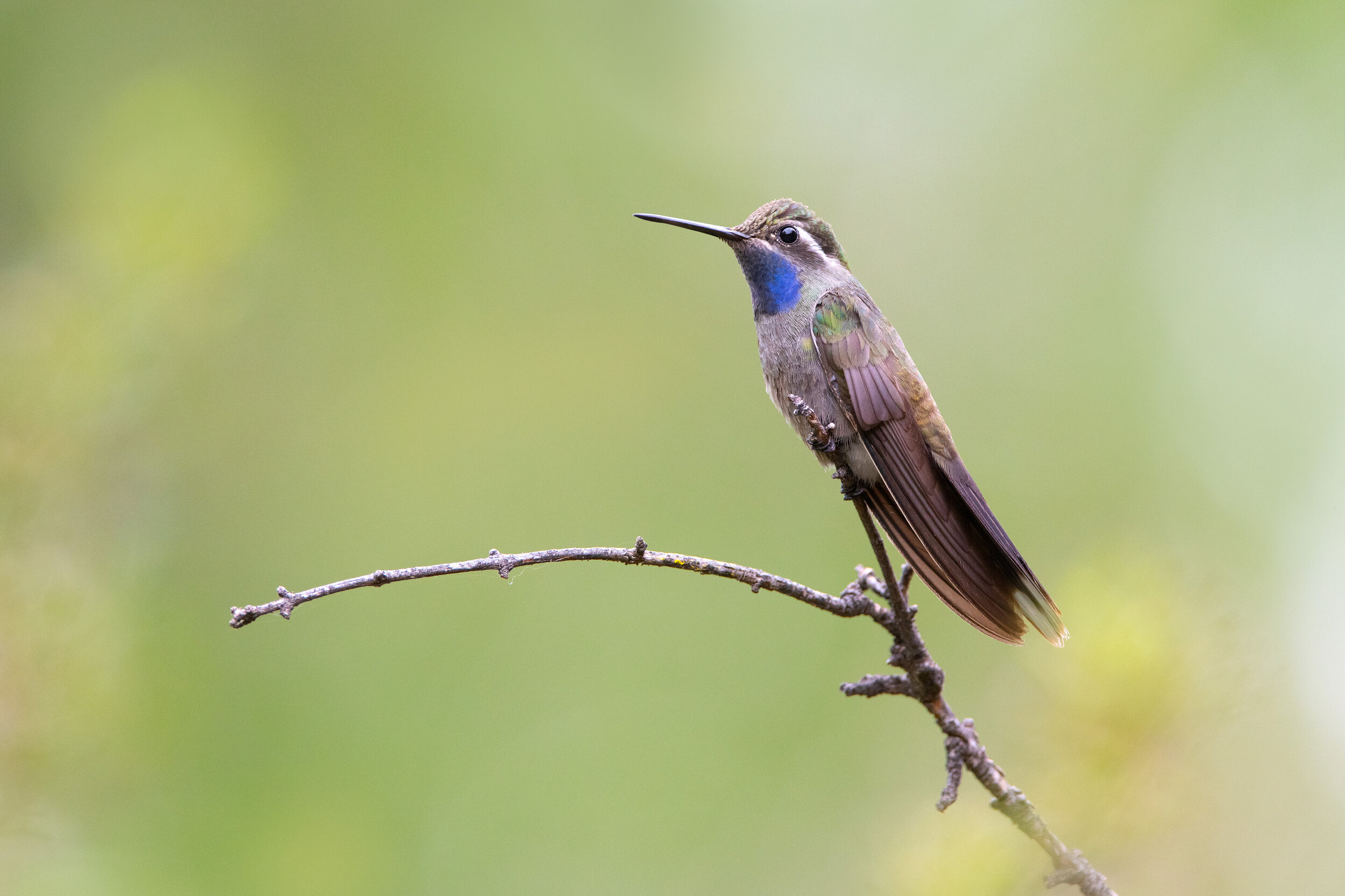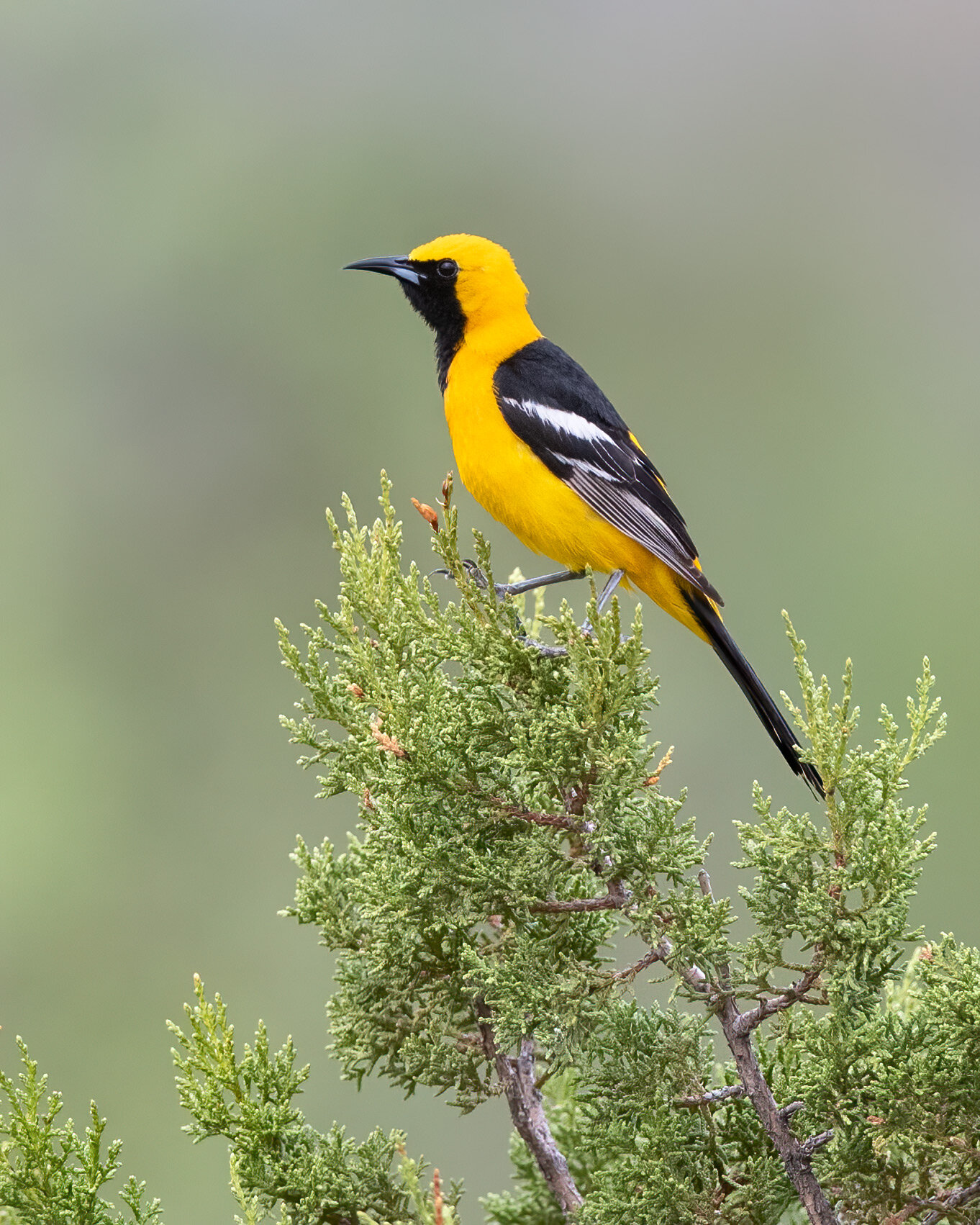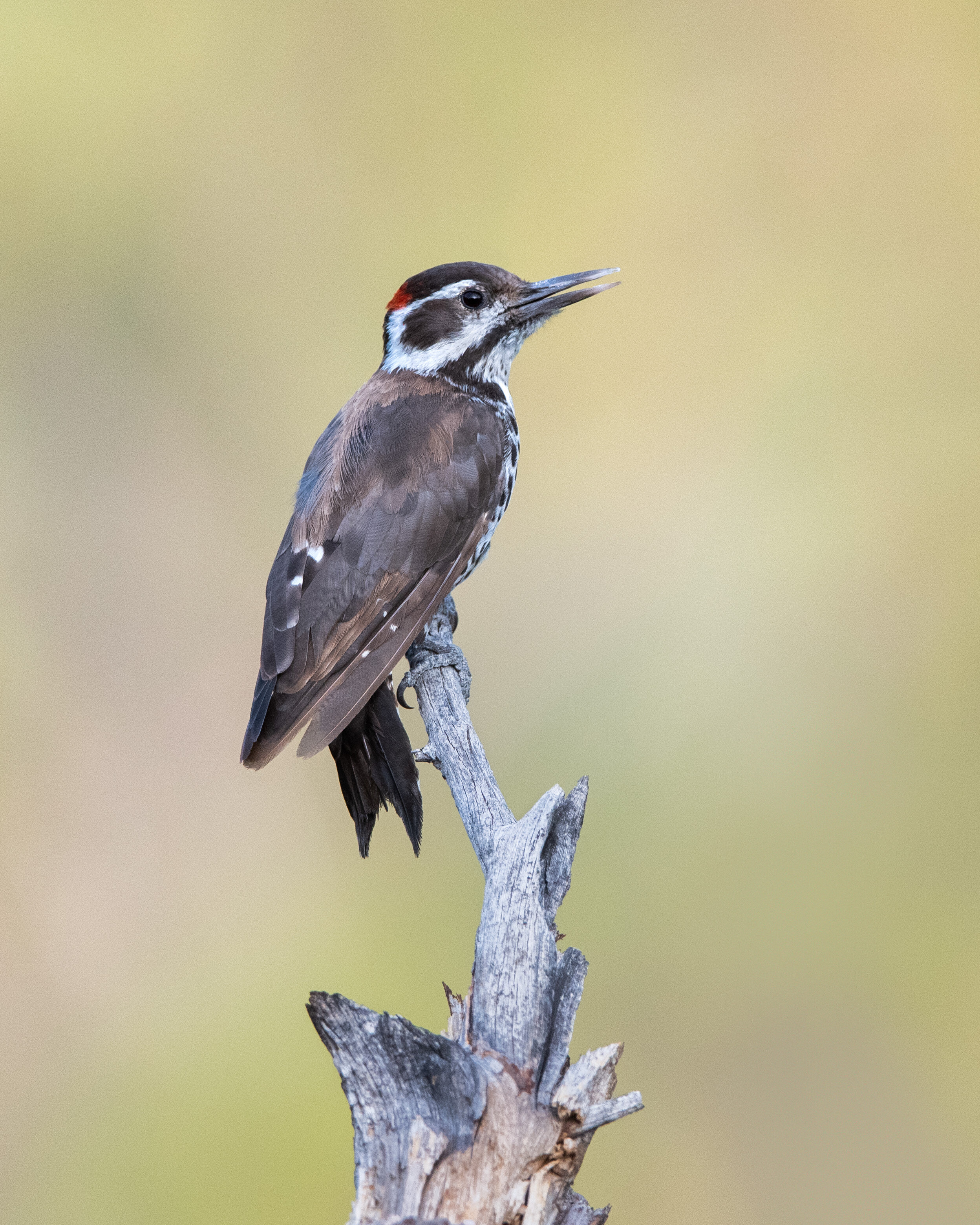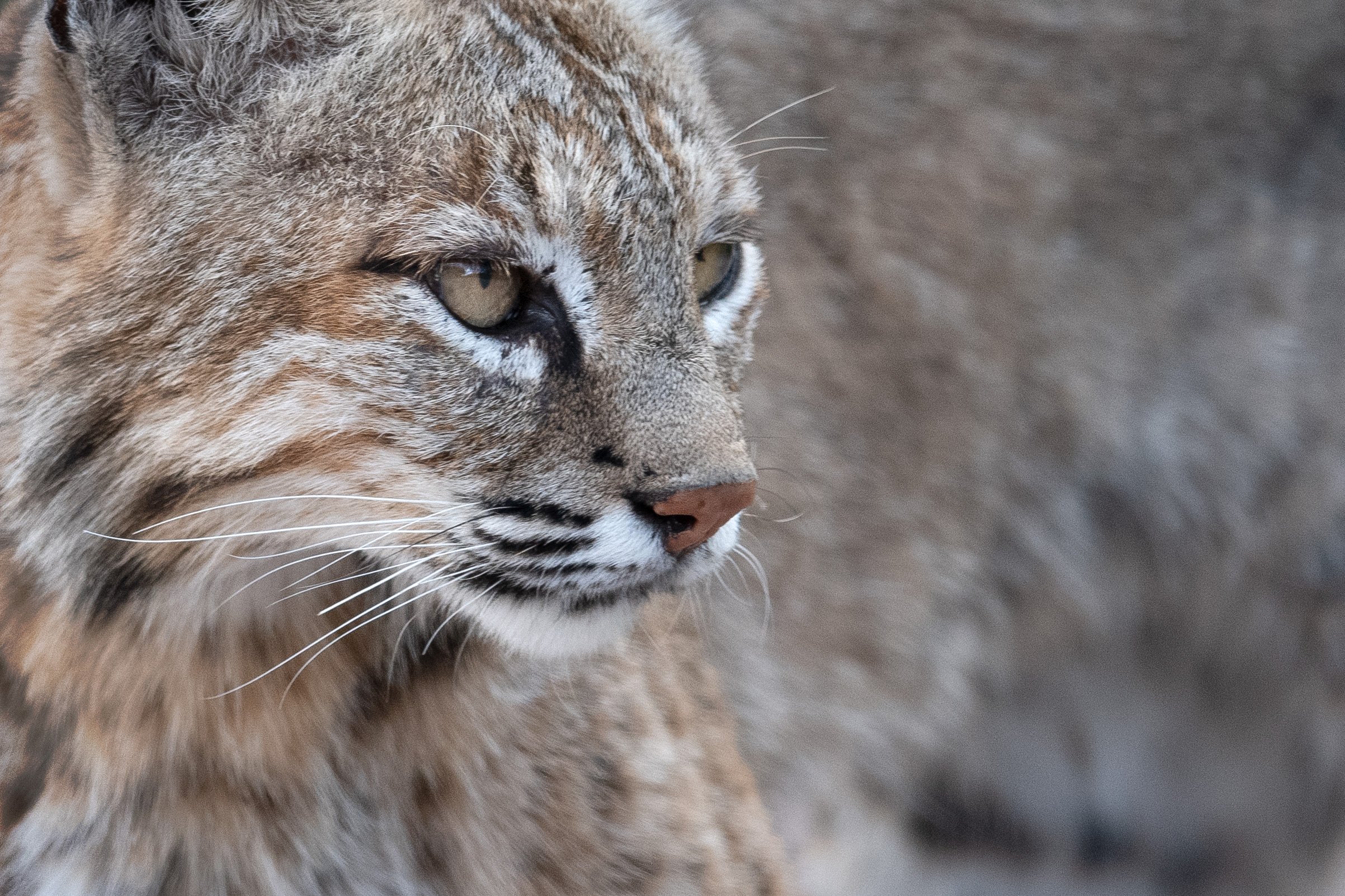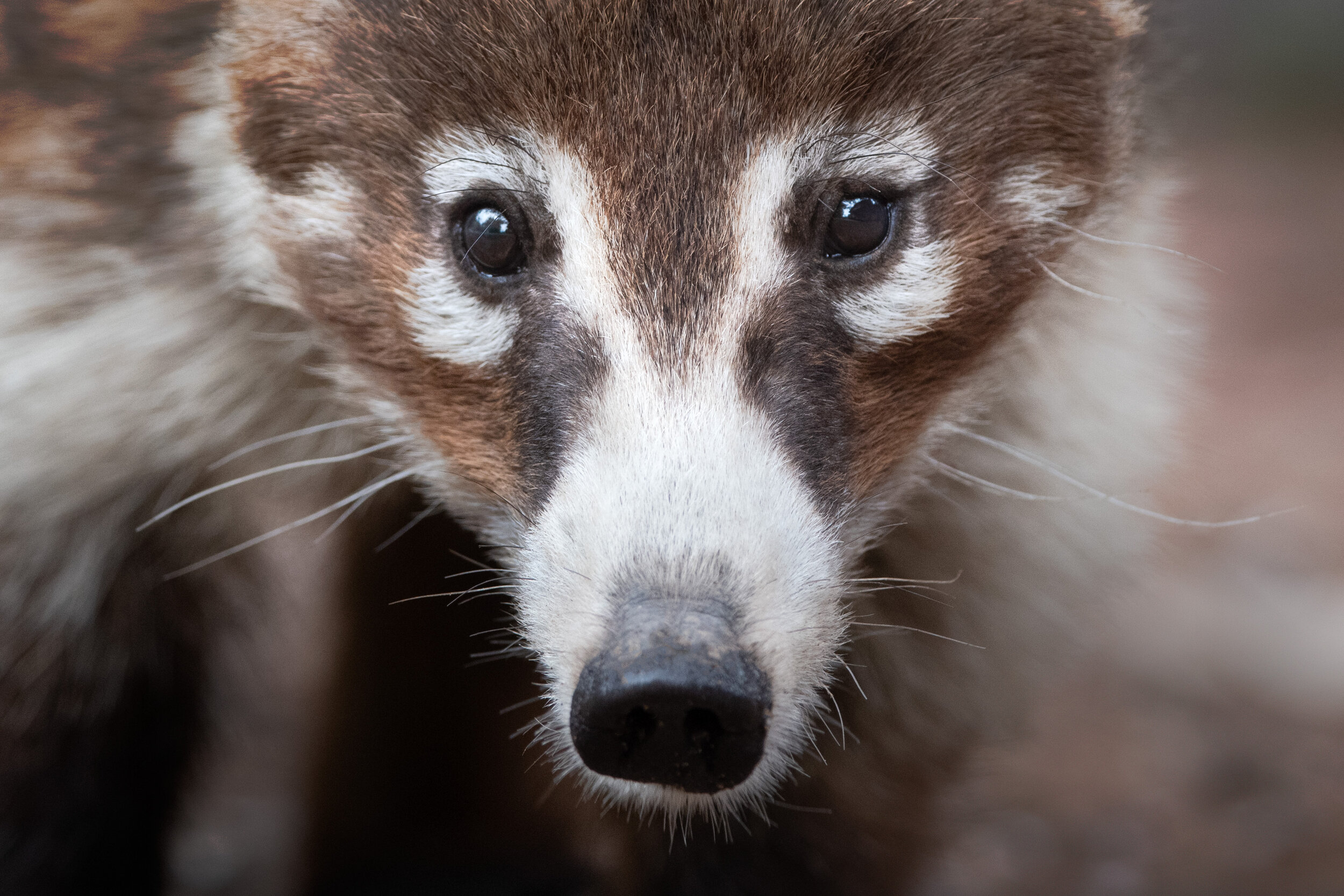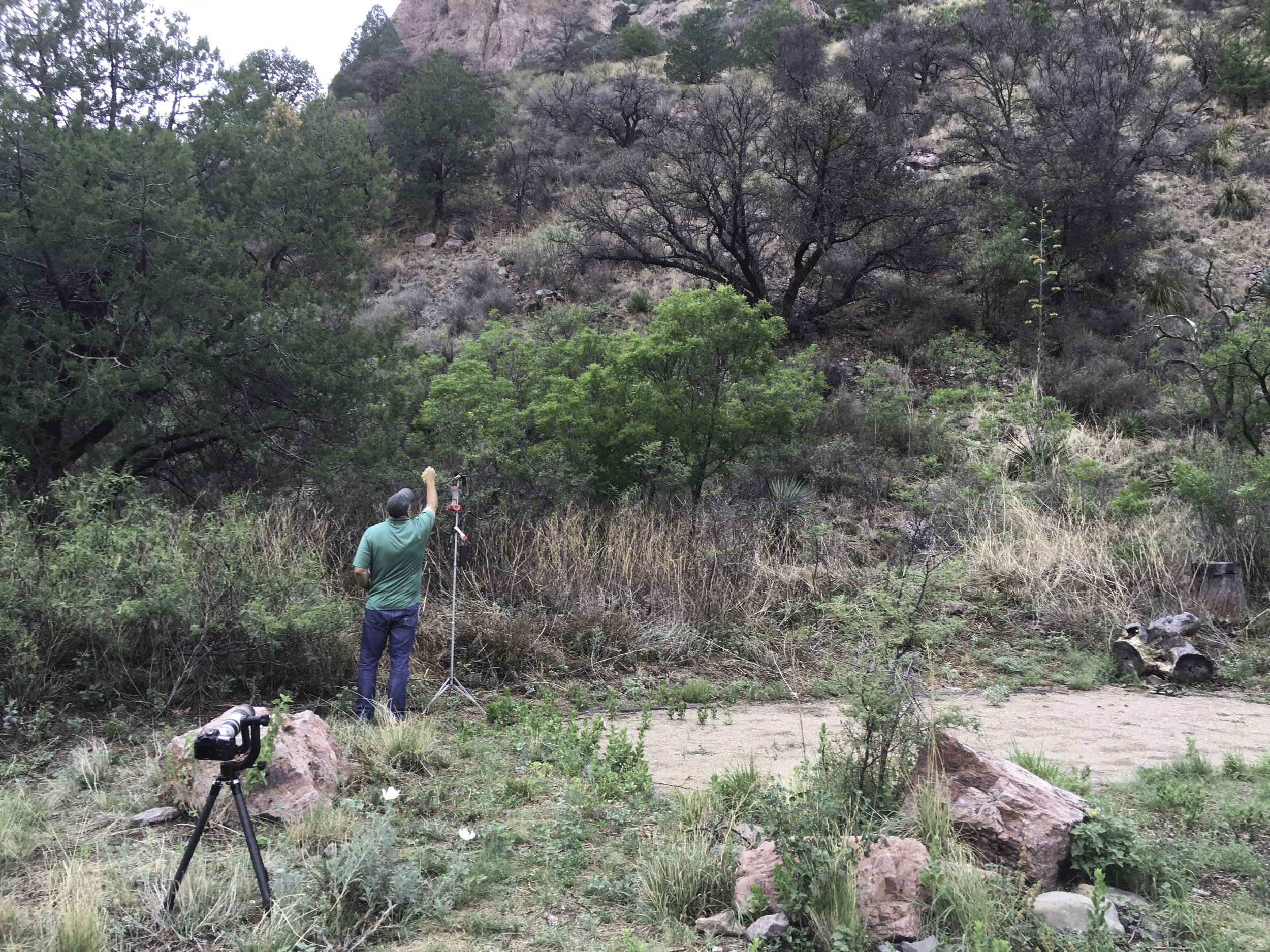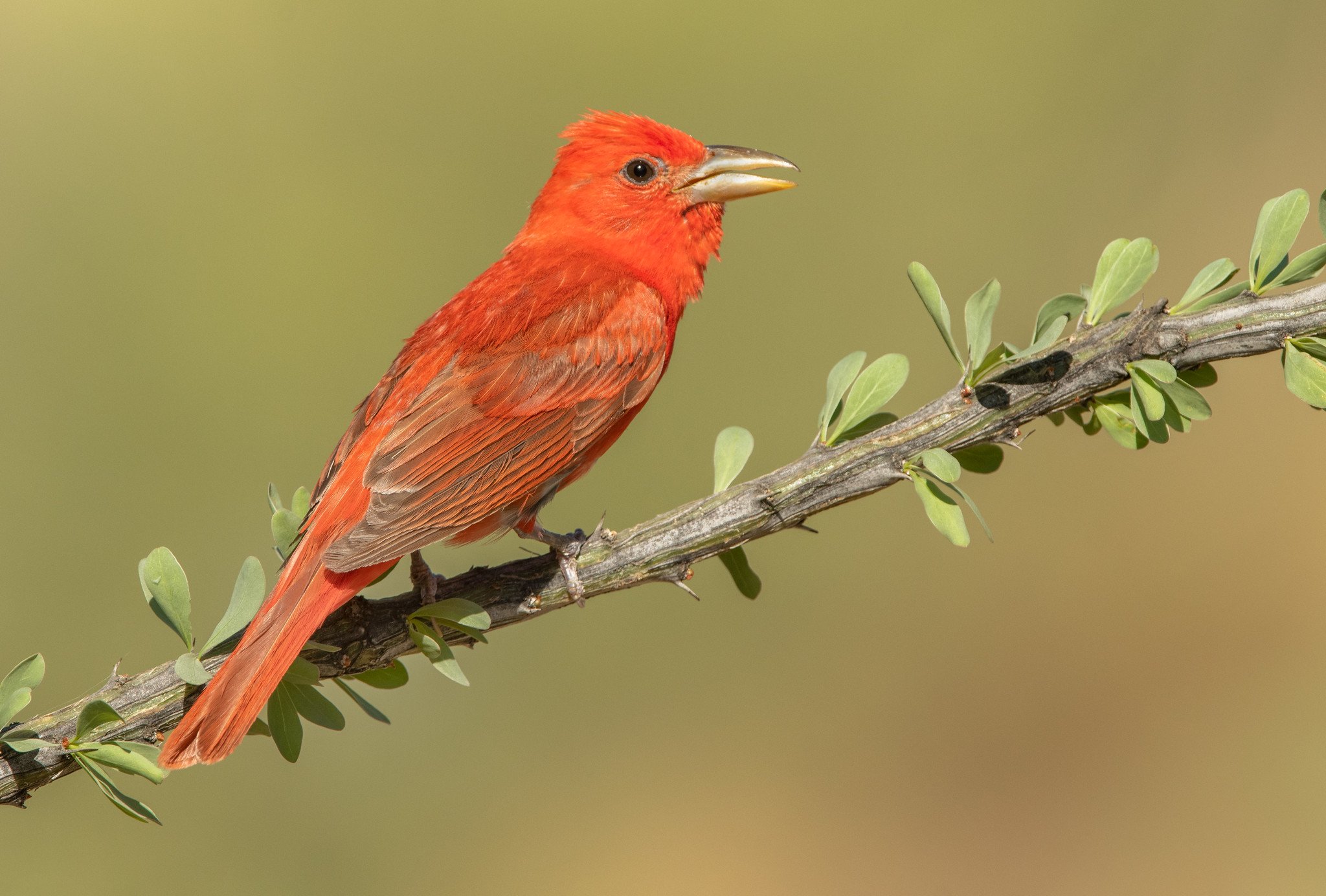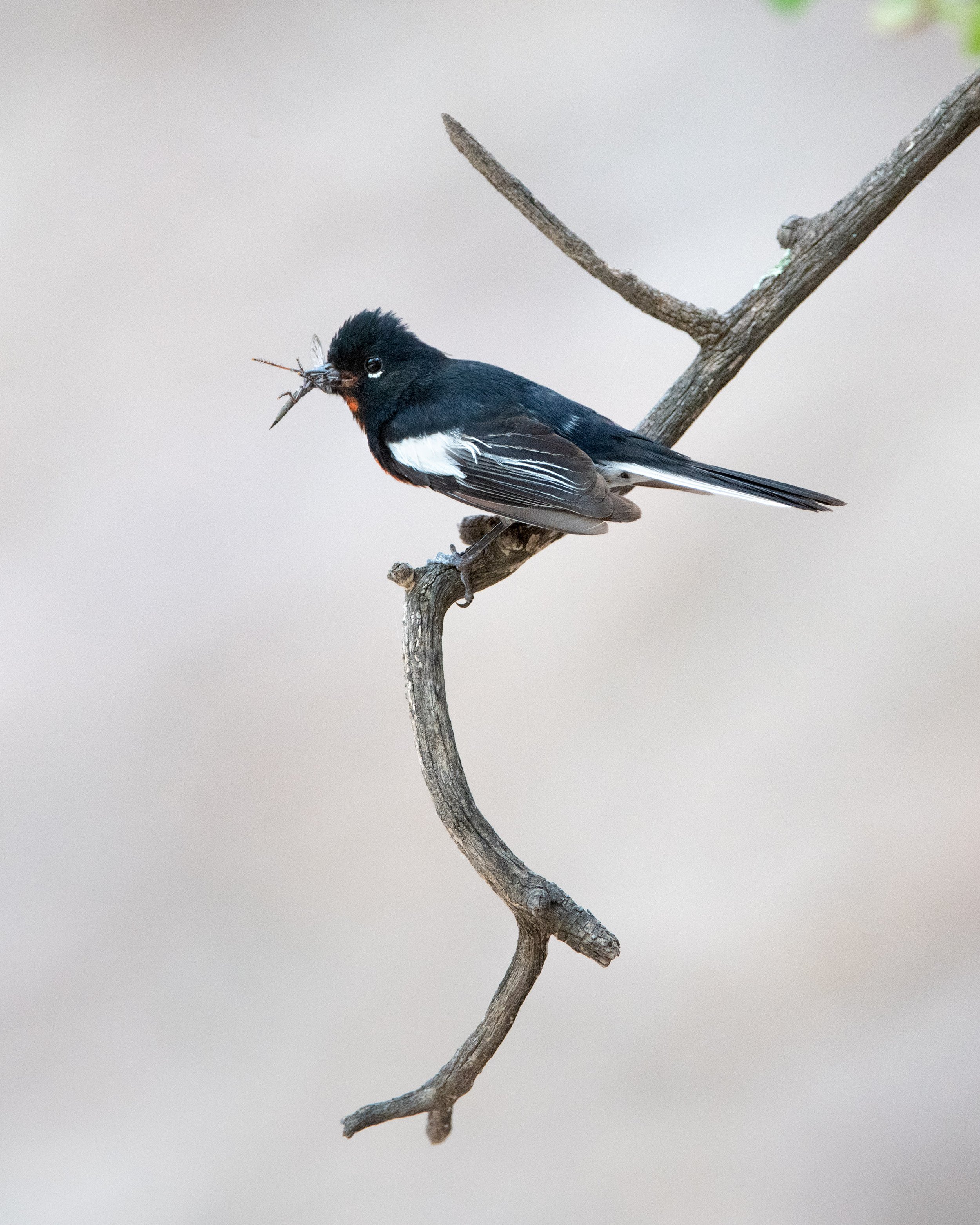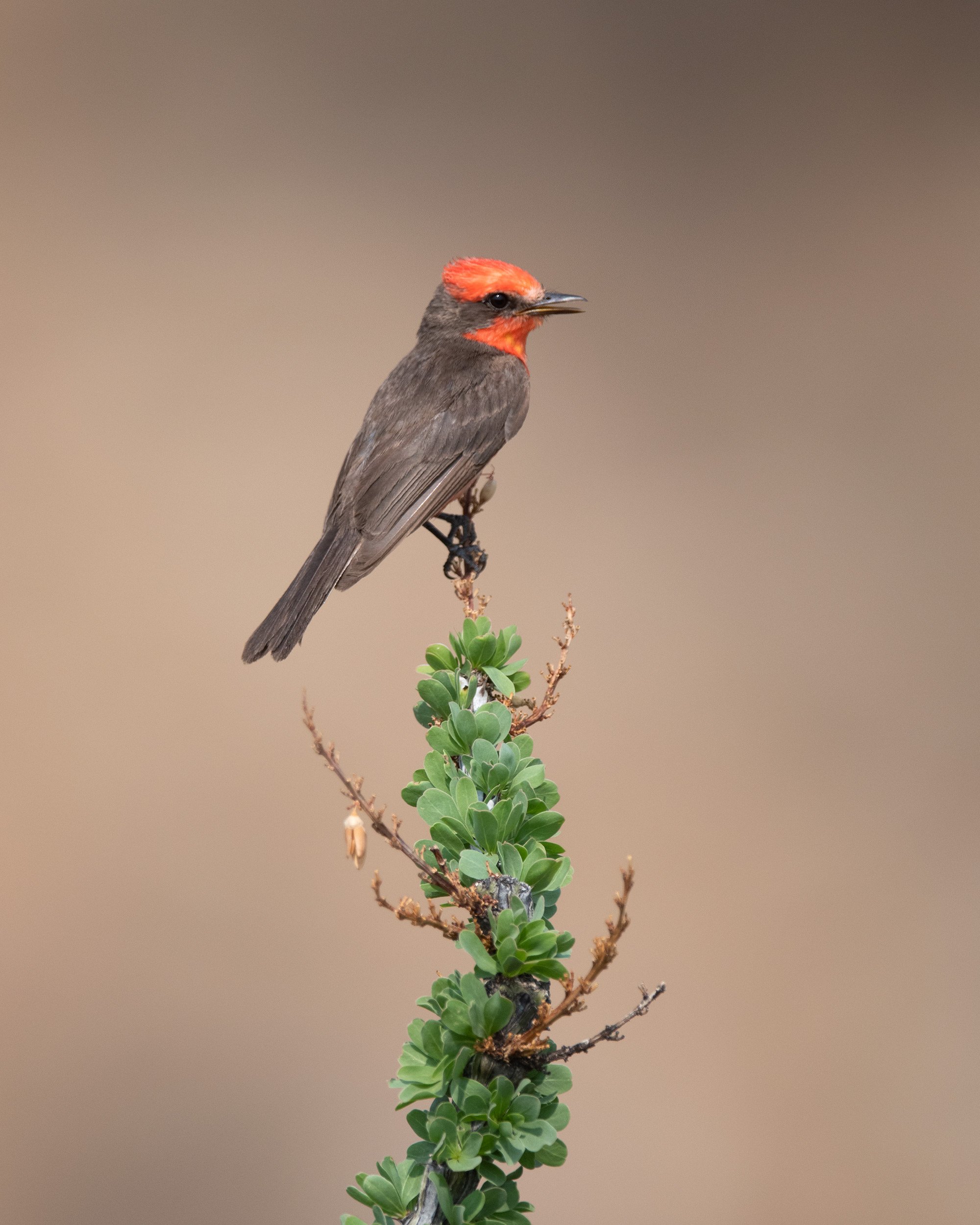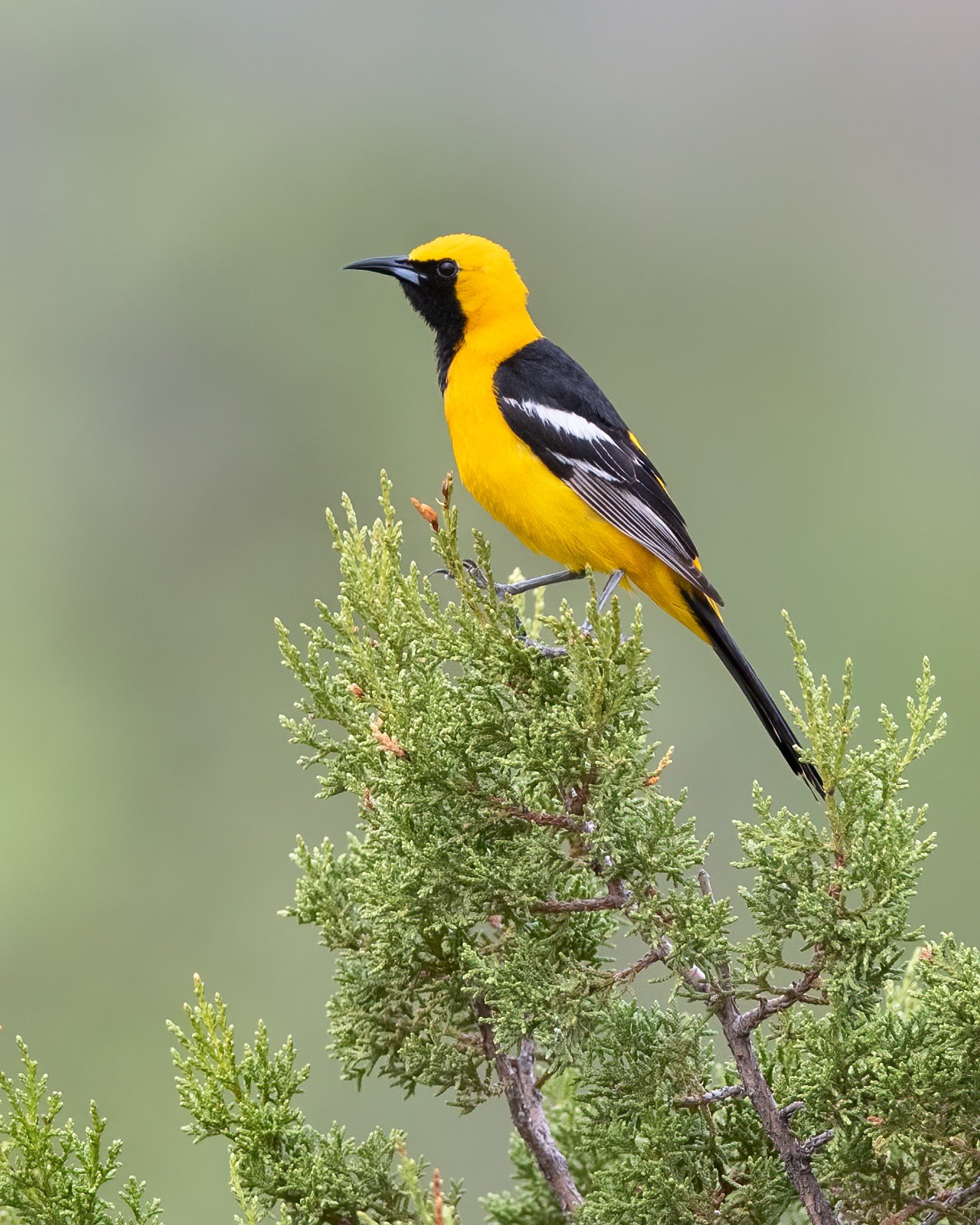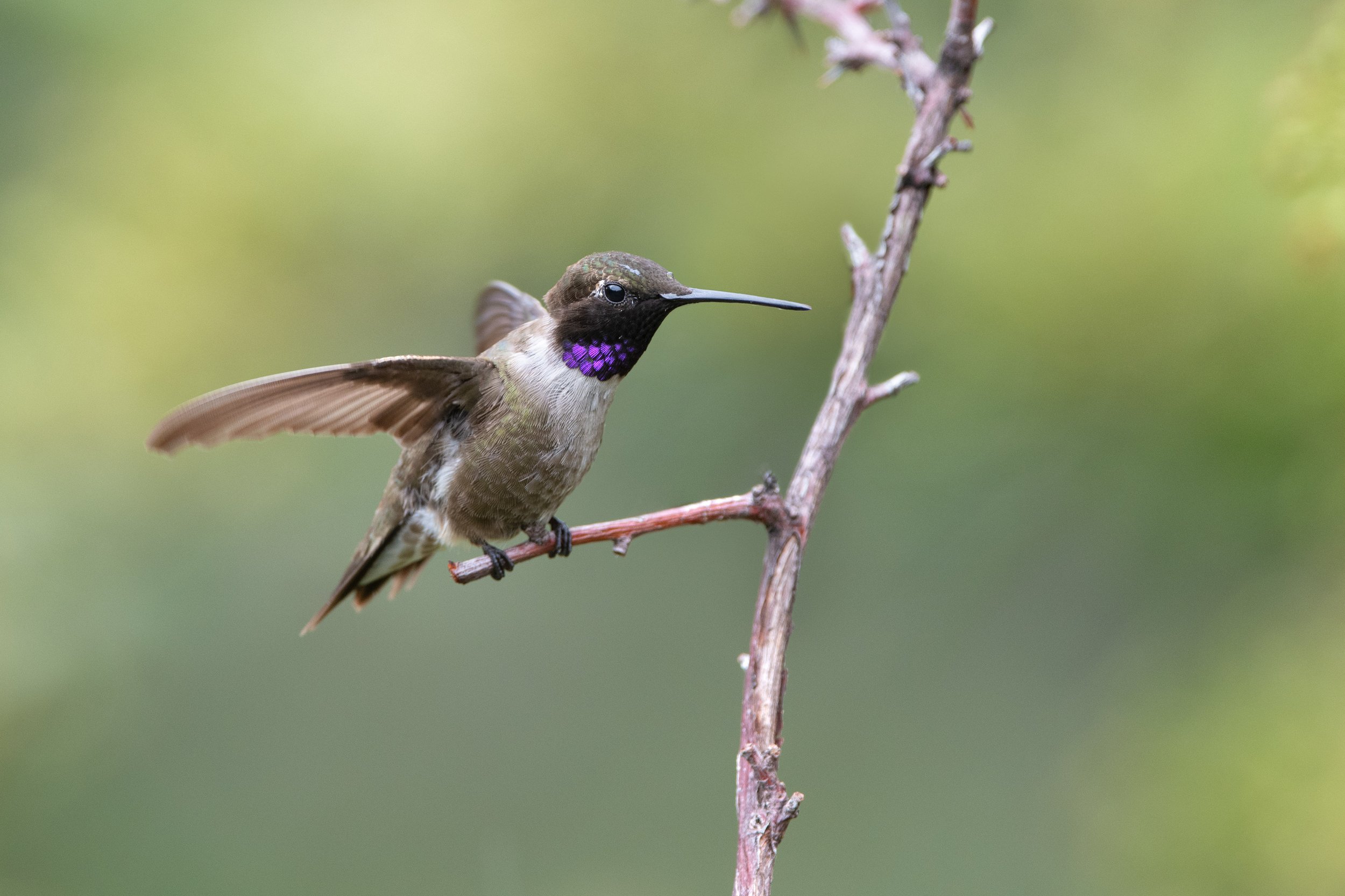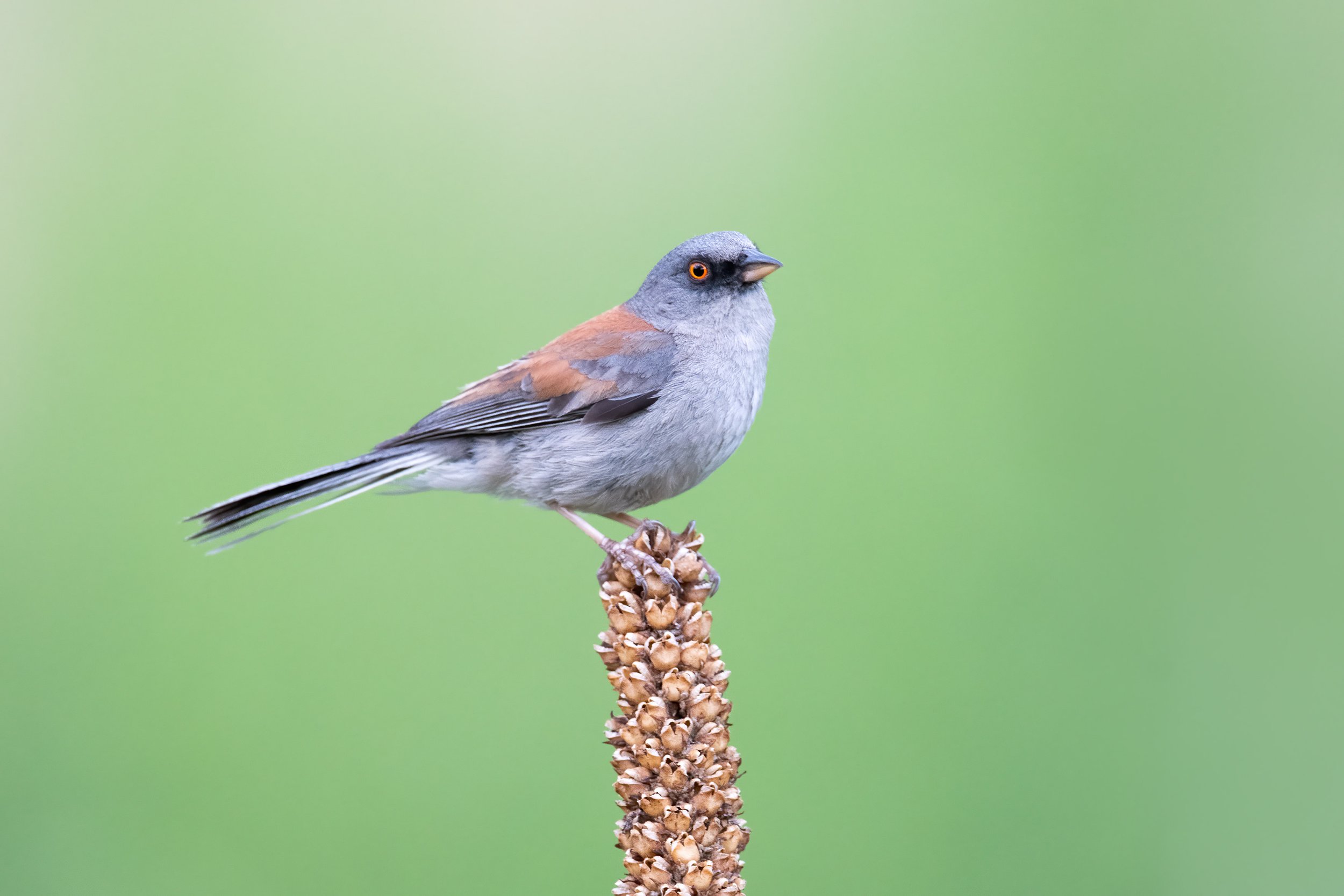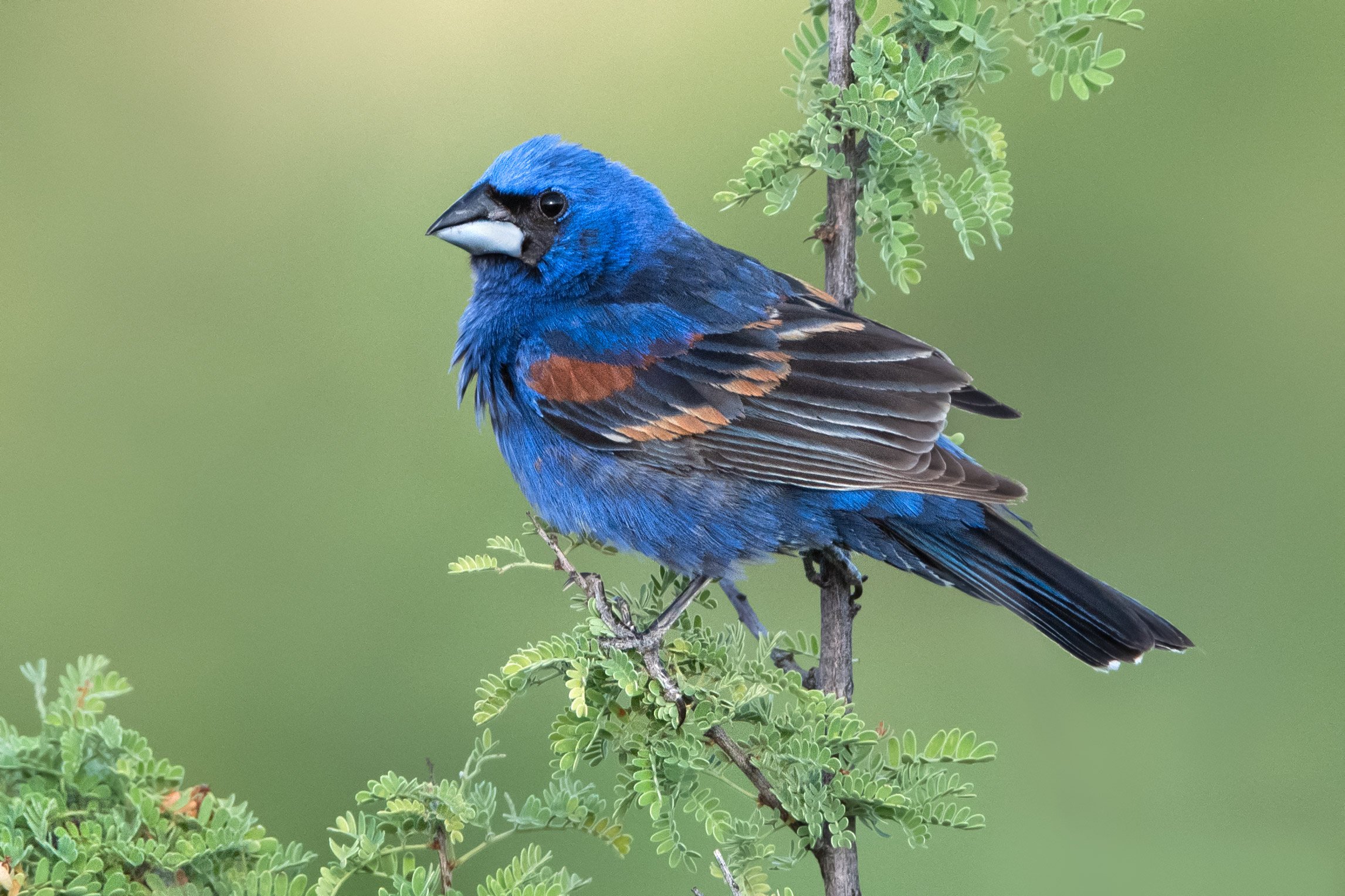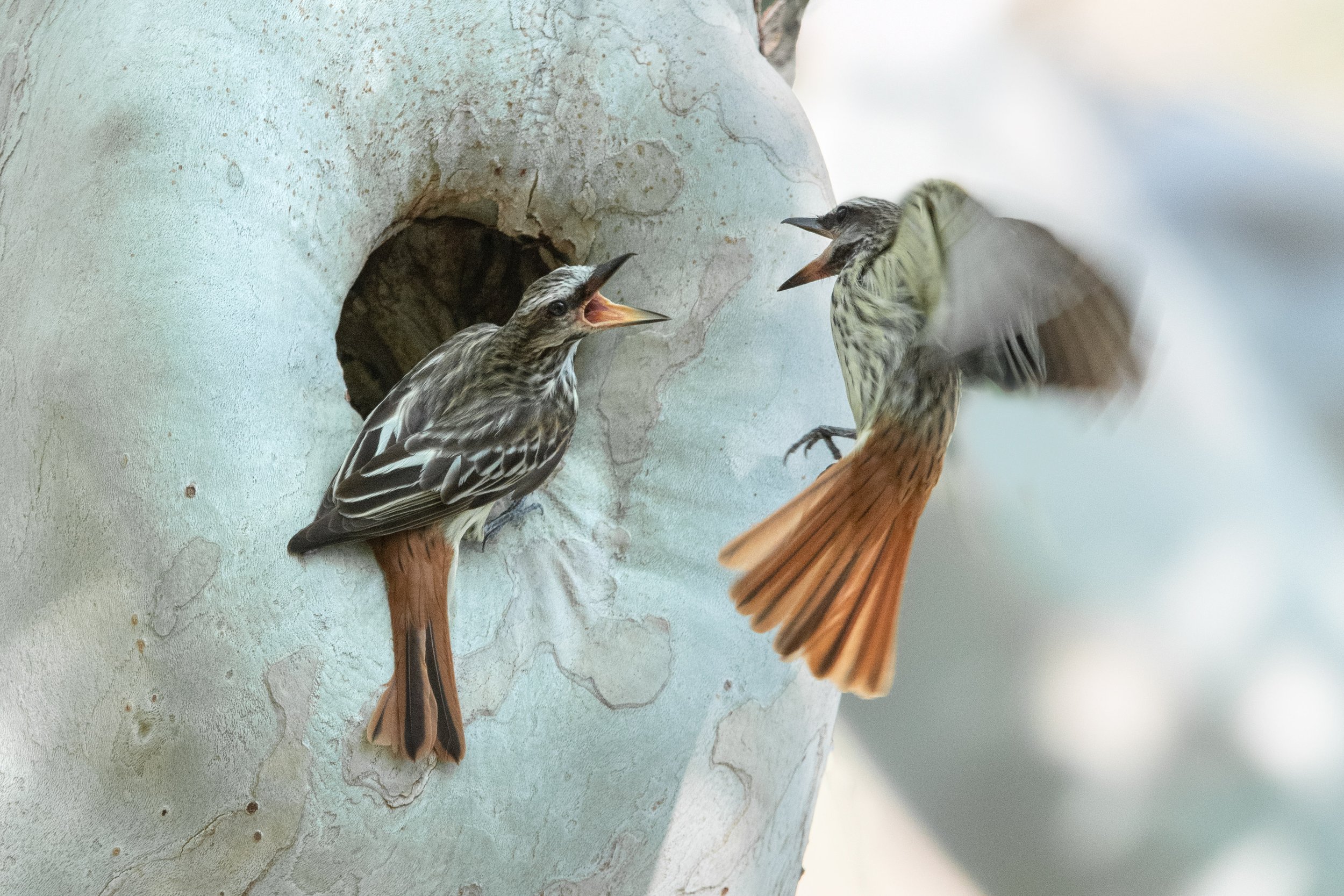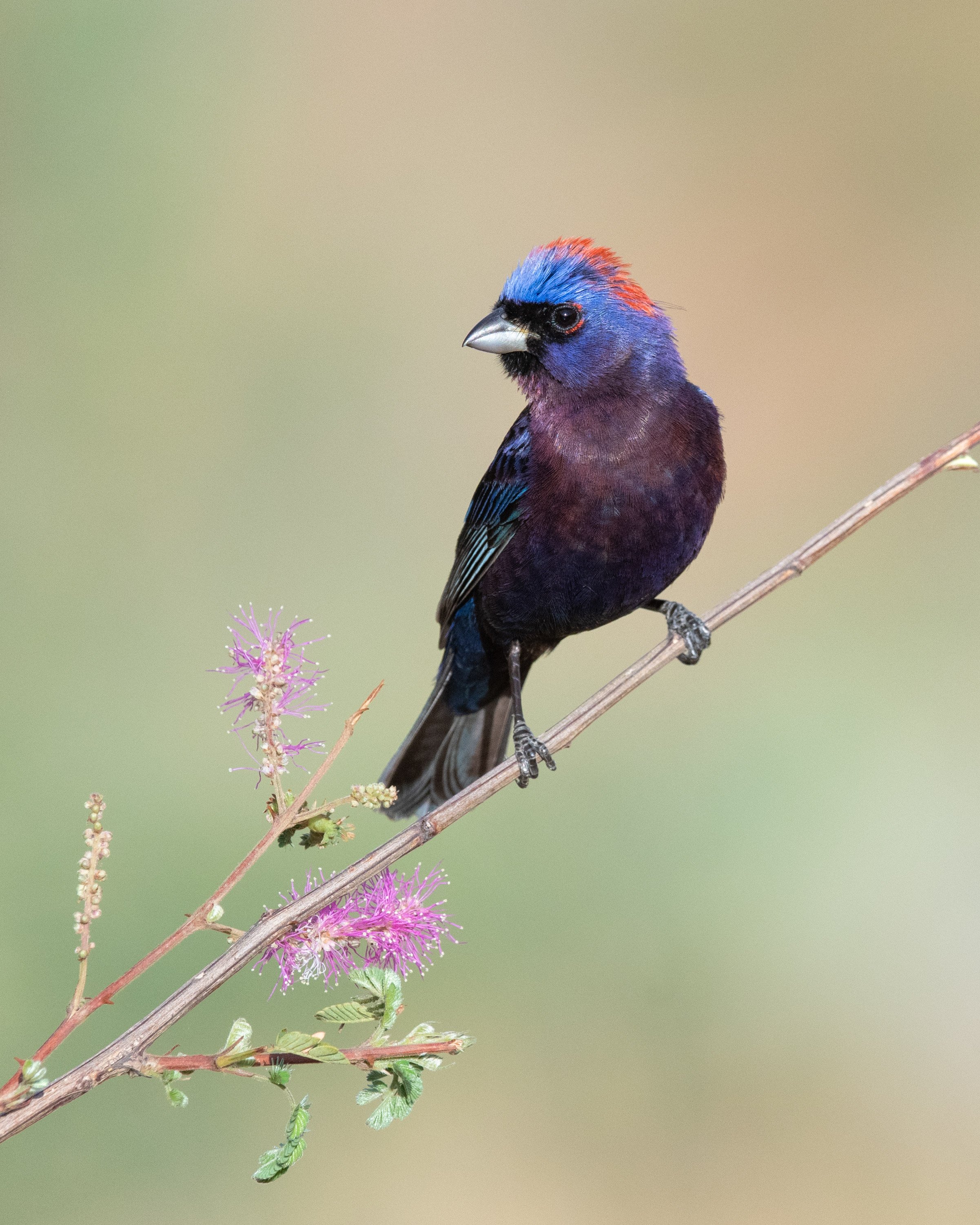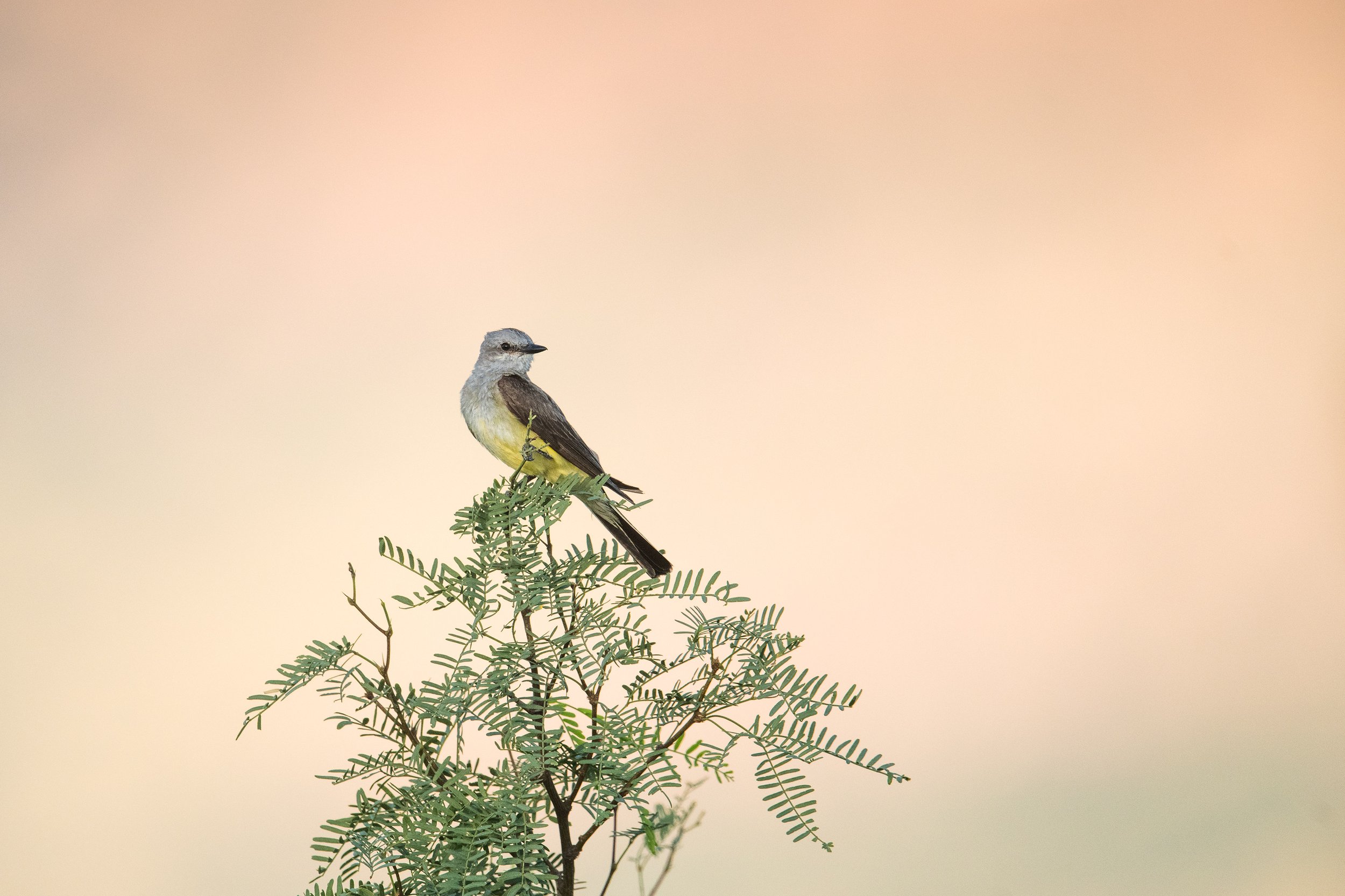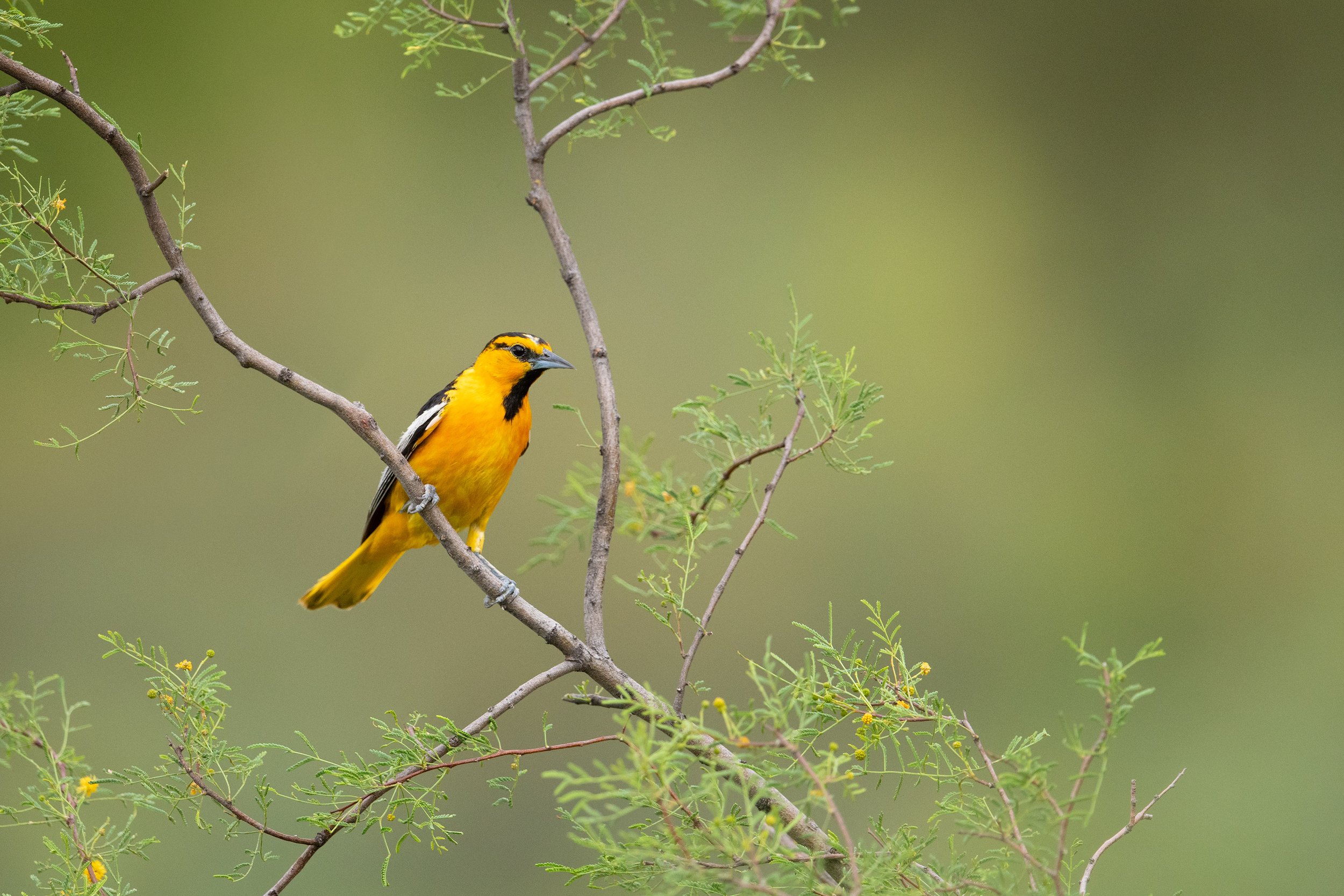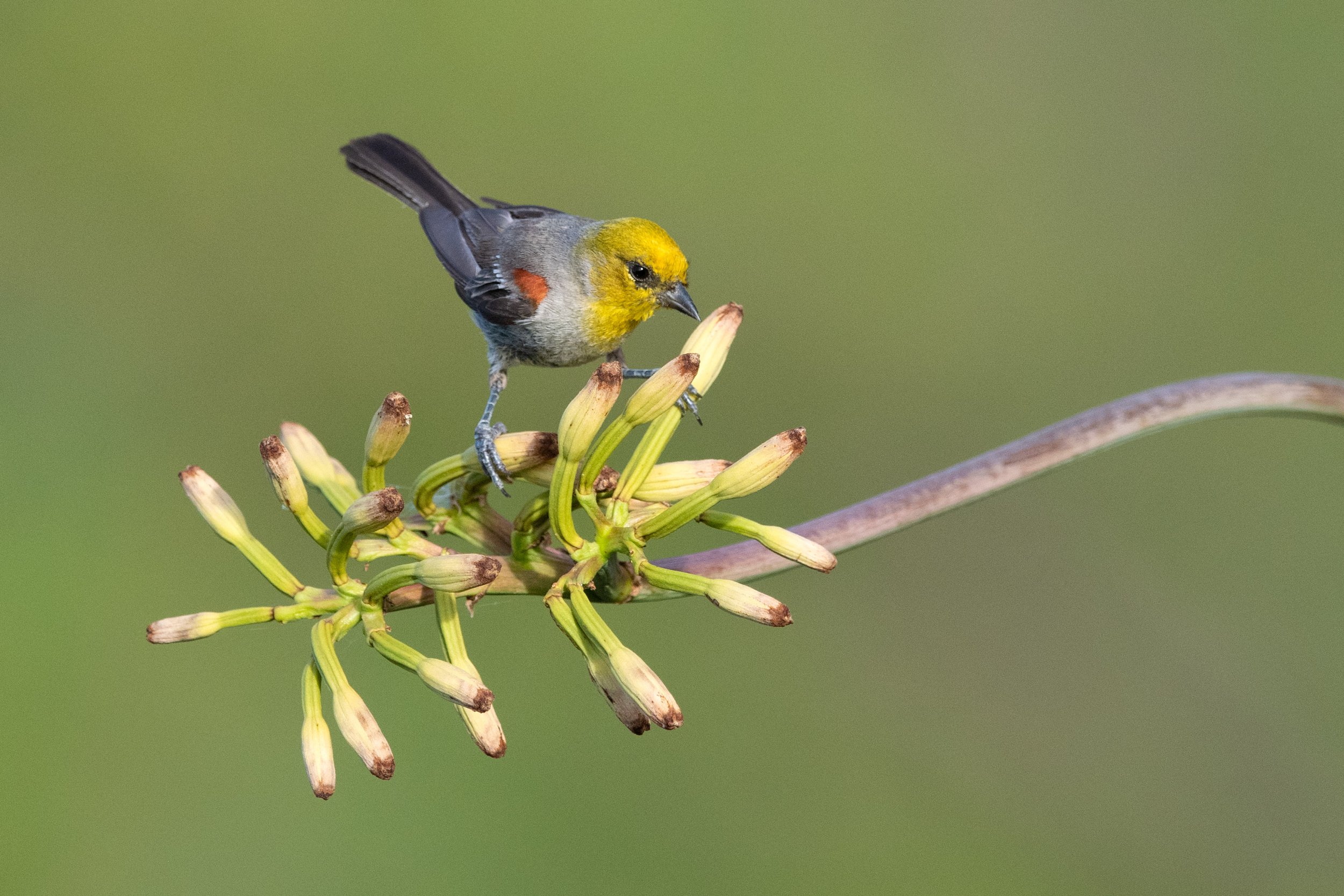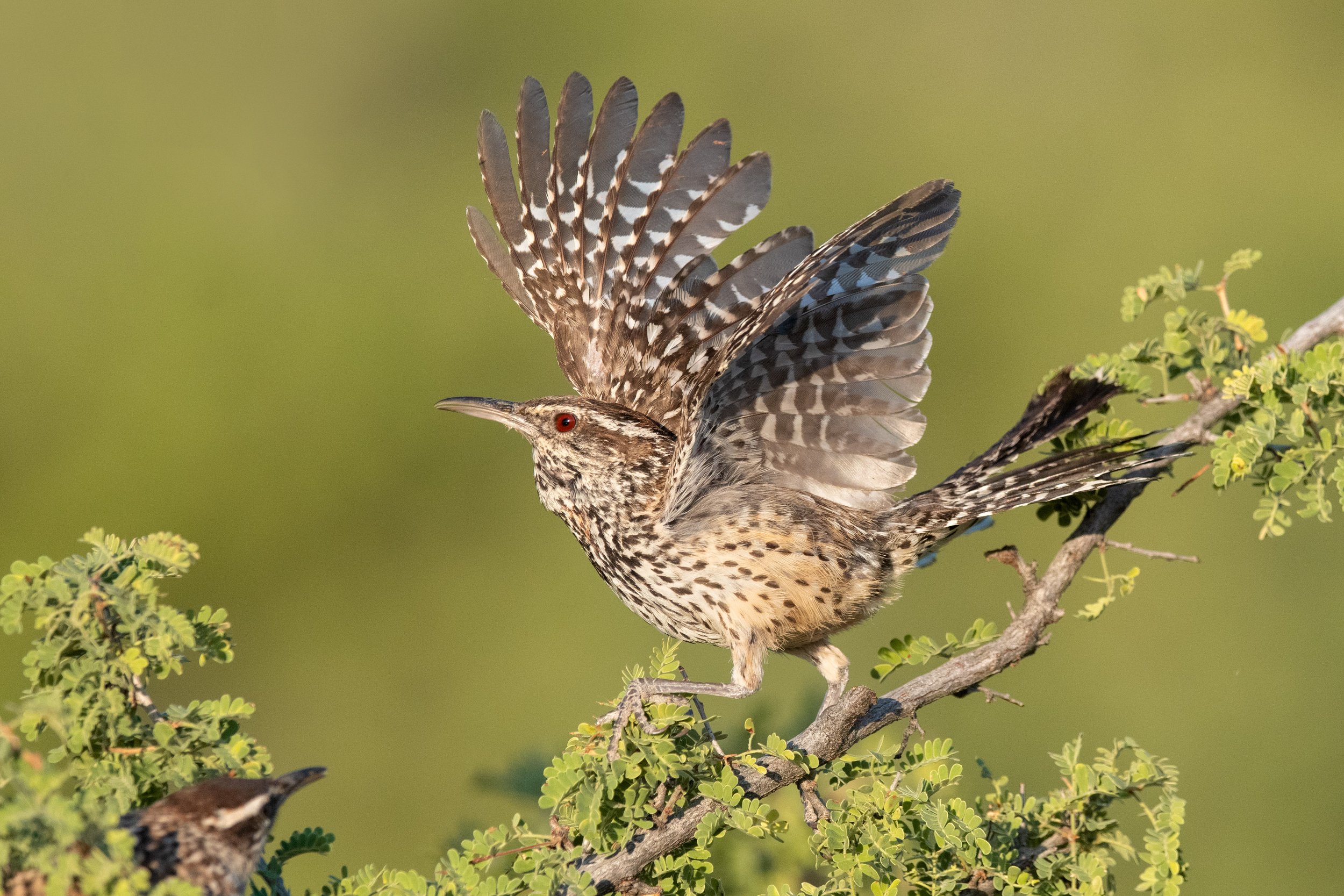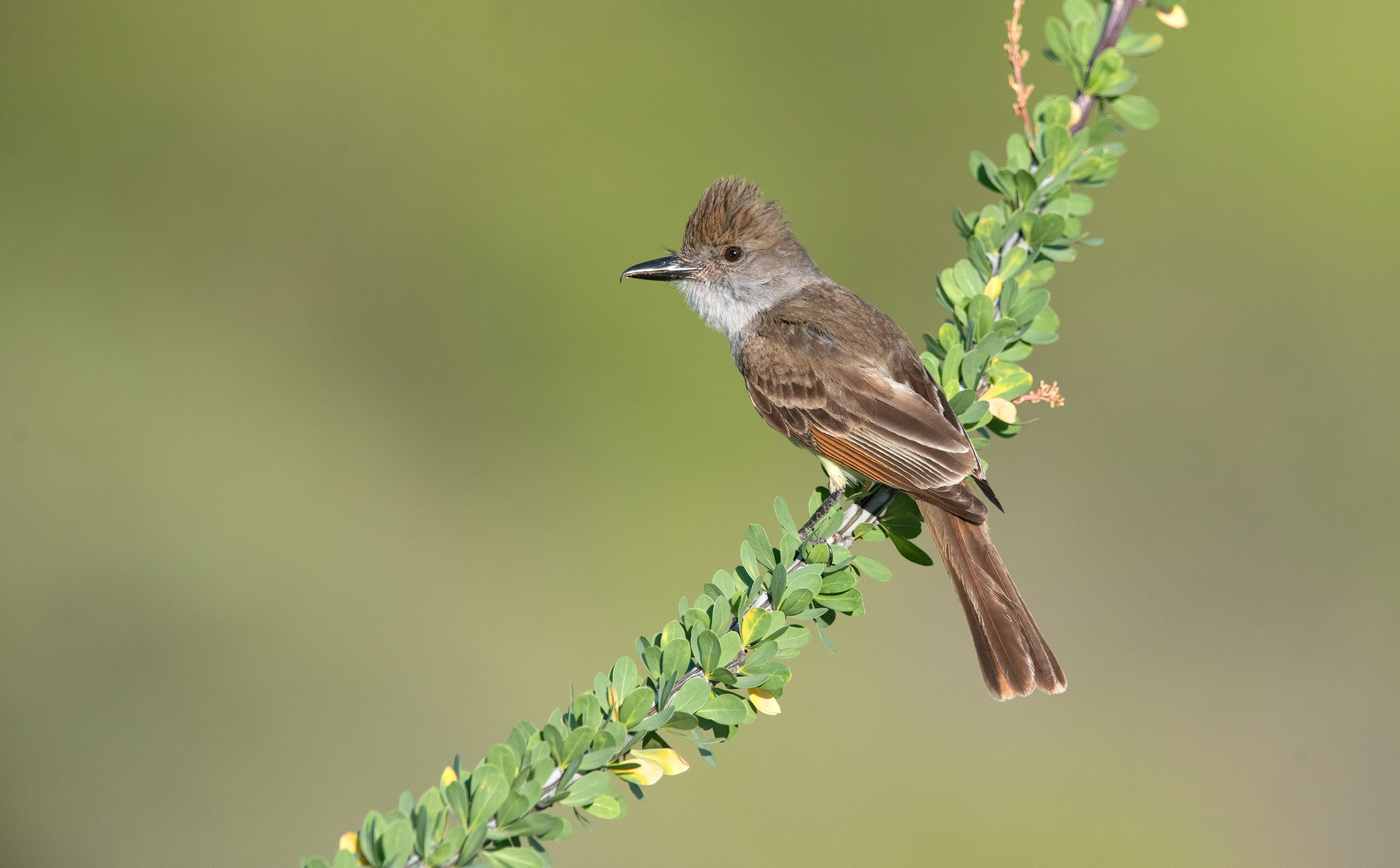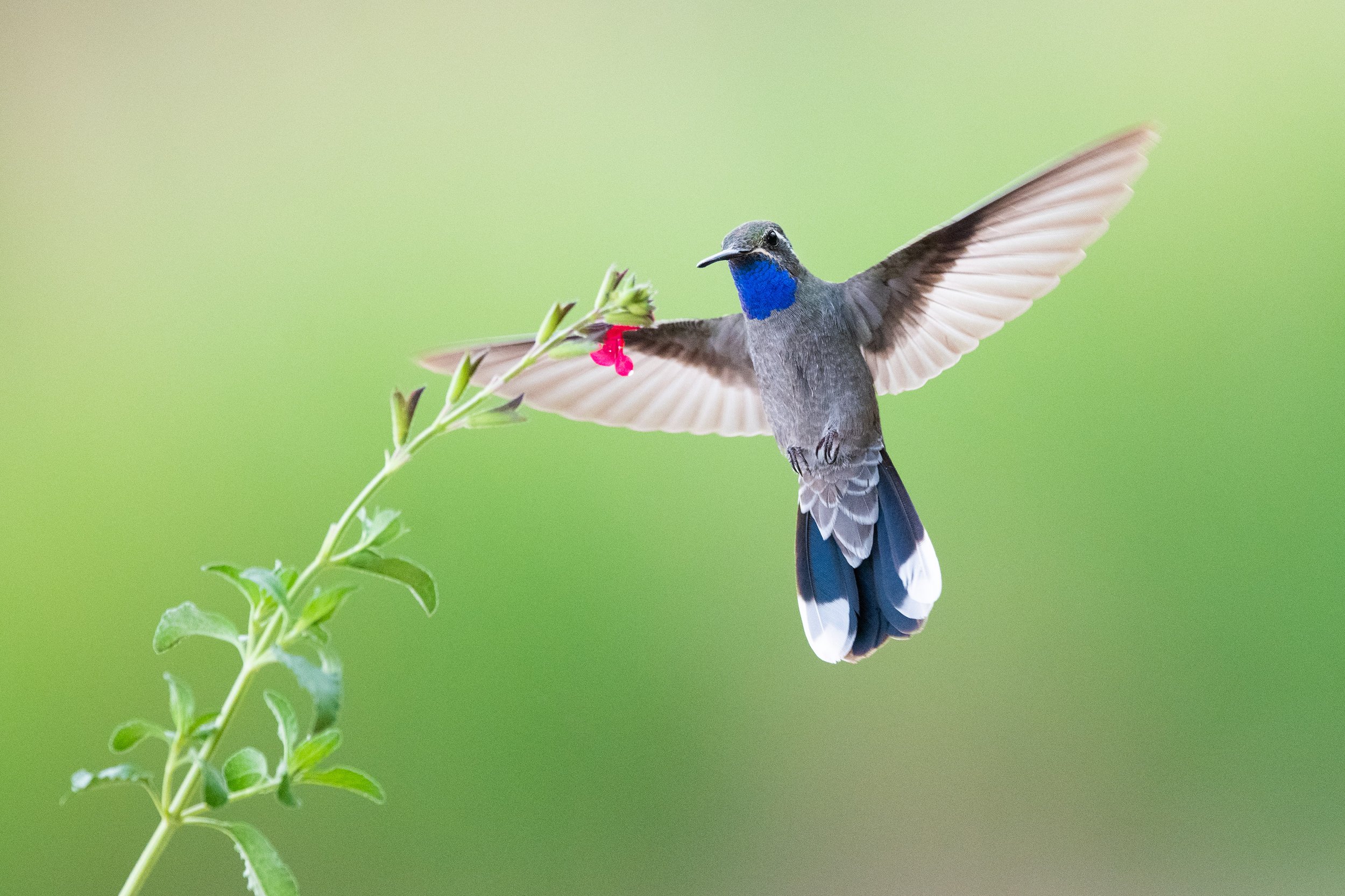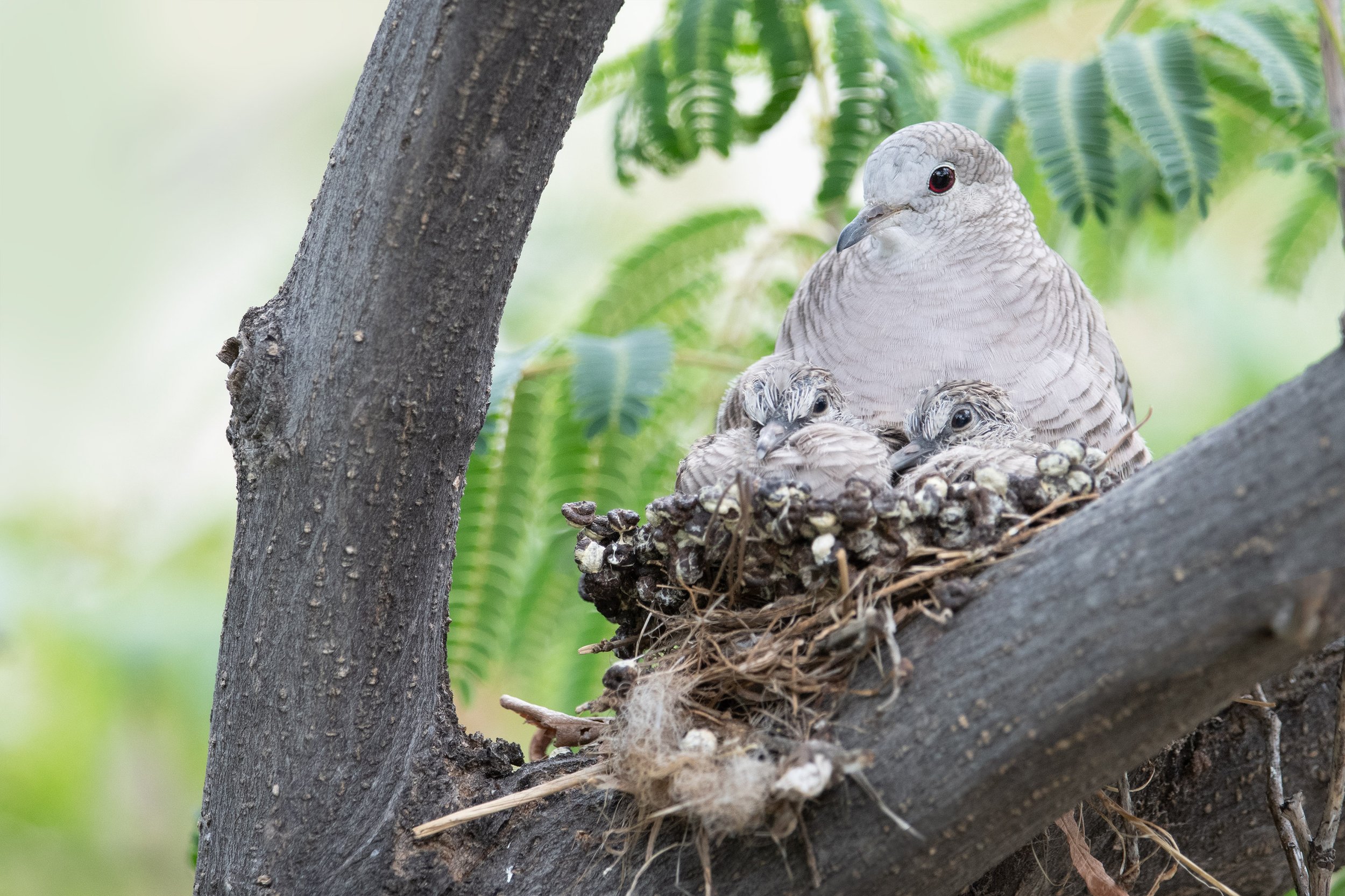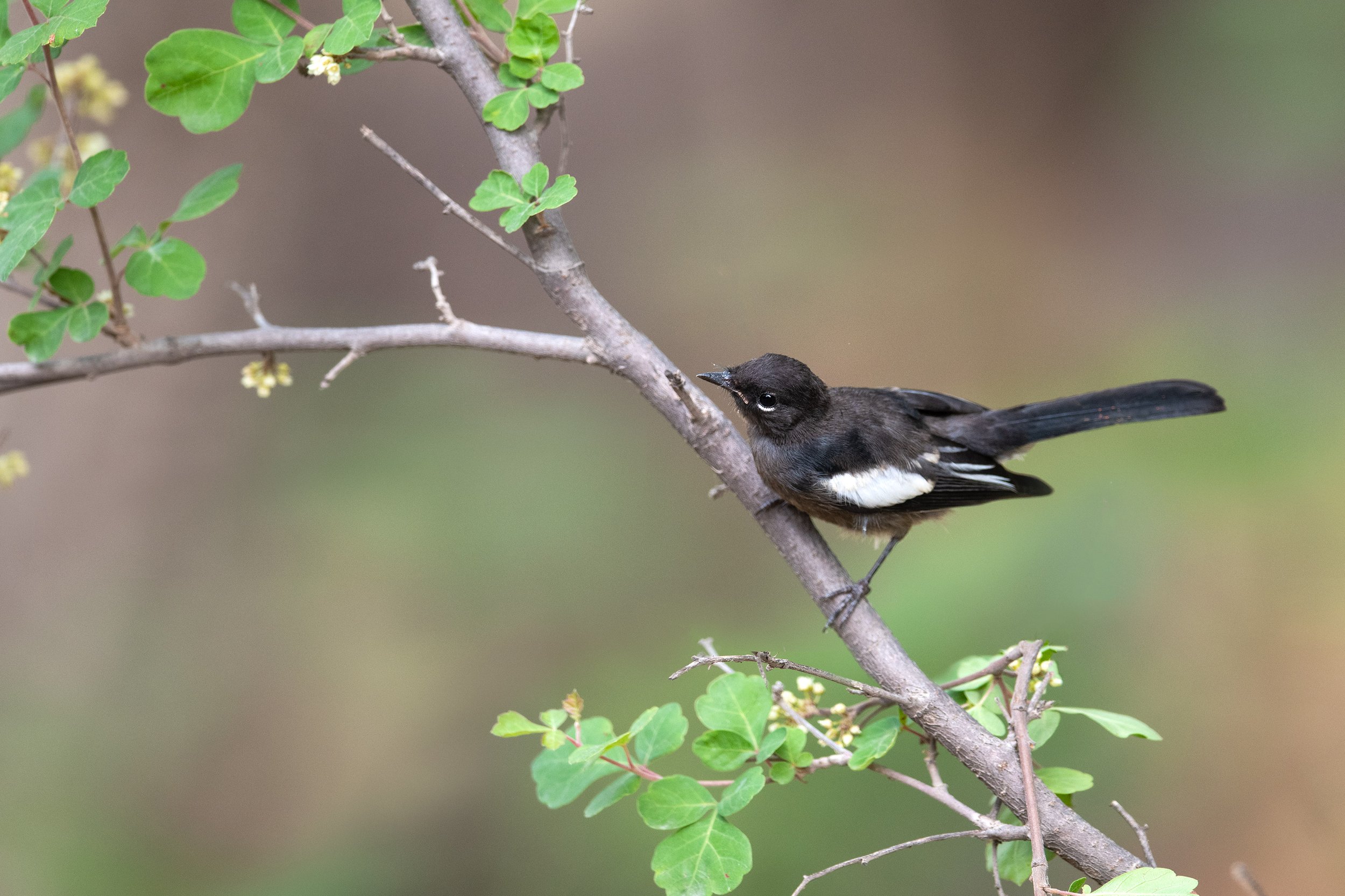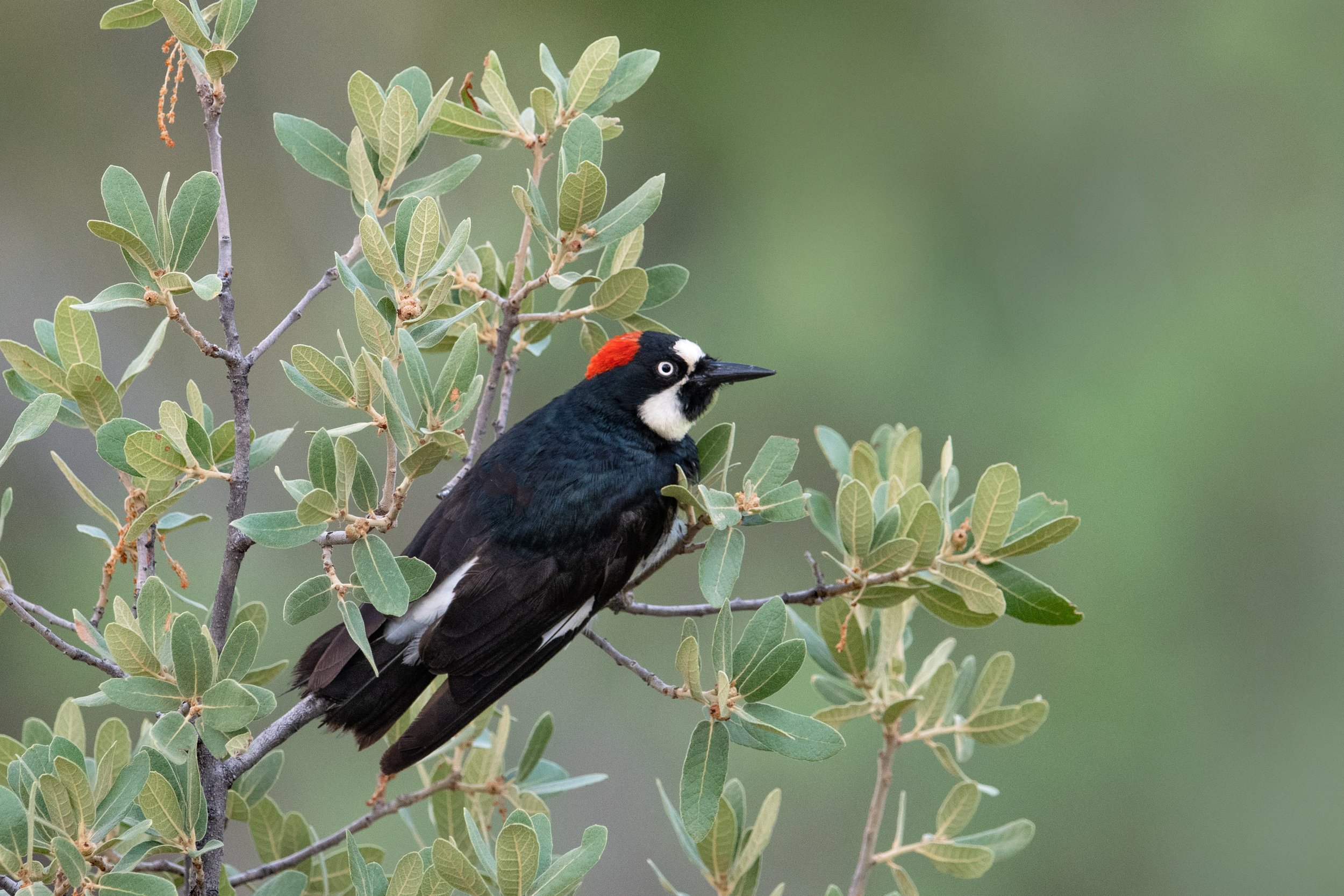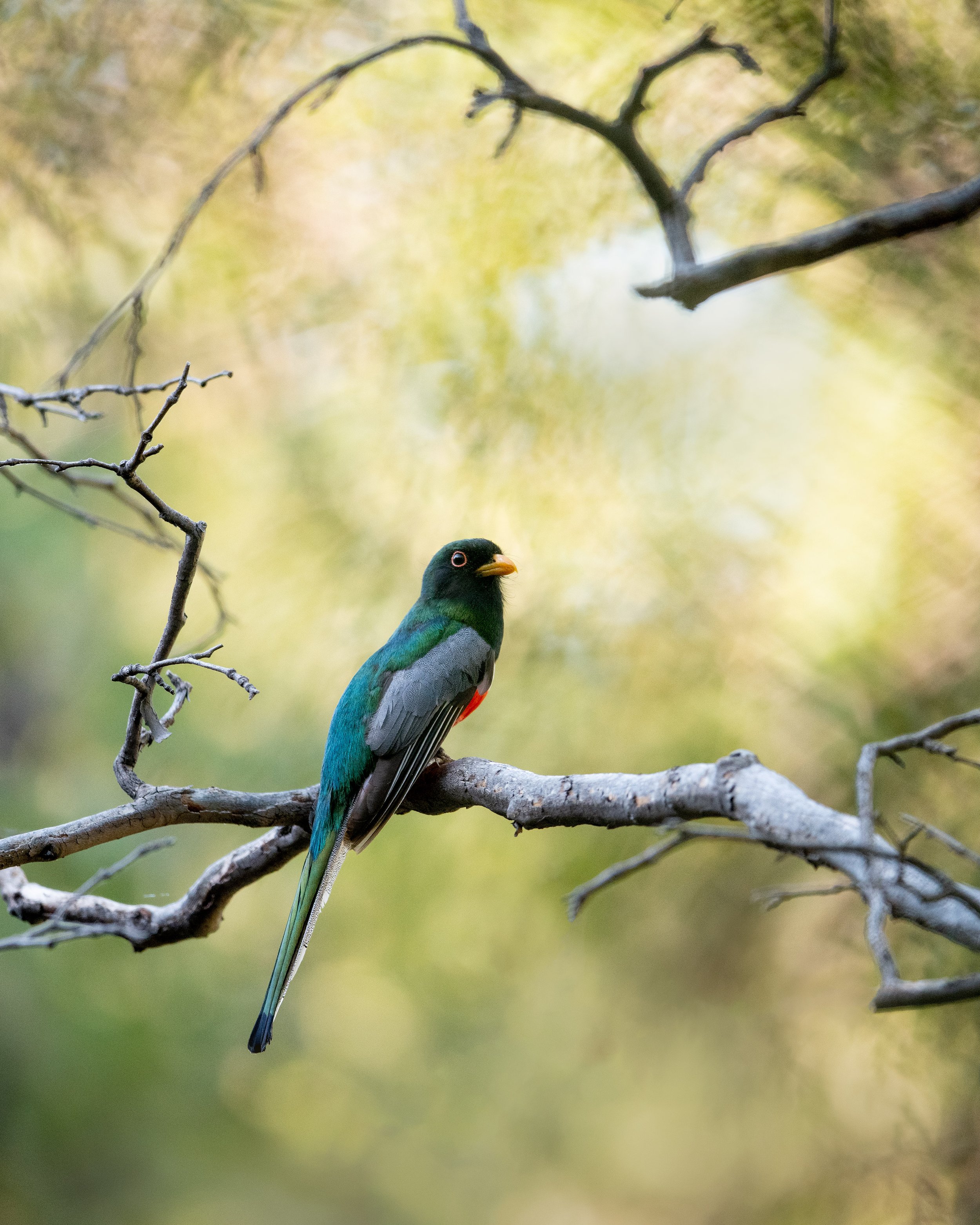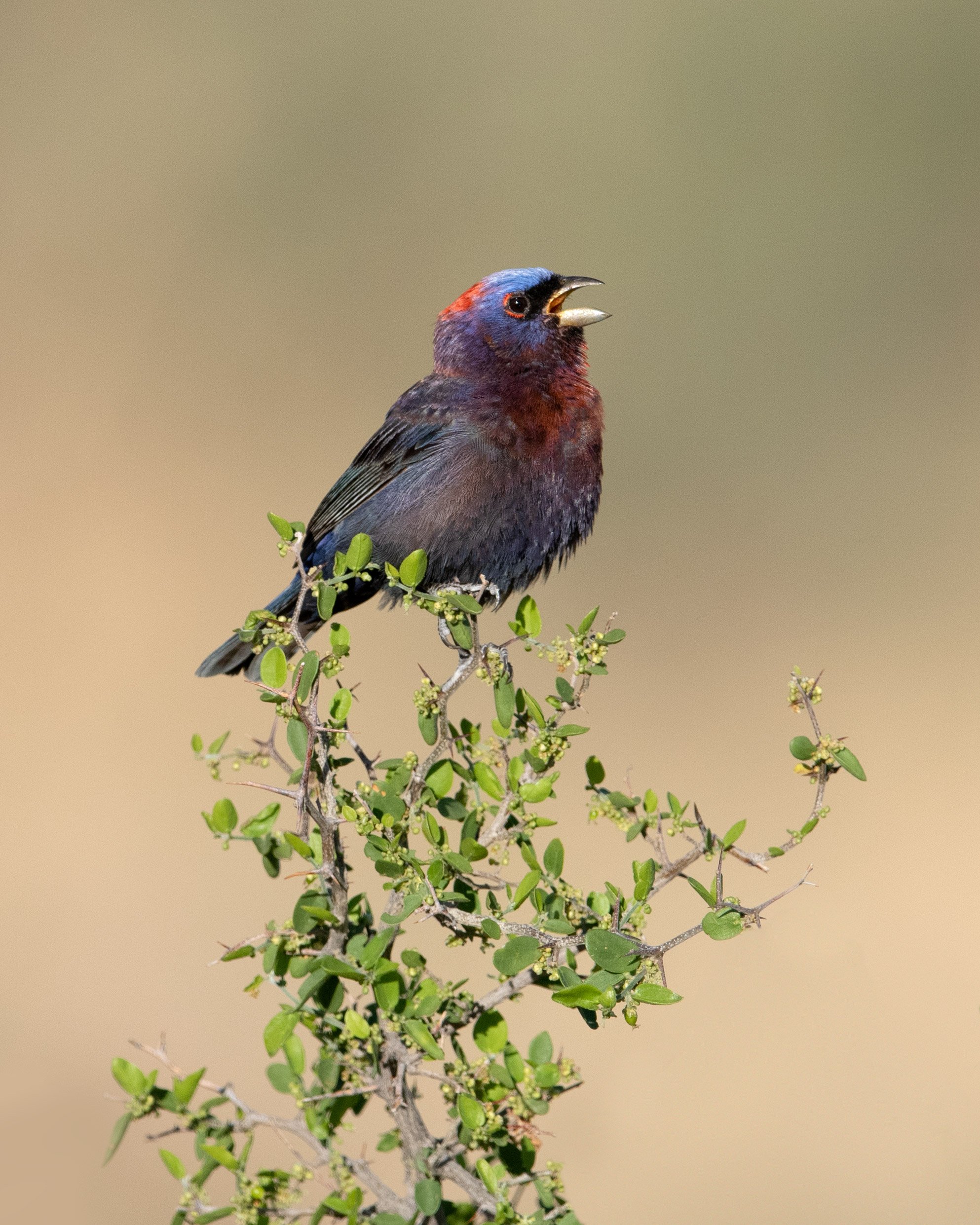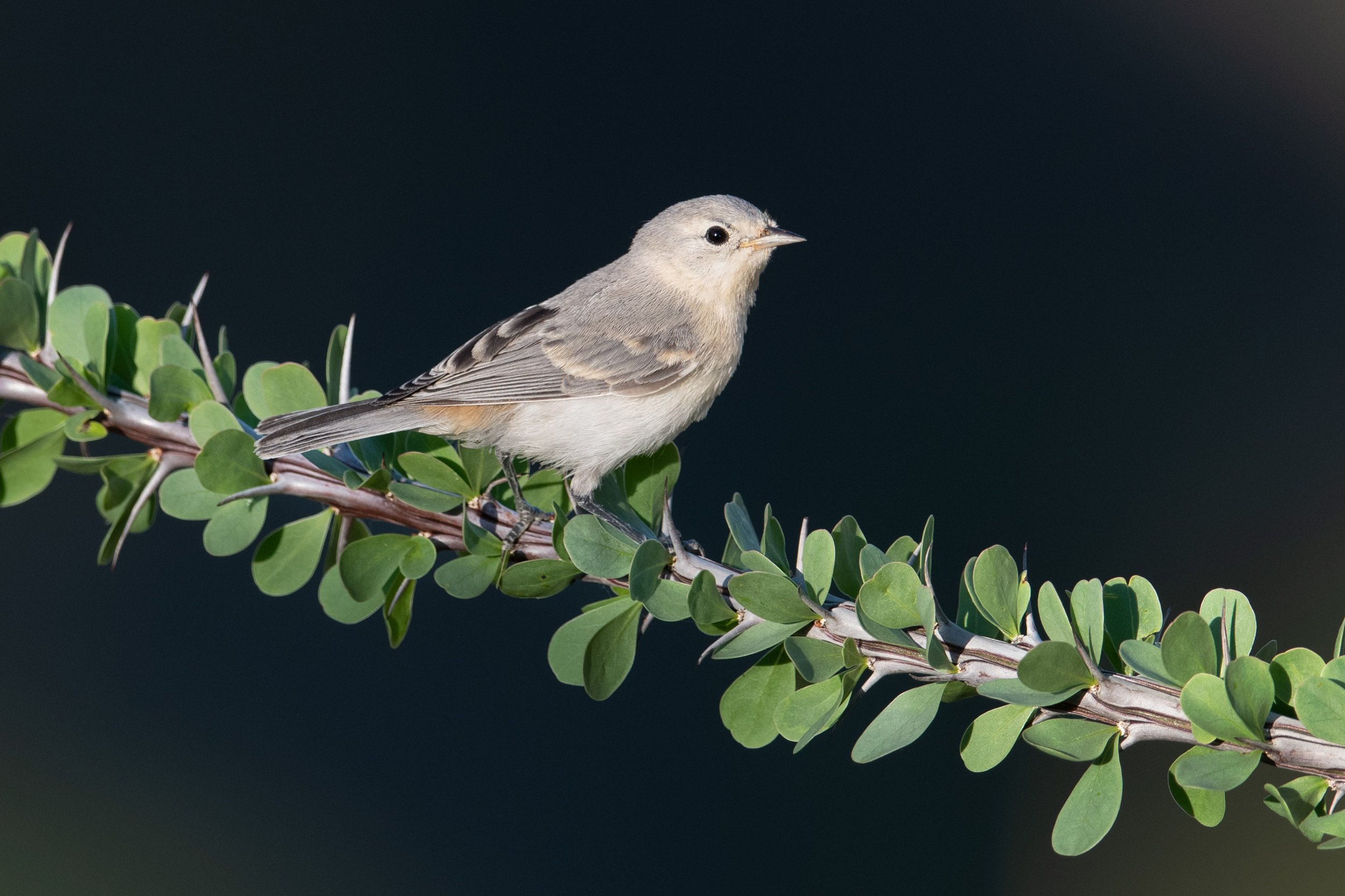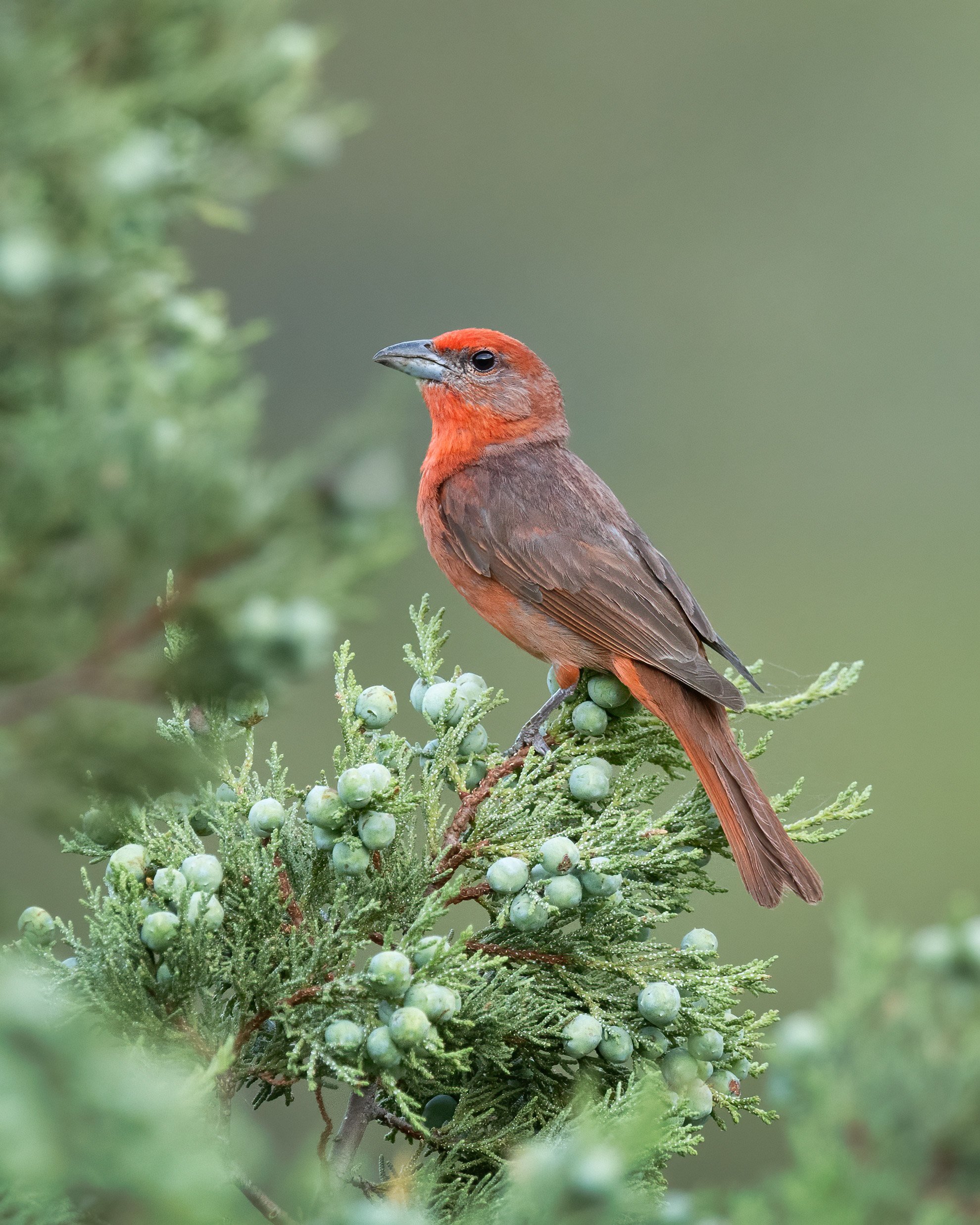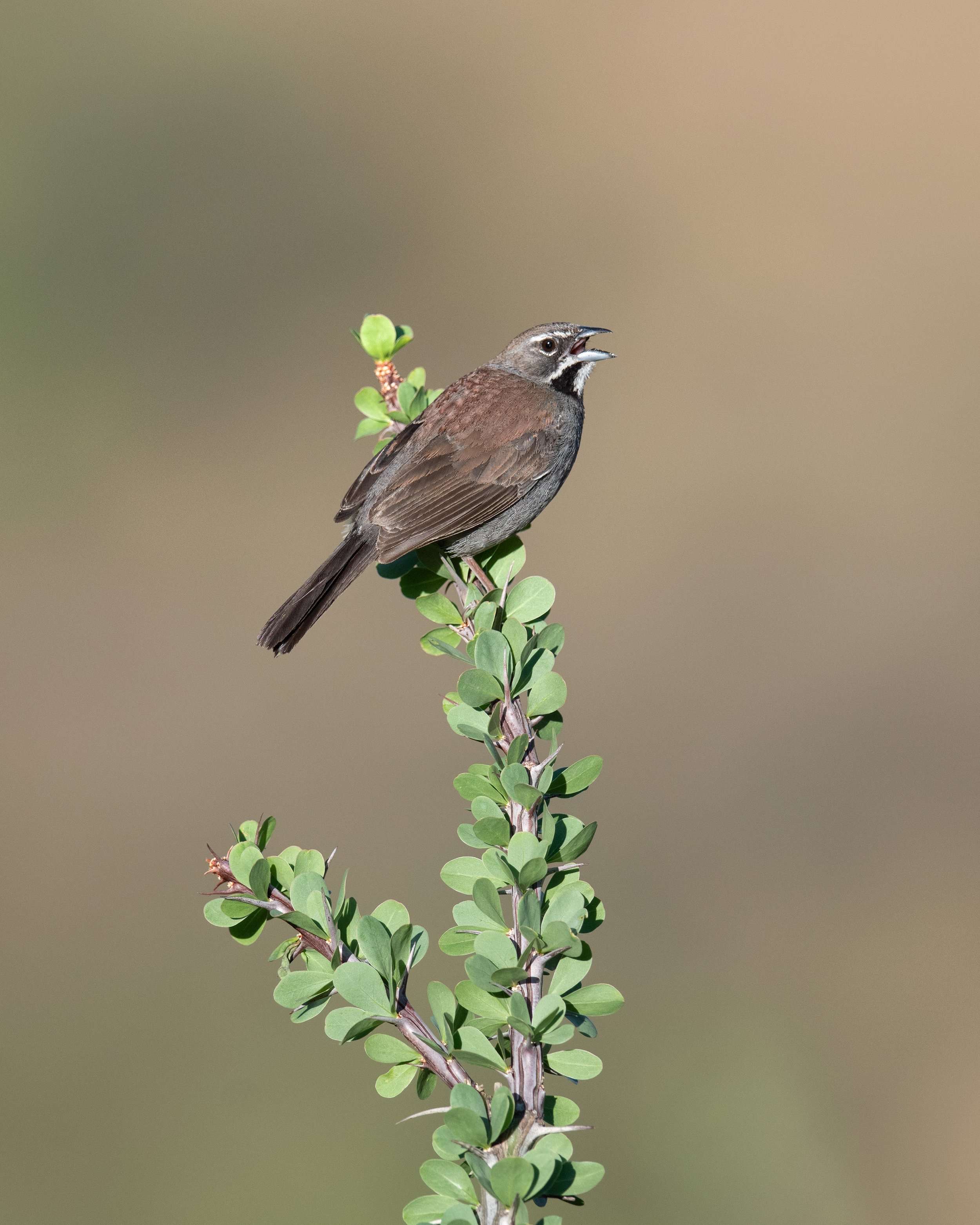Monsoon Birds of Arizona 2025
Arizona Monsoon Birds Photo Tour
Trip Dates: July 19 - 23, 2025
Tour Fee: $3200 due 90 days before the trip begins, covers five full tour days in the field.Deposit / lodging: $1550 Covers all lodging from the evening before the trip begins in Green Valley through the morning after the trip ends in Portal, AZ. If lodging prices change more than $100 between now and then we will have the option of billing for the balance or suggesting an alternative place to stay.
From: Green Valley, Arizona
Leader(s): Matthew Studebaker
Target Group Size: 4 photographers
I'm offering this trip as a follow up to my popular "Arizona Songbirds" photo tour. This time, we return to Arizona during the second breeding season which starts at the onset of the monsoon rains. Some species nest for the first time in monsoon season, and others breed a second time. Most of our time will be spent in the extreme southeast and south corners of the state where we will specifically focus on prime habitat and for Blue-throated Hummingbird, Montezuma Quail, Elegant Trogon, Varied Bunting, Mexican Chickadee, and Five-striped Sparrow, and while we target these species, we will certainly pick up many more.
Travel considerations: Fly to Phoenix (2 hours north of our hotel, but often the cheapest flight) or to Tucson (30 minutes north).
Equipment: I recommend bringing a digital SLR with matching lens. On this photo tour, the longer your lens the easier it will be to make outstanding photos. Although sometimes the birds come close enough for something as short as a 400mm, most of the time they feel more comfortable when photographers use something in the 600-800mm range.
Likely Species on the trip. Species in bold will be the easiest/most common -
Montezuma Quail
Scaled Quail
Gray Hawk
Spotted Owl
Broad-billed Hummingbird
Black-throated Hummingbird
Blue-throated Hummingbird
Rivoli's Hummingbird
Elegant Trogon
Arizona Woodpecker
Acorn Woodpecker
Yellow-breasted Chat
Northern Beardless-Tyrannulet
Cordilleran Flycatcher
Vermilion Flycatcher
Dusky-capped Flycatcher
Brown-crested Flycatcher
Western Kingbird
Sulphur-bellied Flycatcher
Black-tailed Gnatcatcher
Cactus WrenMexican Jay
Mexican Chickadee
Bridled Titmouse
Juniper Titmouse
Cassin's Sparrow
Botteri's Sparrow
Black-throated Sparrow
Five-striped Sparrow
Yellow-eyed Junco
Summer Tanager
Hepatic Tanager
Blue Grosbeak
Varied Bunting
Scott's Oriole
Hooded Oriole
See below for some shots Matthew has made during the trip along with some landscapes and behind-the-scenes of the locations we will visit:
Cell Phones and Internet: The hotels all have slow wifi. We will probably only have weak reception in the field but moderate to good reception while we are driving or near the hotel.
Weather and Schedule:
Most days it will be common to wake up with temperatures in the lower 80's. Some afternoons we could easily see the 90's by the time we wrap up the morning photography. While we are on lunch break temperatures will sometimes break 100, only to be pushed back down when the afternoon rains come. We will use as much photograph-able light as we can each day, shooting sunrise (5:30) through 9 or 10 am, and 3 or 4 pm to sunset (7:30). The following is a tentative schedule and subject to change, depending on what we accomplish during each session.
Transportation: There will be a lot of driving during this trip in order to gain access to a variety of habitats. Each participant must have their own transportation from the airport. Carpooling will be optional and encouraged. Usually each participant follows me in their own vehicle through the back roads. Once I find a cooperative bird, we pull off the road and start working on a setup. If you aren’t riding with me, you will probably want the clearance of a standard SUV. A minivan or small car will almost certainly bottom out on some of the small dirt roads we use. We sometimes have to cross small puddles which are no problem for, say, a Toyota Rav4 but potentially problematic for a Toyota Corolla.
Hotel:
More information to be provided about where to stay upon signing up for the trip. Hotel costs are not included in the photo tour fee.
Learning / Slideshows:
The desert sun grows harsh around 9-10am and becomes shootable again around 3pm. This will allow us a liberal afternoon break during which time we will both have a few brief learning opportunities, slideshows,discussions as well as free time.
My job is to know the area, do many hours of research, know and be able to ID the birds instantly both by sight and sound, and understand their habitat and behaviors, drive you to the most productive areas at the right time of day, be prepared to attract the birds or assist the group in stalking them, advise on how to make the most of each photo opp, ensure that everyone has their physical needs met, and ensure that everyone gets the most and highest quality images in the time we have.
Your job is to communicate your needs and have fun. I want to emphasize that each of you please communicate and keep me aware of your needs.
Physical Requirements:
The great majority of our photography will take place right near the car. I don't currently anticipate any long walks.
See the gallery below for some wonderful images by previous participants:
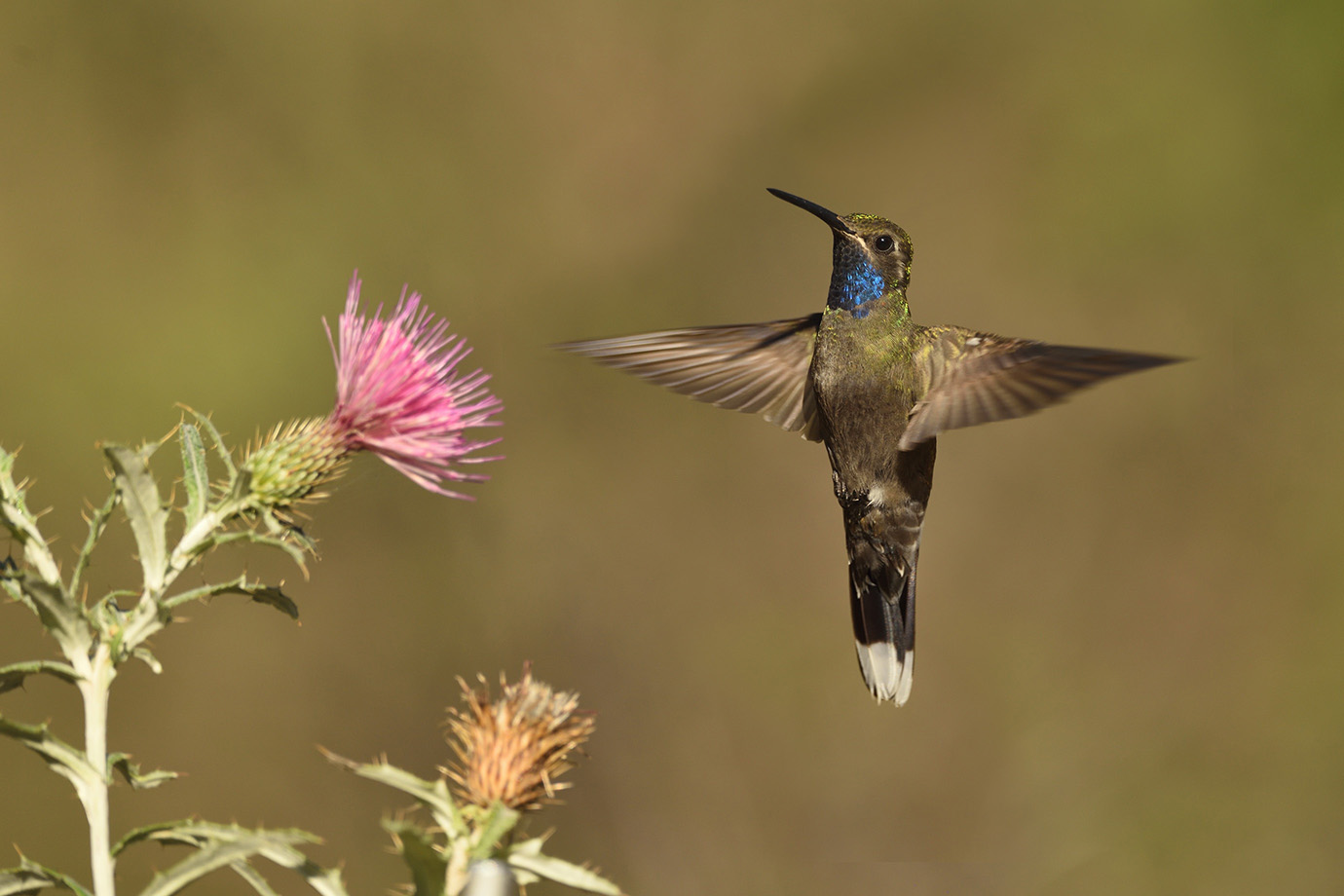
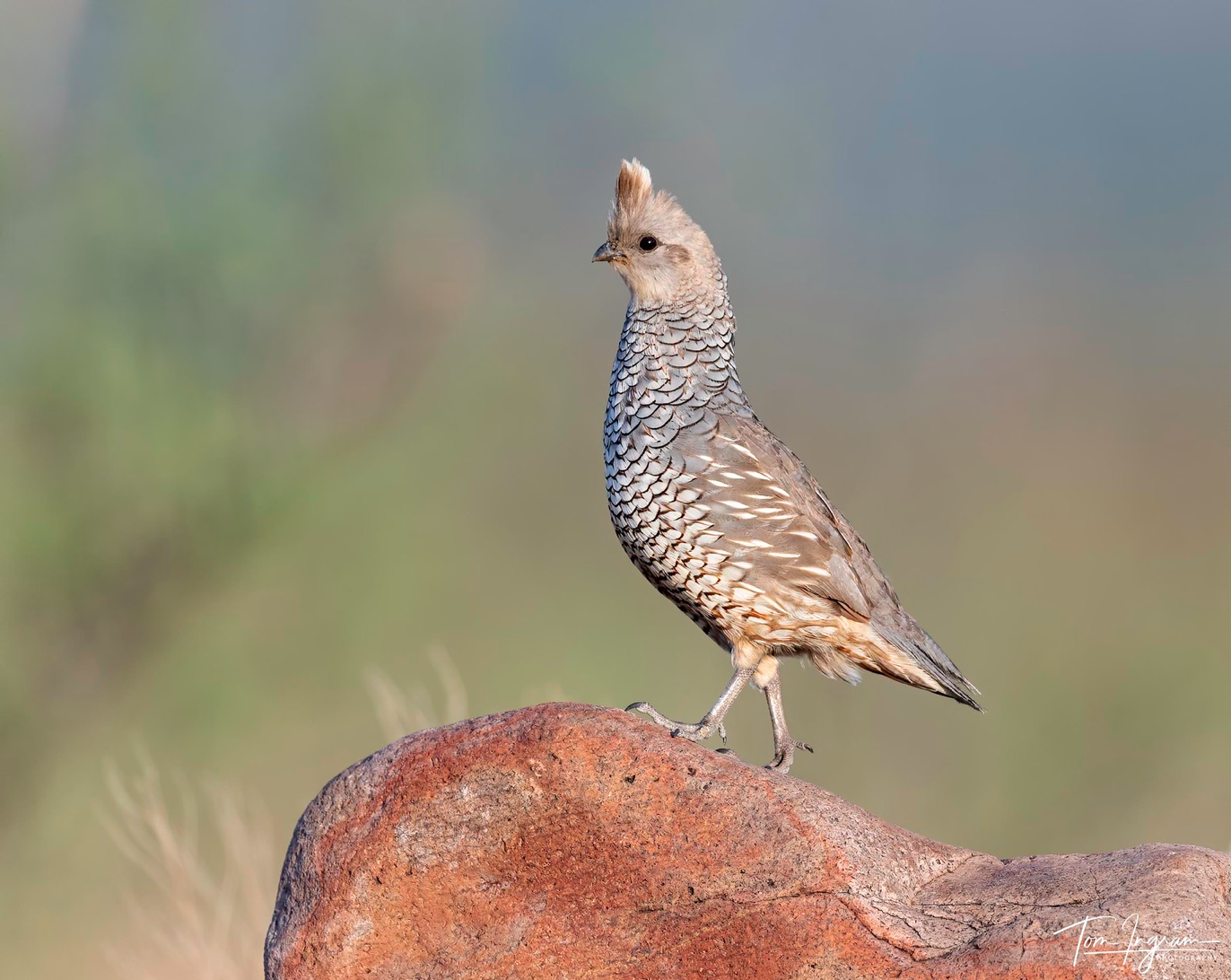
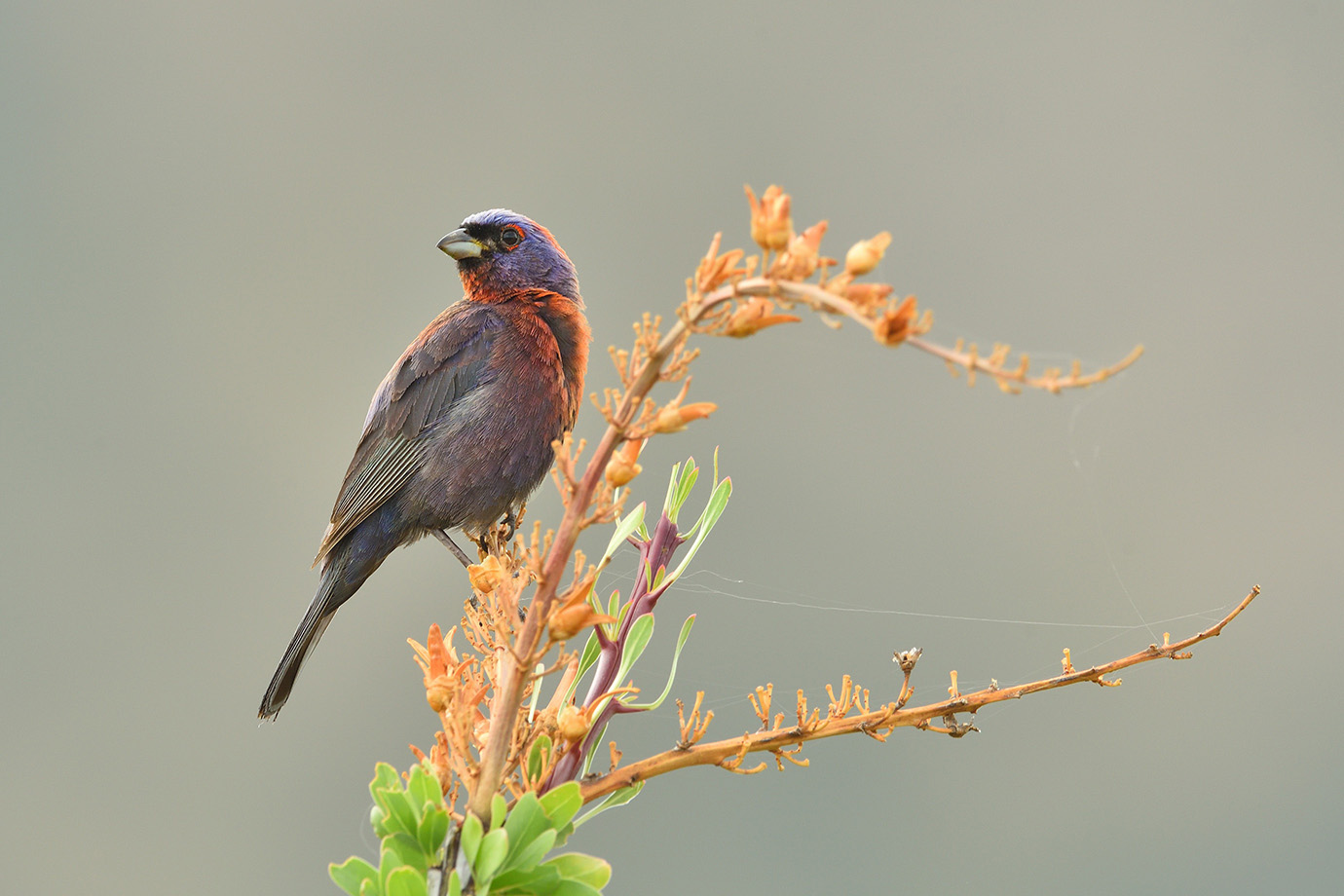
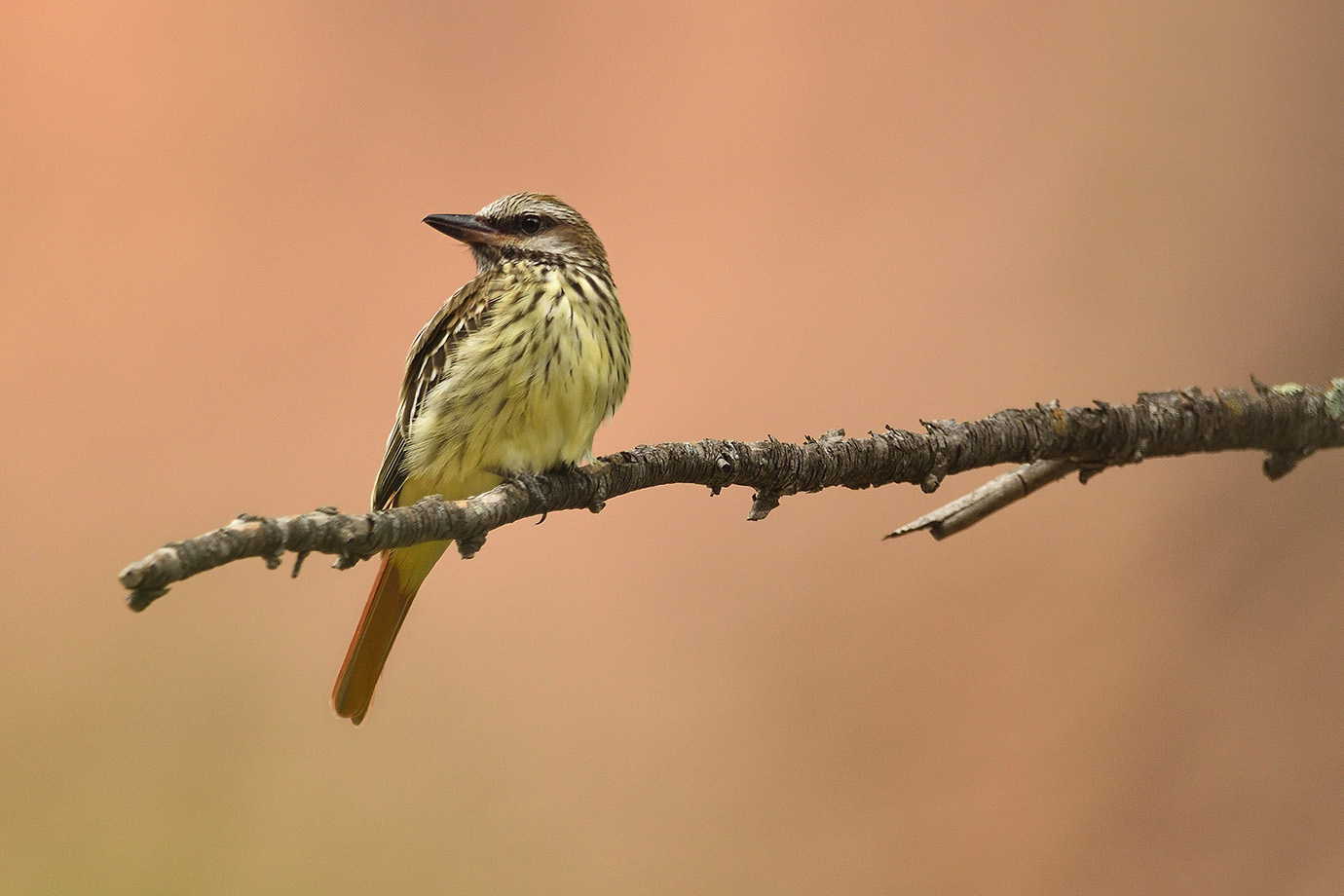
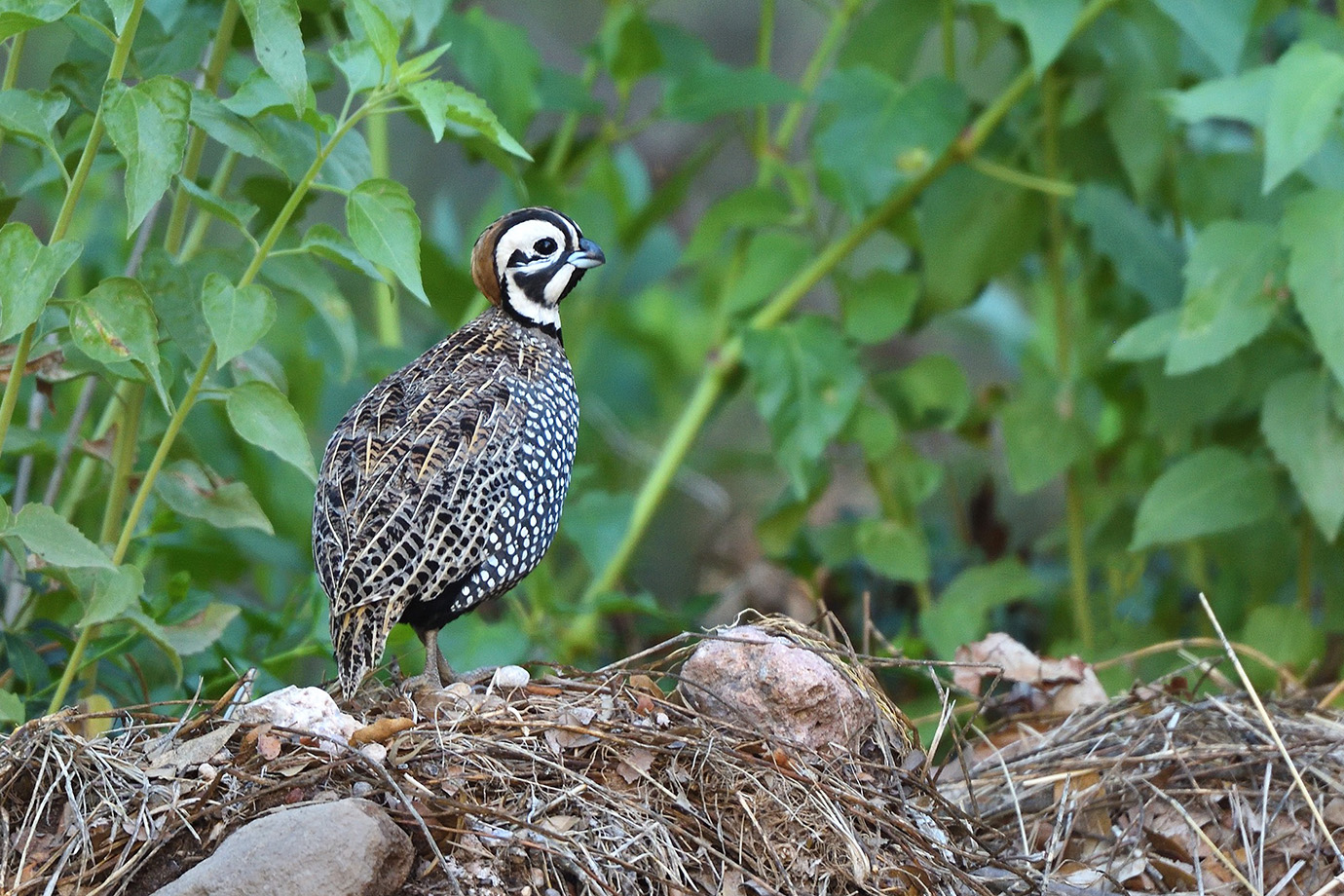
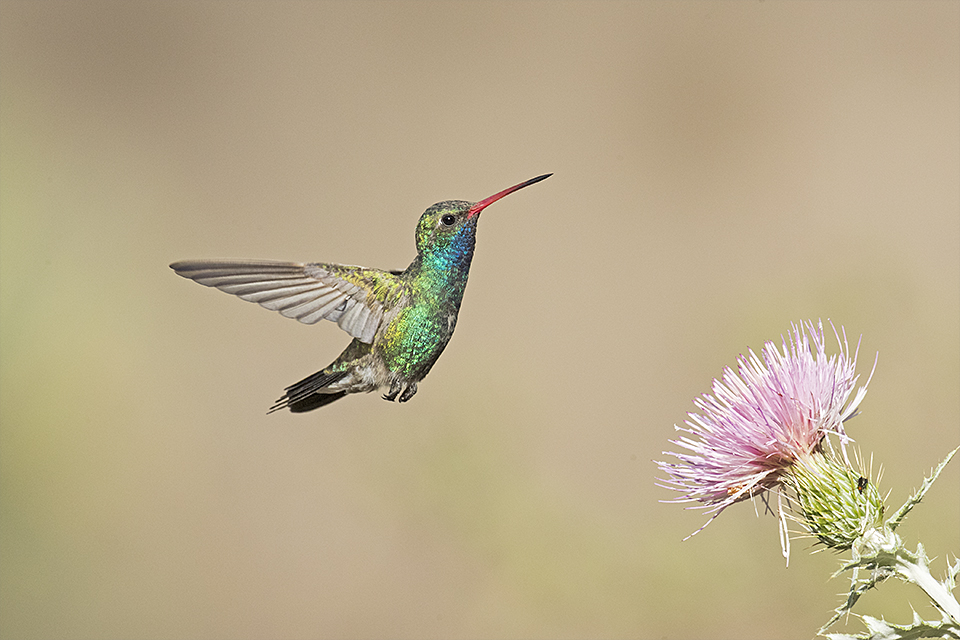
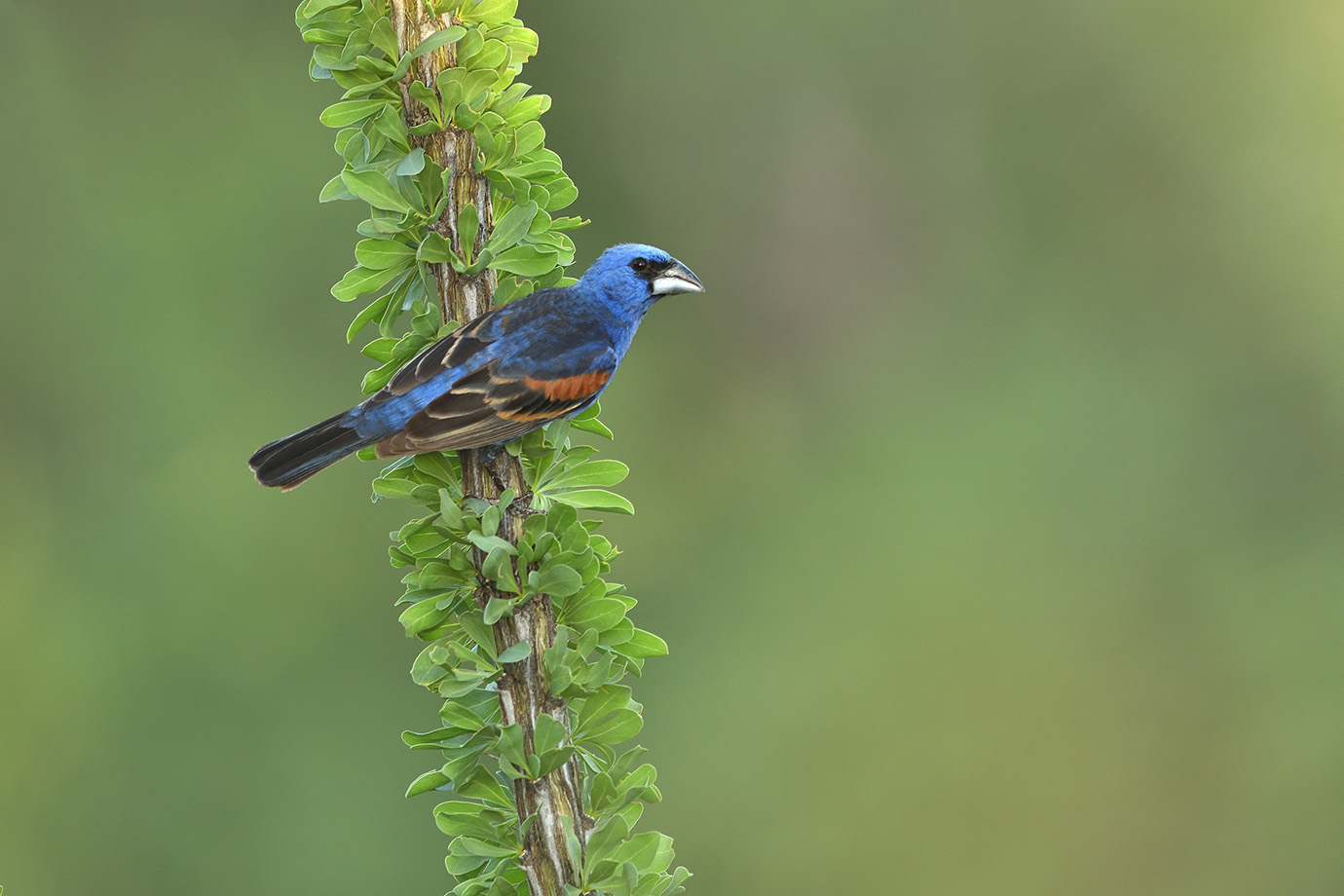
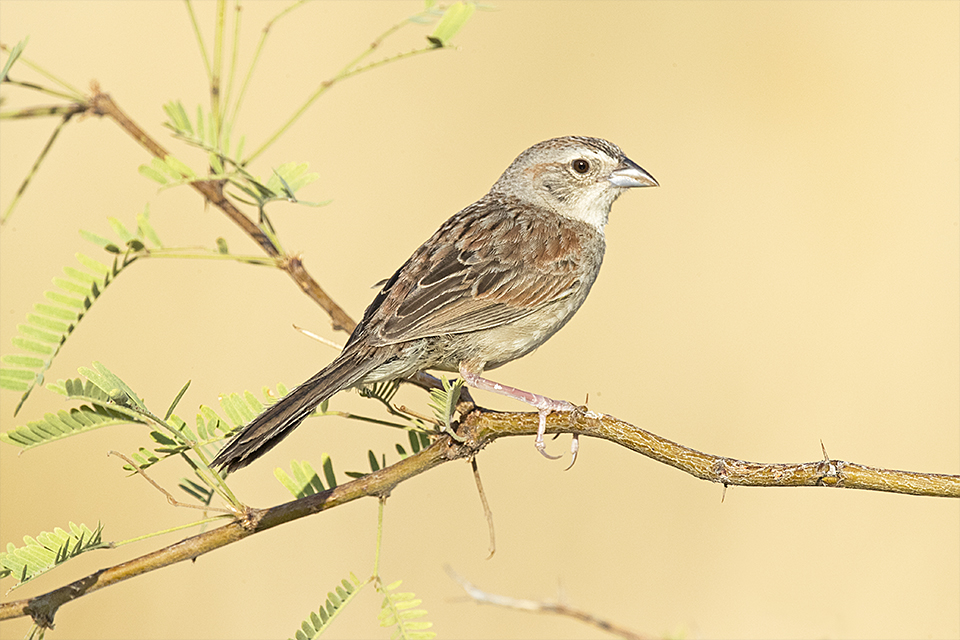
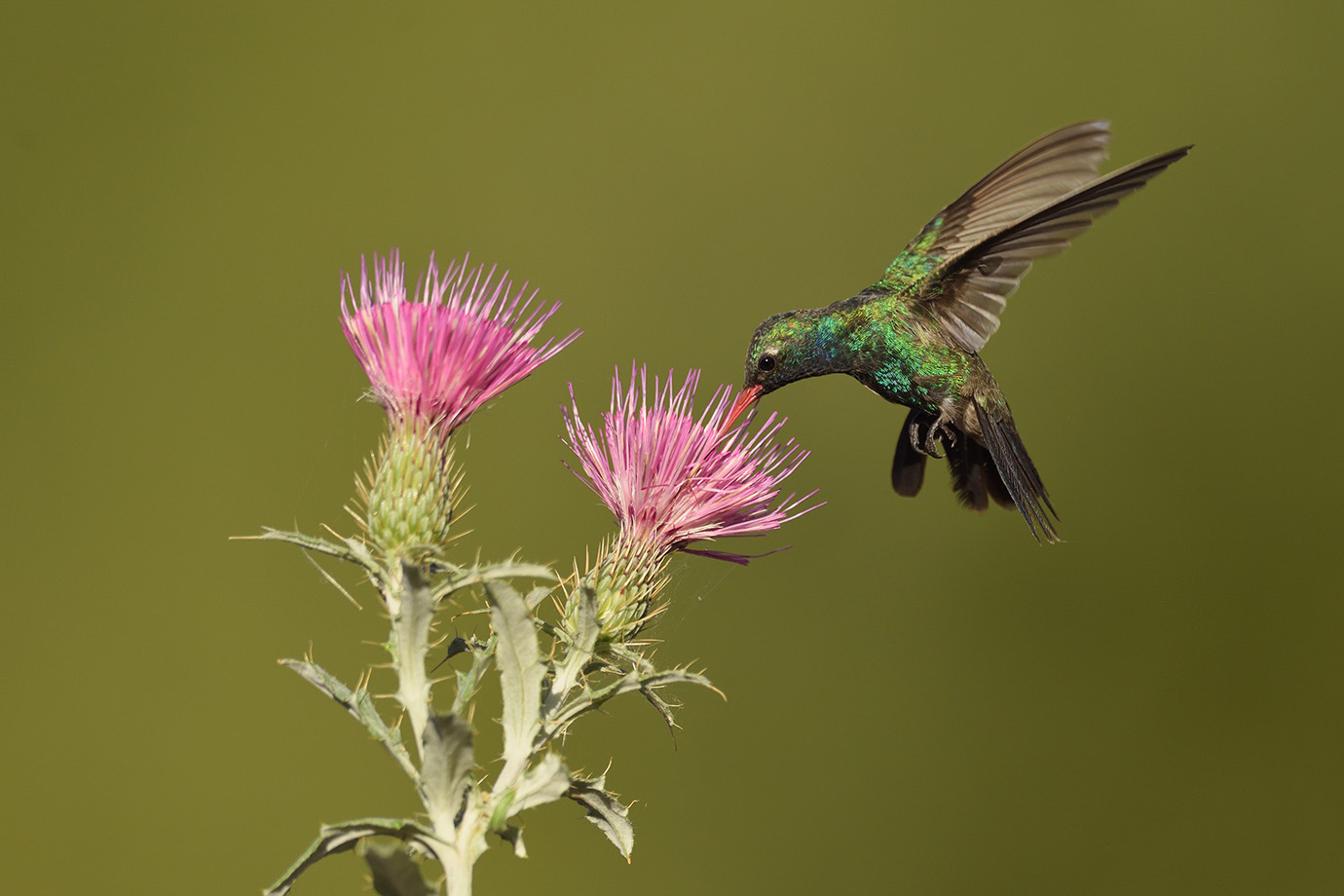
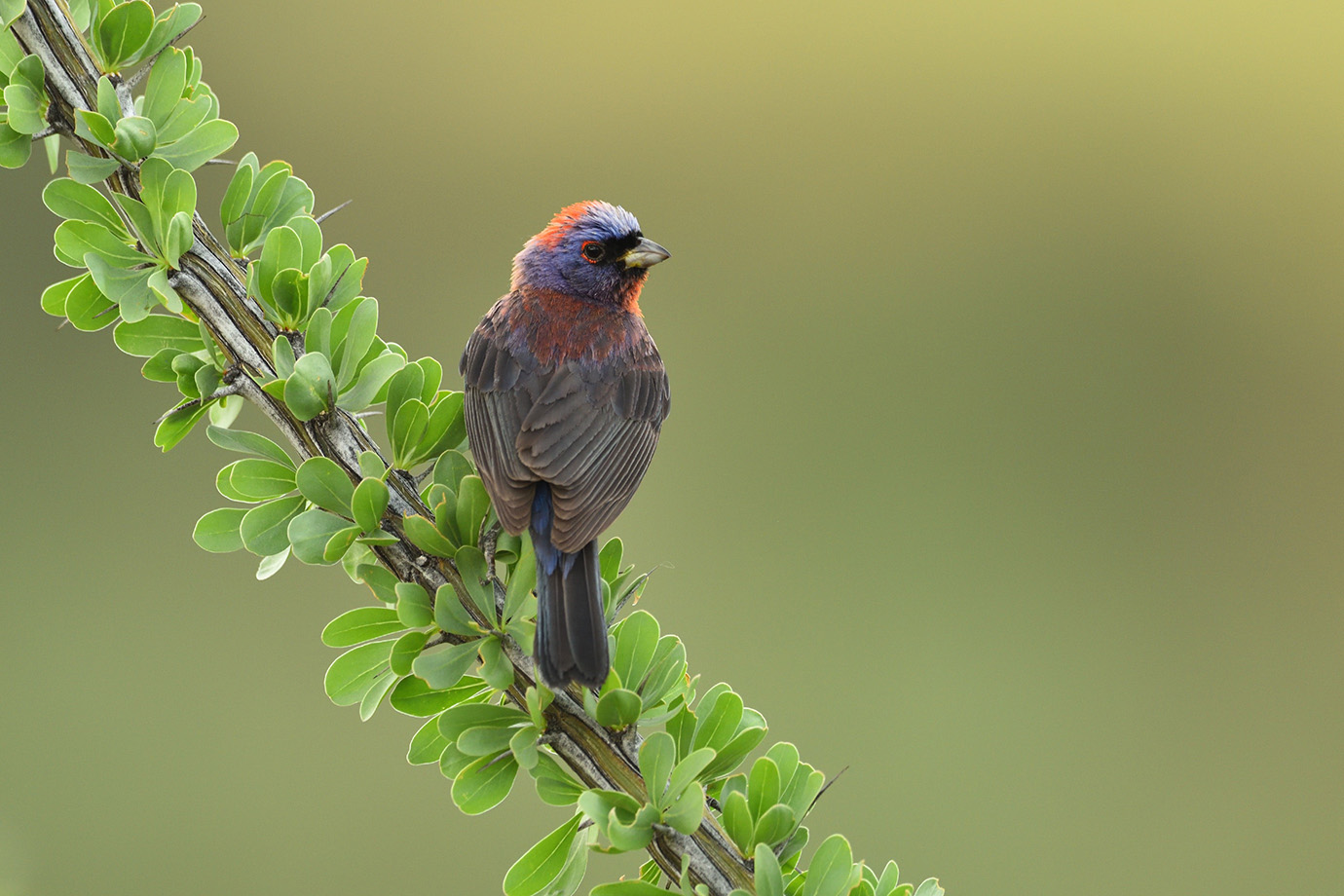
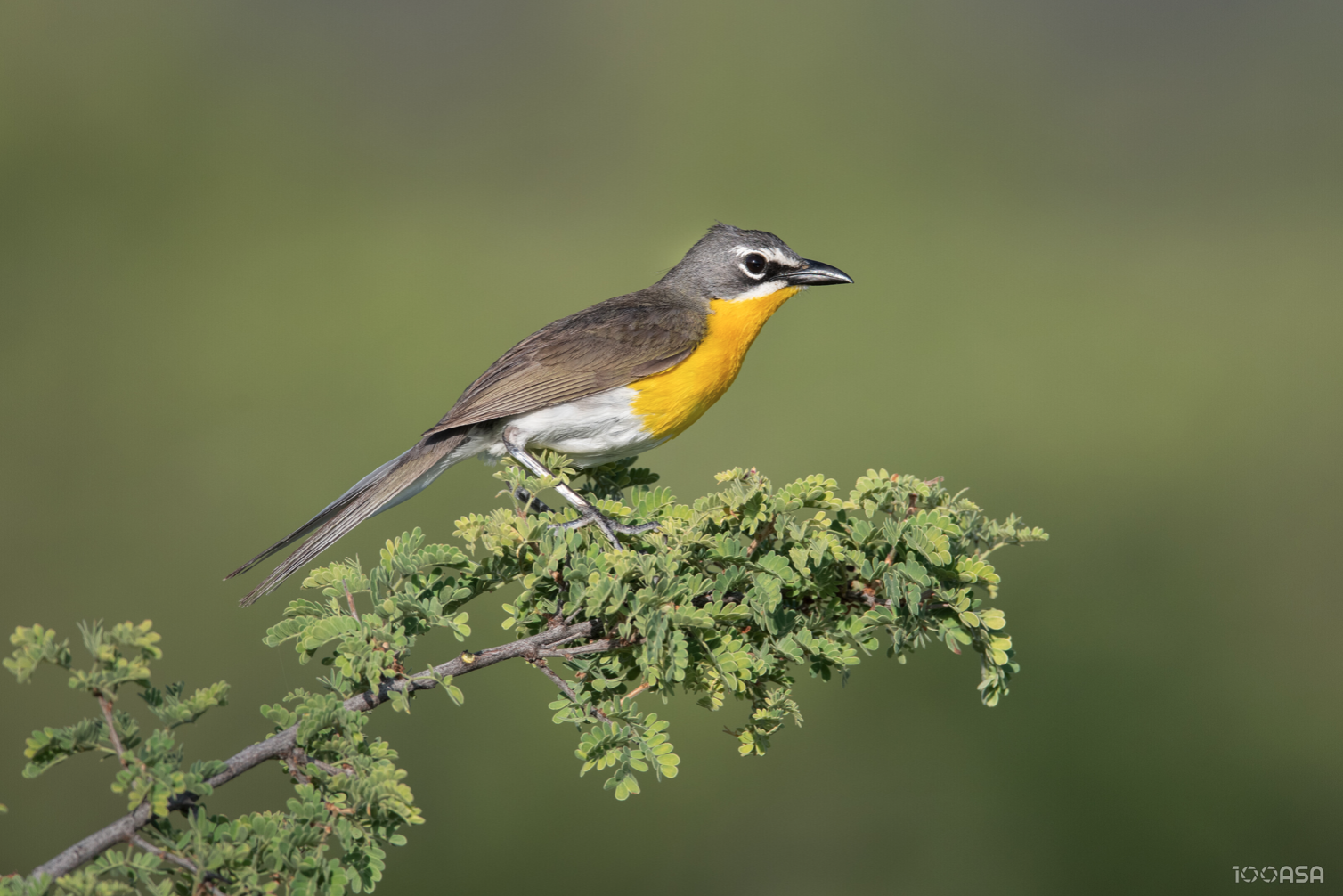
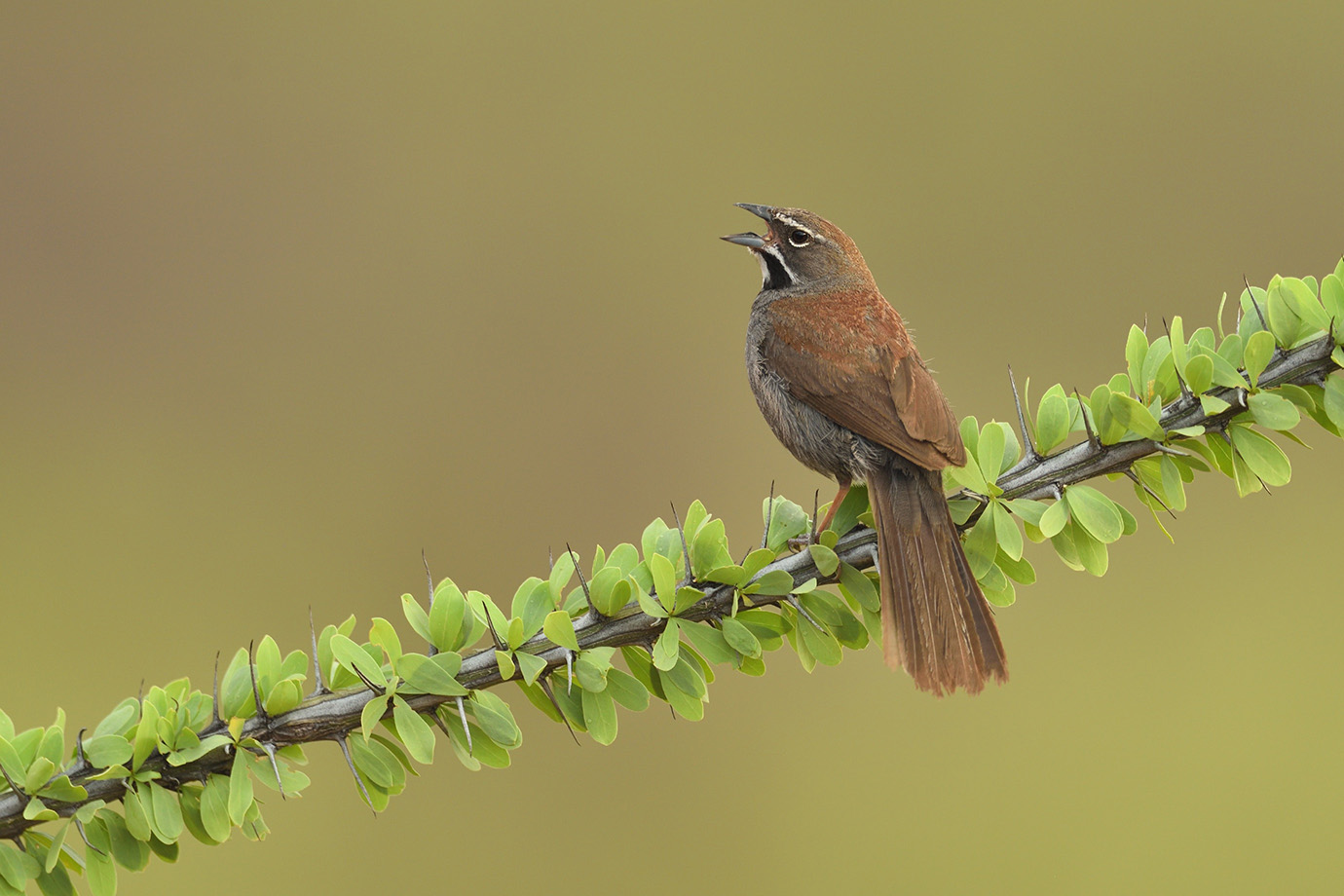
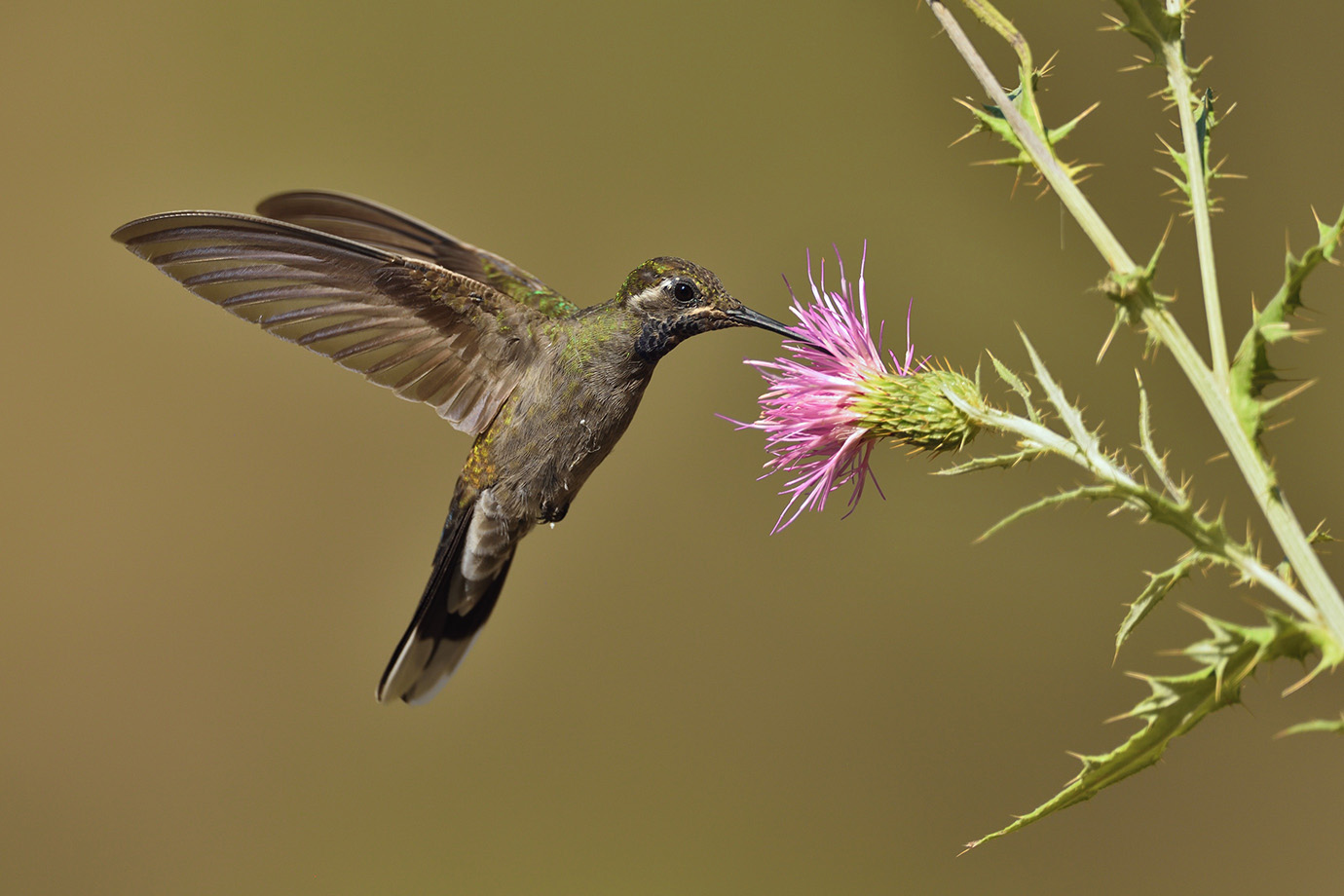
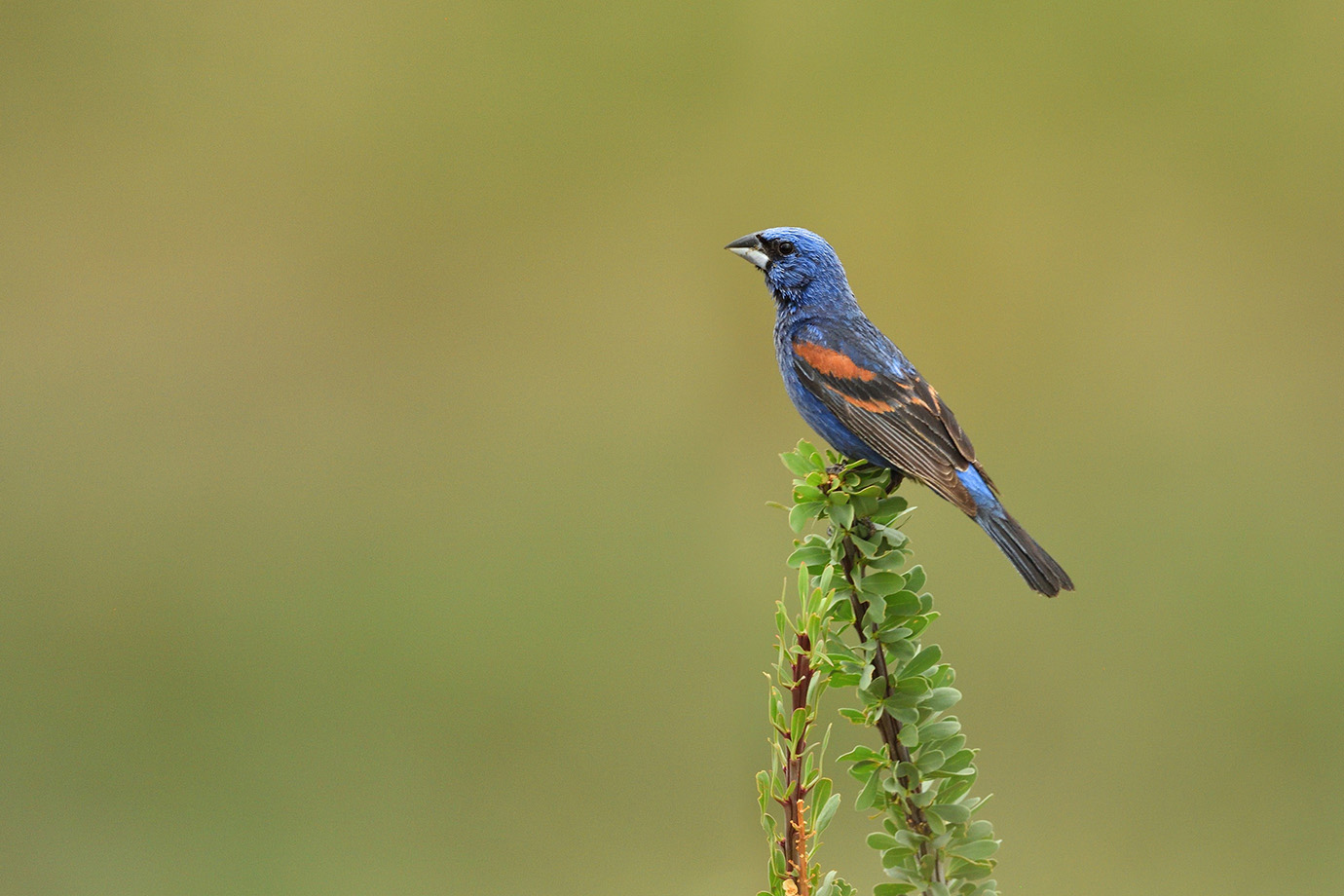
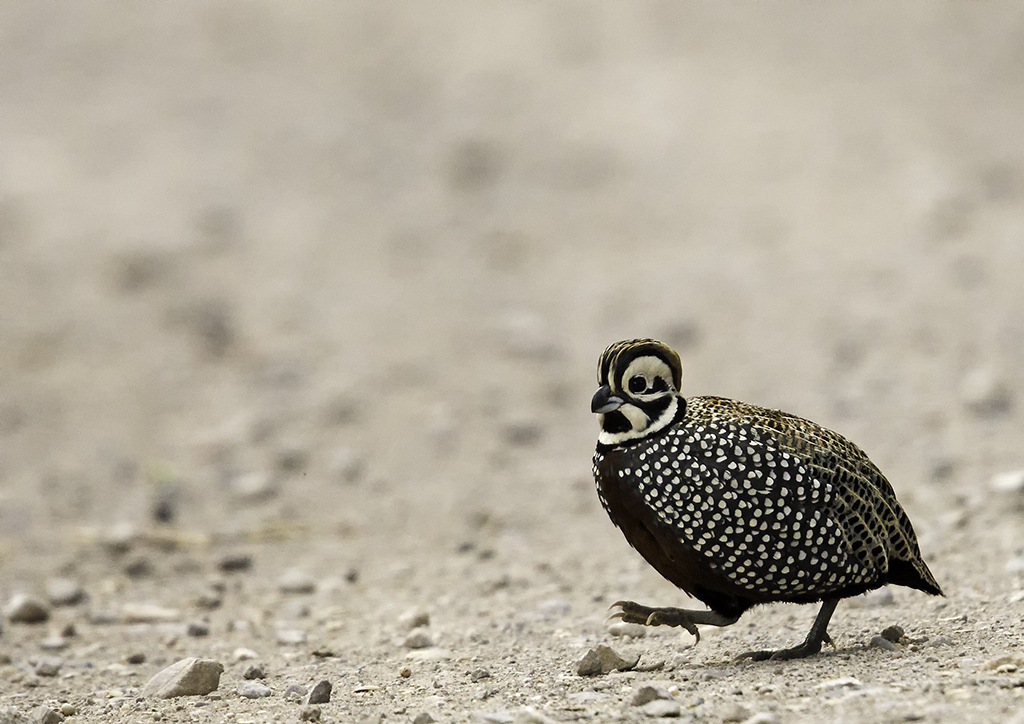
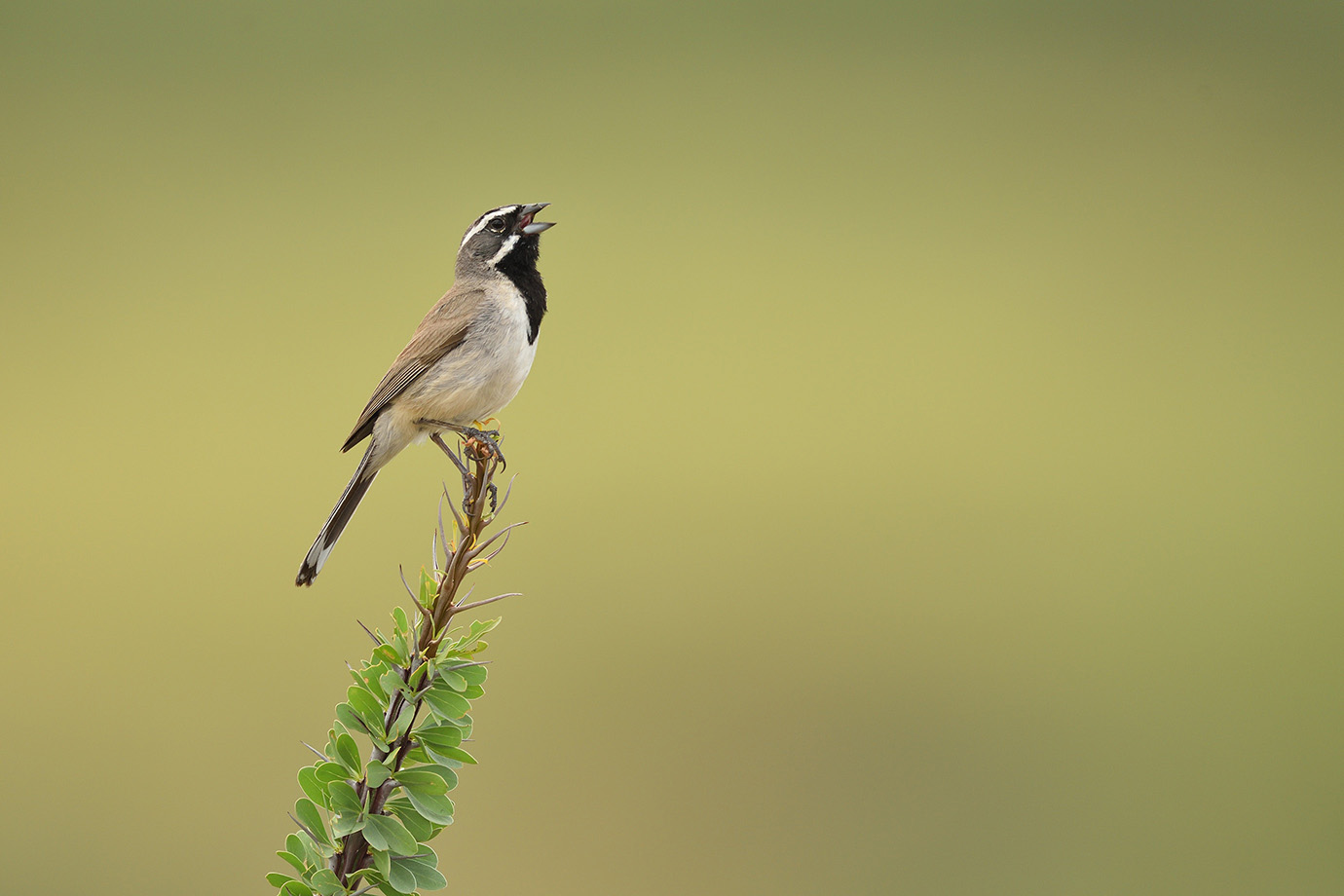
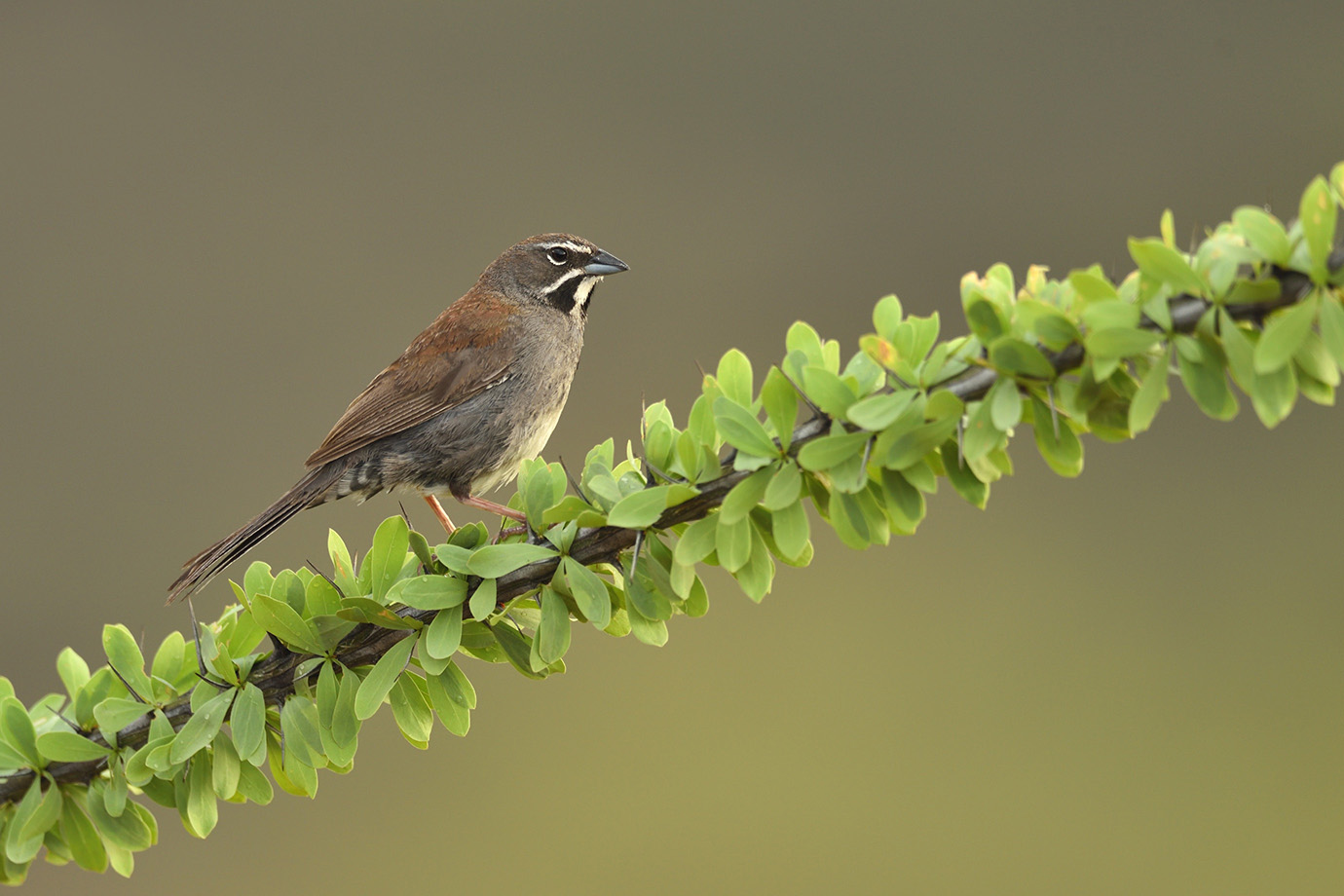
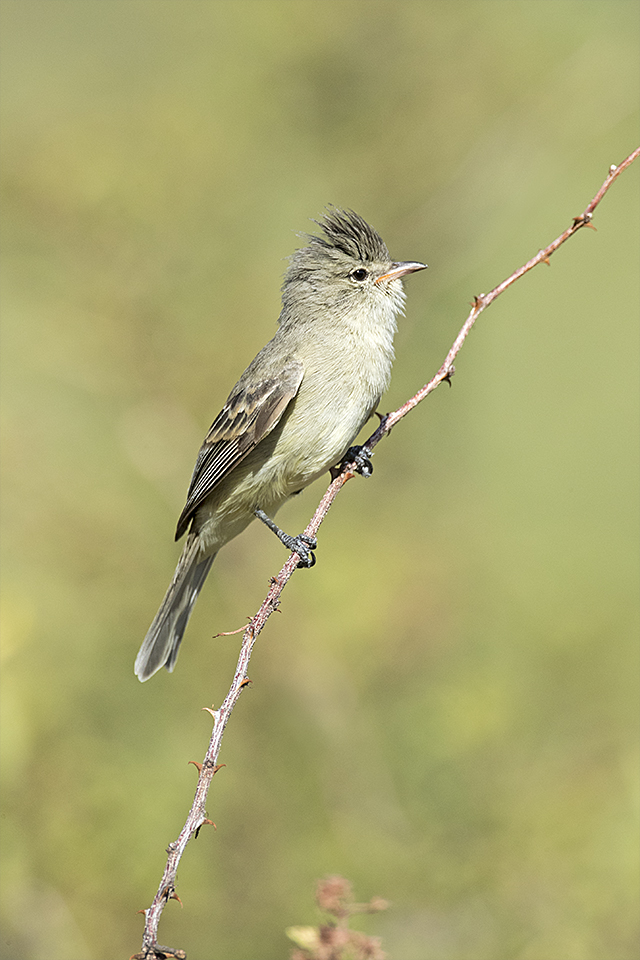

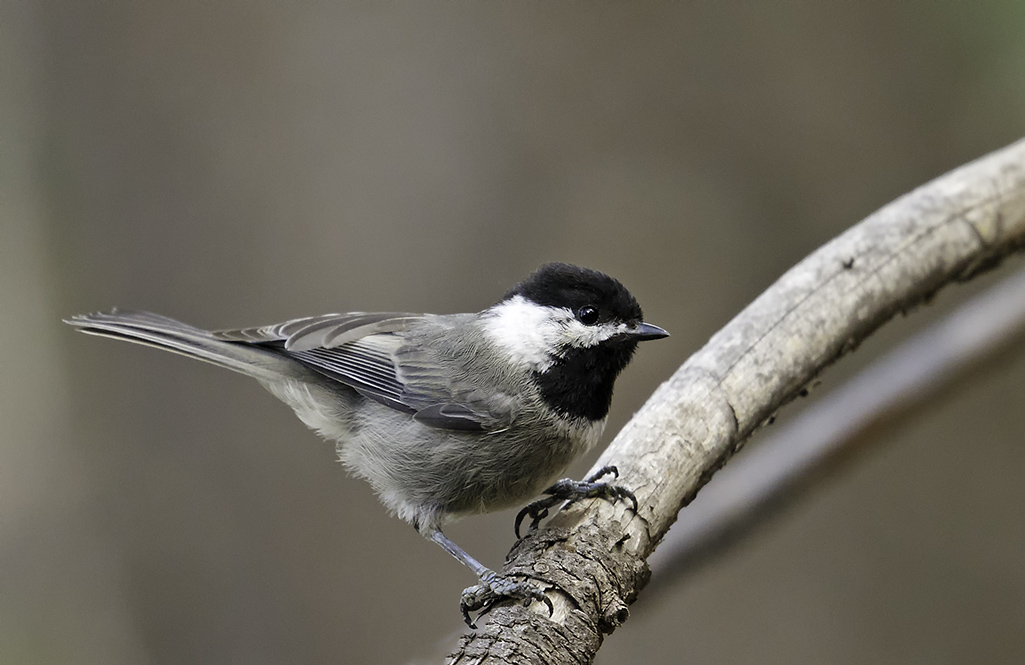
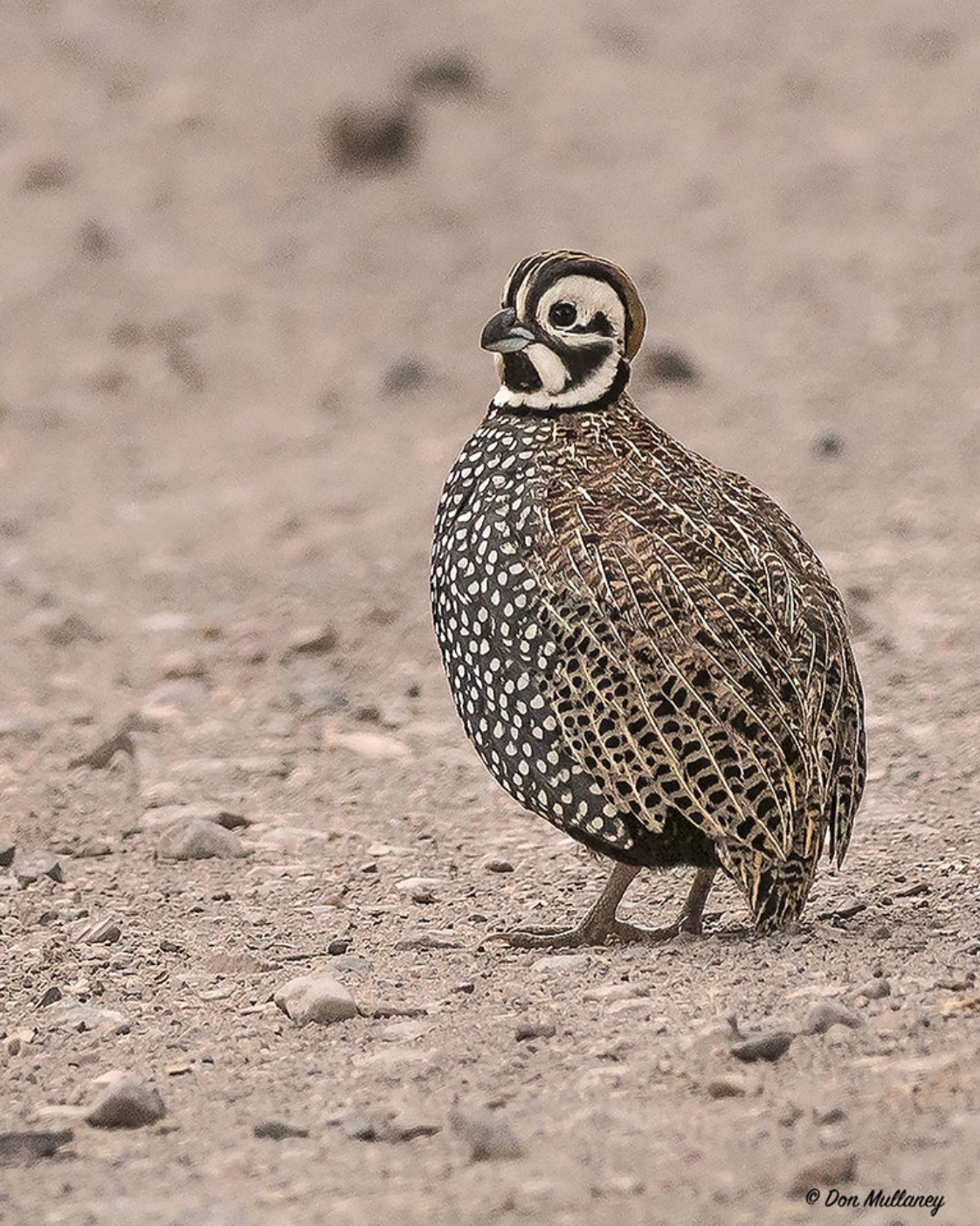
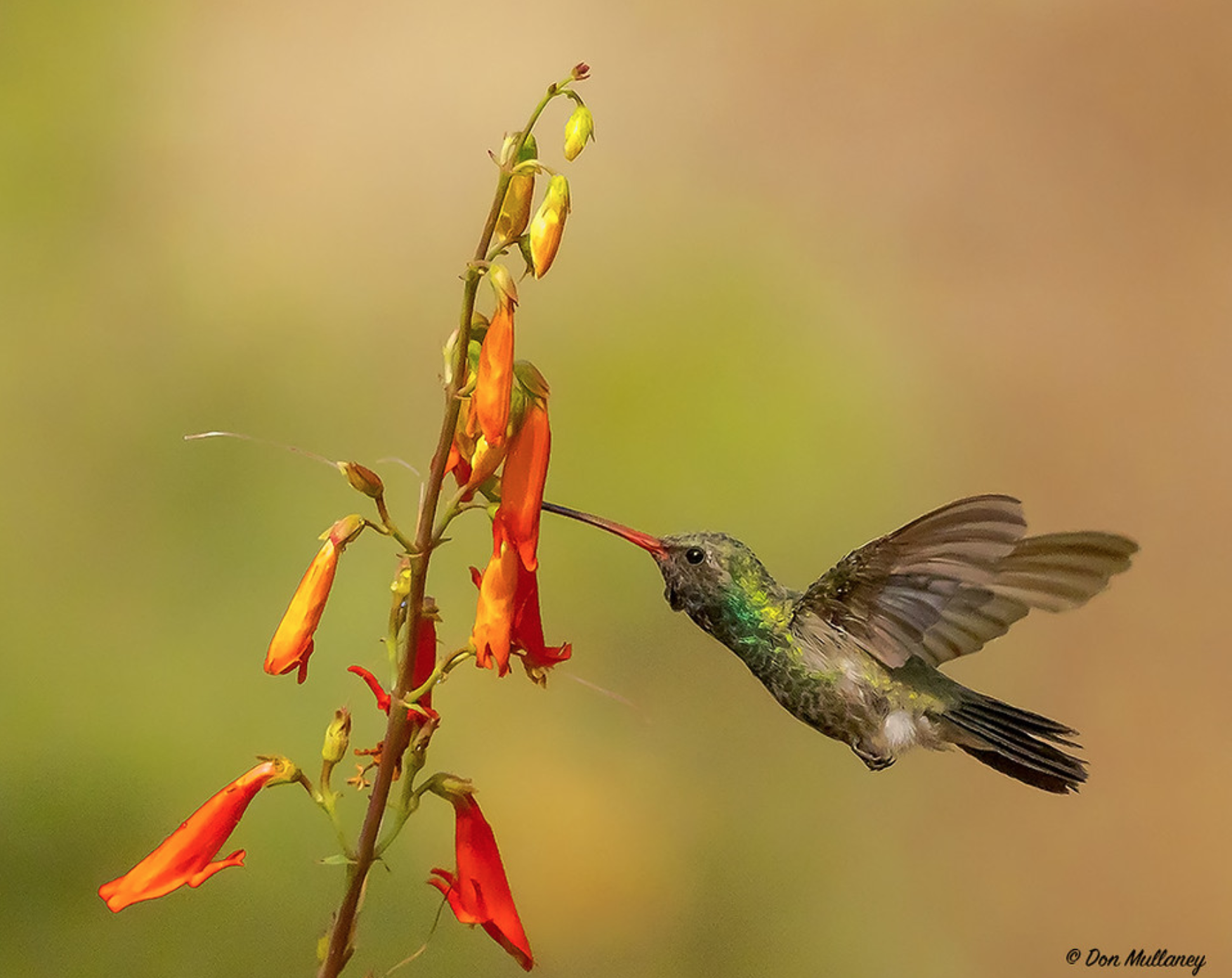
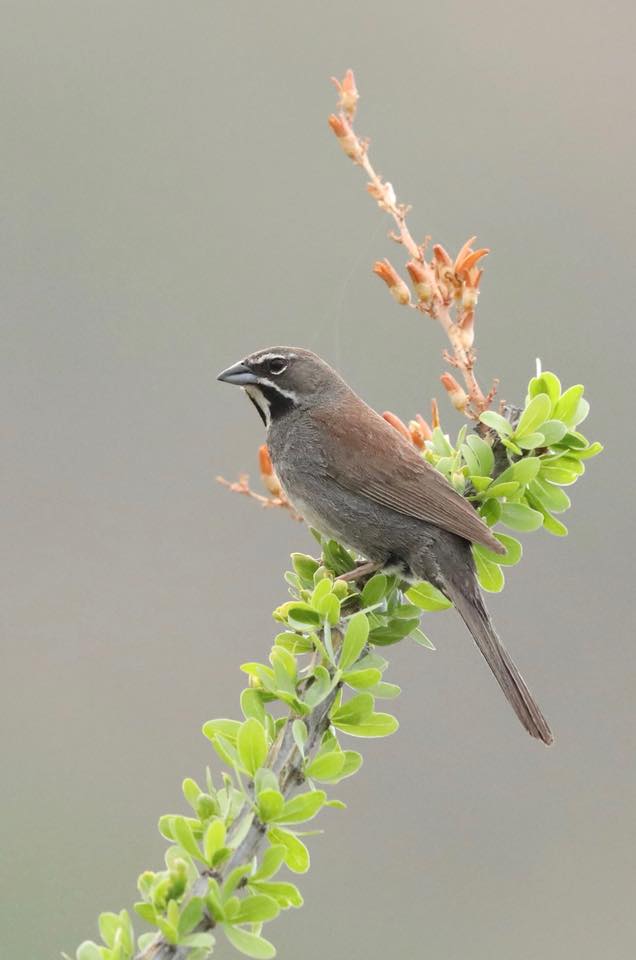

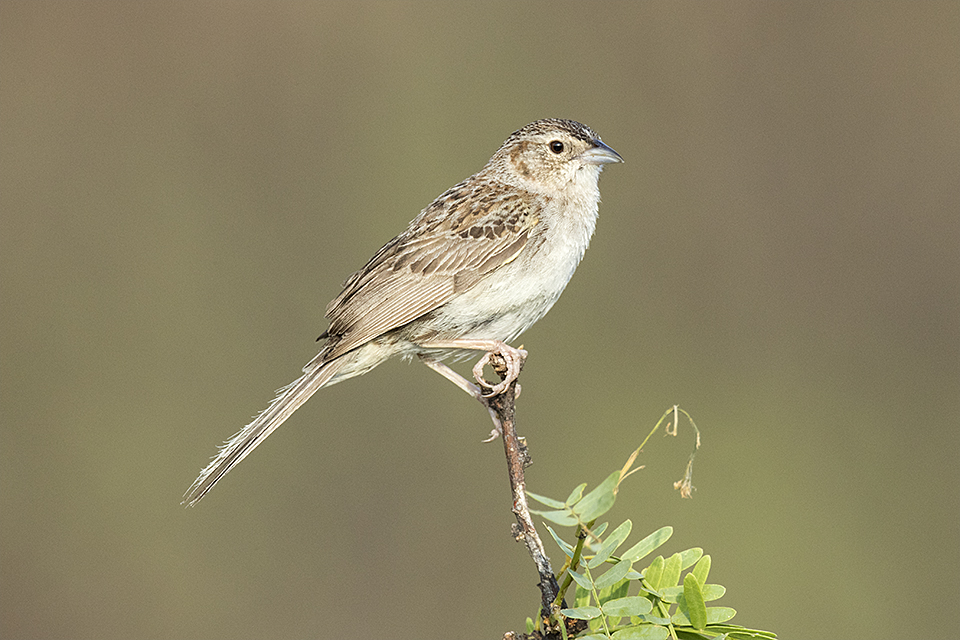
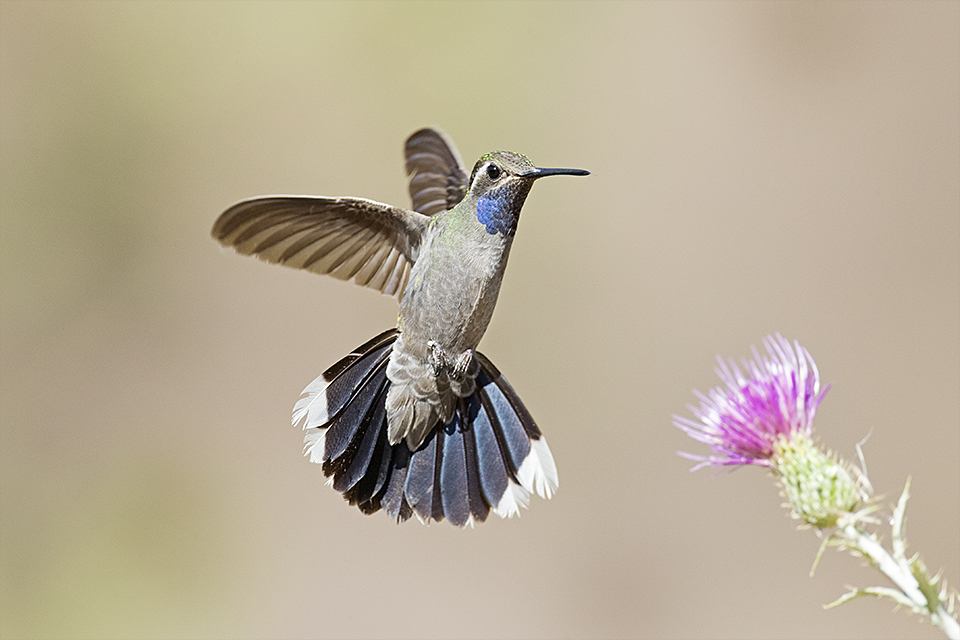
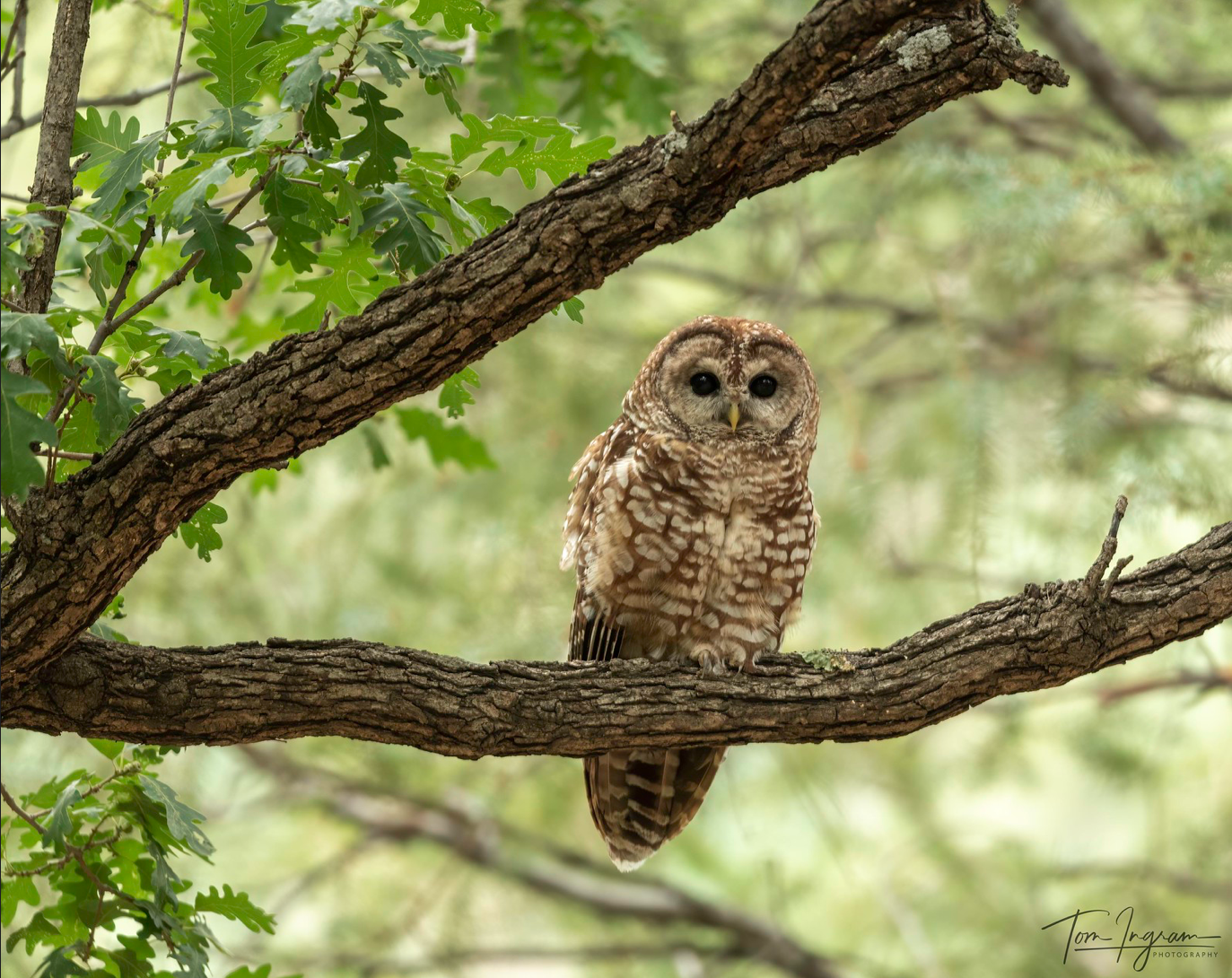
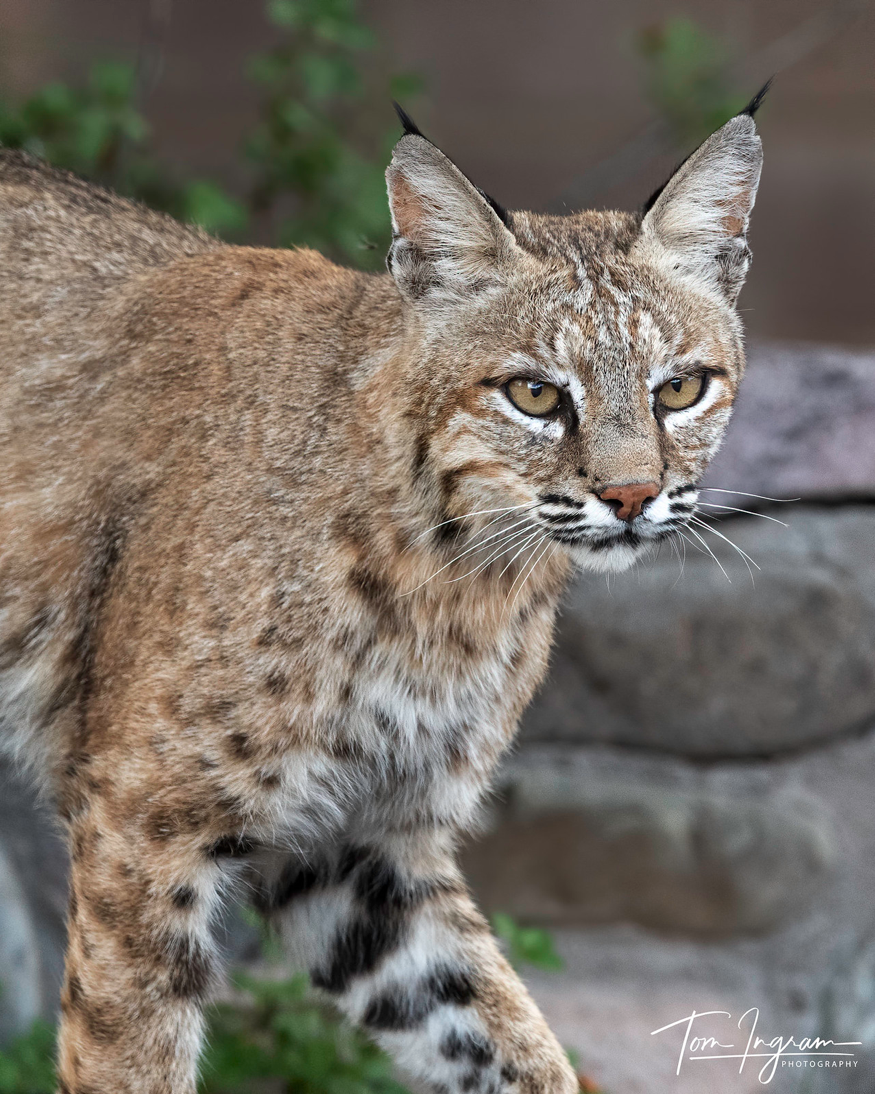
What to pack
· Boots: Hiking boots and comfortable socks.
· Clothes: Medium color short sleeve shirts are good. White shirts can scare birds, black shirts are too hot. For pants, I never wear shorts in case I brush up against a cactus or encounter biting insects. We won't be doing much off-road, and I'll be the one bush-wacking to set up perches, so shorts aren't out of the question if you prefer to pack a pair or two. I won't bring any myself.
· Jacket: if you bring a jacket at all, only a light weight rain jacket is useful. I won't bring one myself. A small compact umbrella may be more useful than a jacket. If rain is steady, we probably won't be photographing. A light drizzle sometimes can be manageable though.
· Hat: At least a baseball cap will help thwart the sun when we are not photographing in the canyon forests.
· Sunscreen - always a good idea in Arizona, especially if you are a pale white boy like me.
· Camera Gear. Bring your longest lens, a landscape lens, and only if you have room something in the 200 – 400mm range. Mid range lenses will likely only be used for grab-and-go landscape work, which is not the focus of this trip. Bring a tripod and tripod head for the long lenses of course. Flash can be useful to get some extra color out of the hummingbirds and to fill in some shadows.
· Vehicle Rental: Again, rent a vehicle with at least a little clearance. A standard or compact SUV would be fine but a Corolla or Mustang would probably not cut it.
Cancellation Policy: Participant will receive a full refund of their deposit minus a $250 re-listing fee if we are able to fill the cancelled space. If we are unable to fill the cancelled space, we cannot issue a refund or credit of any kind.


